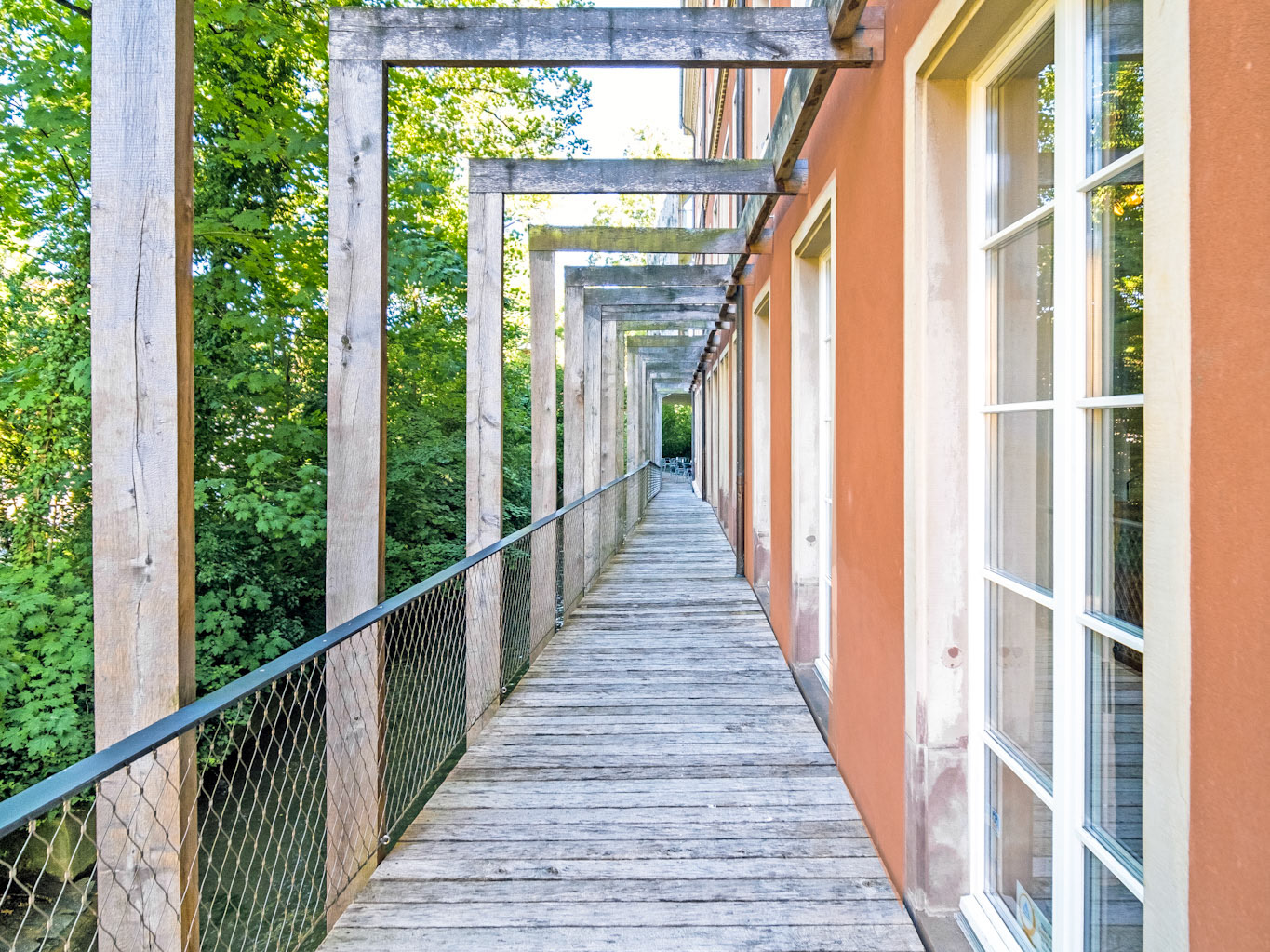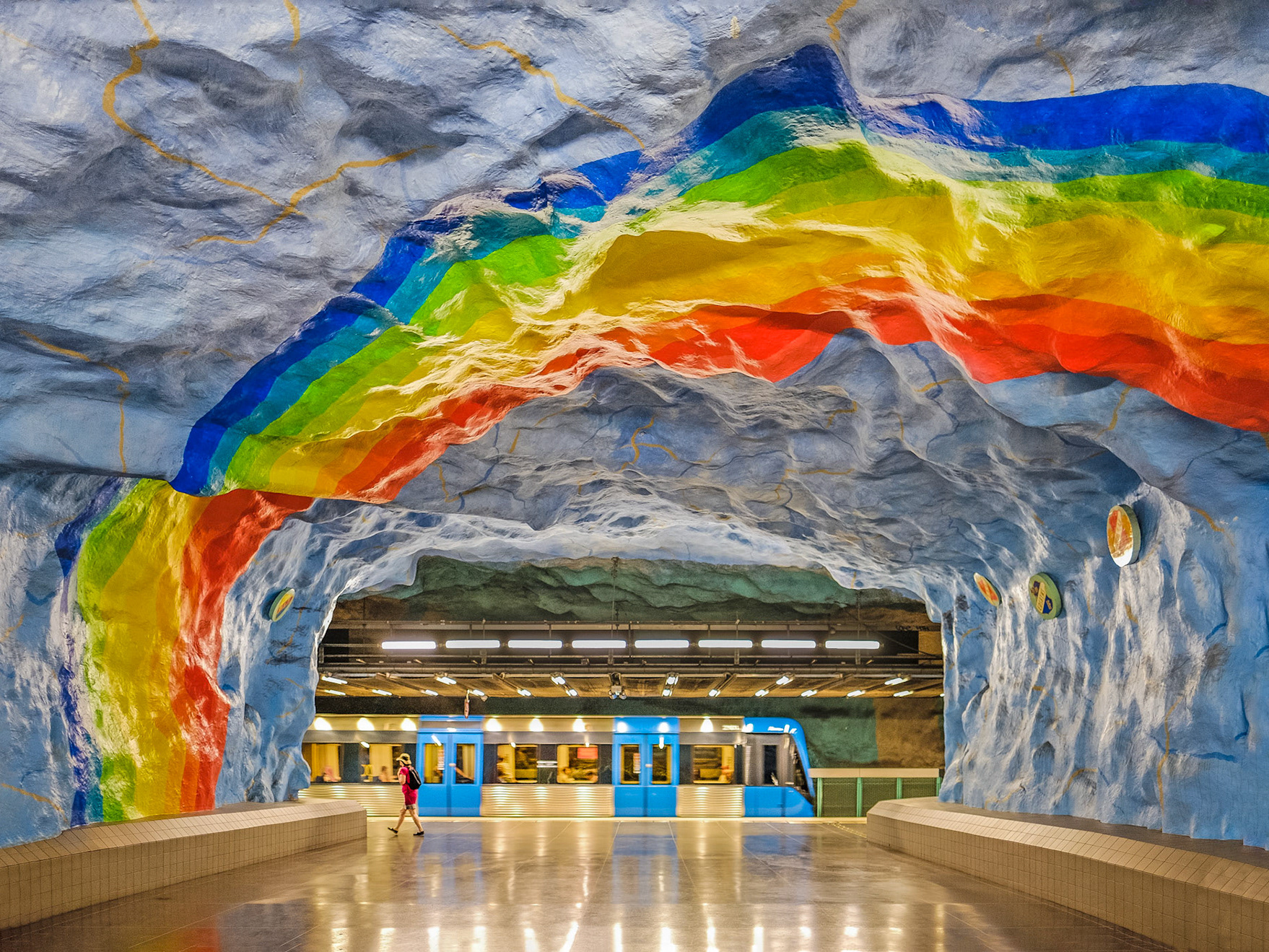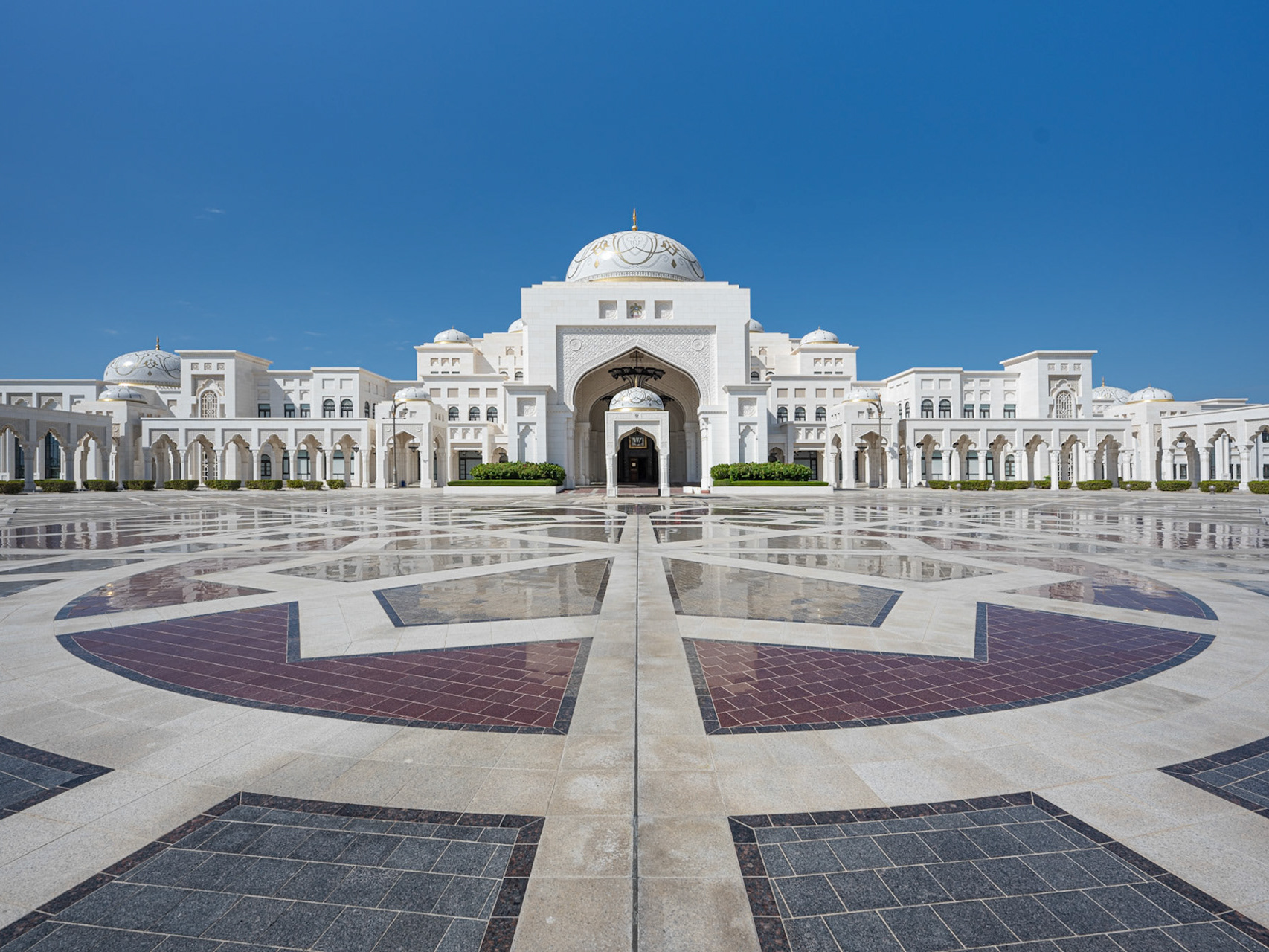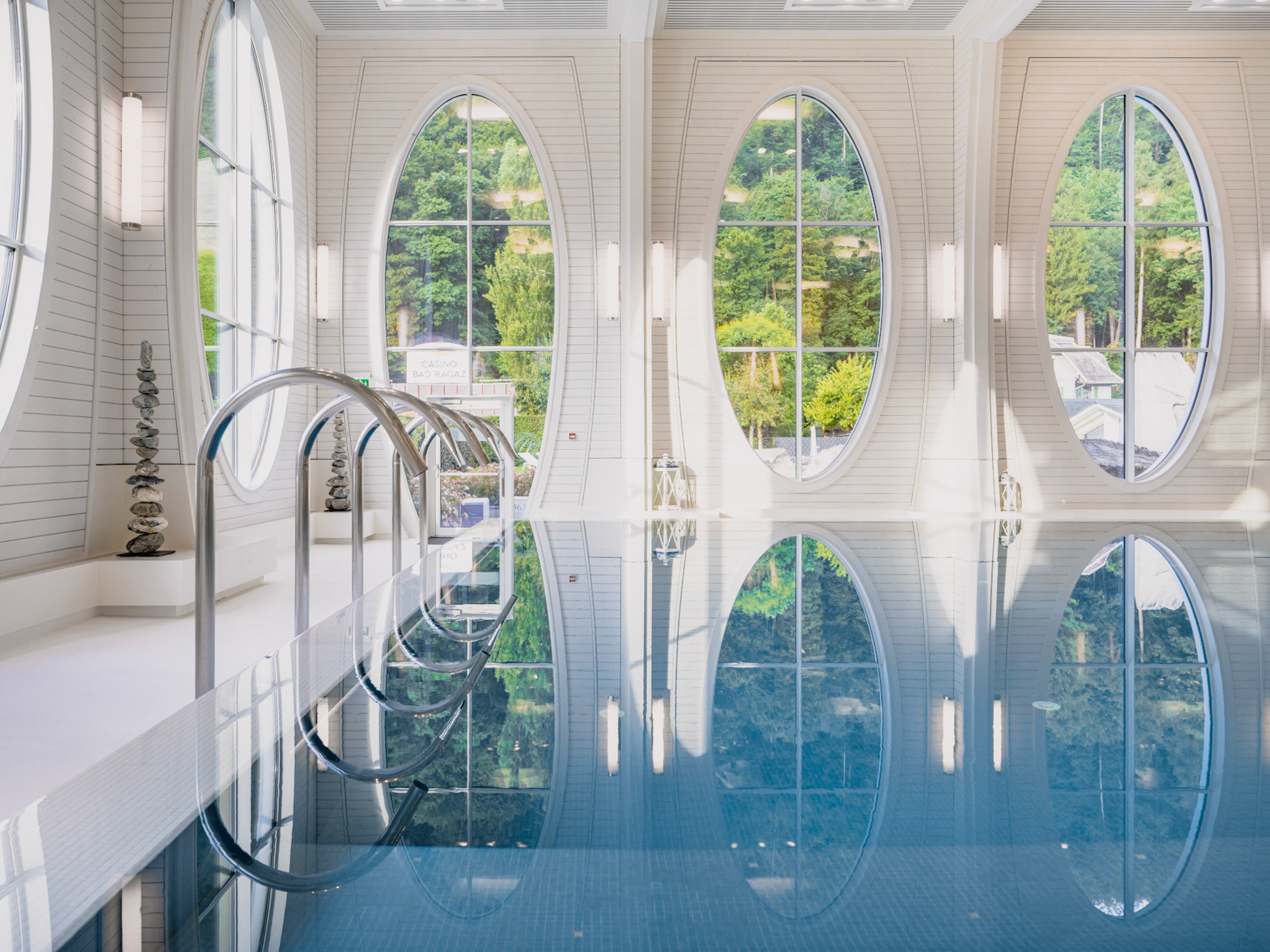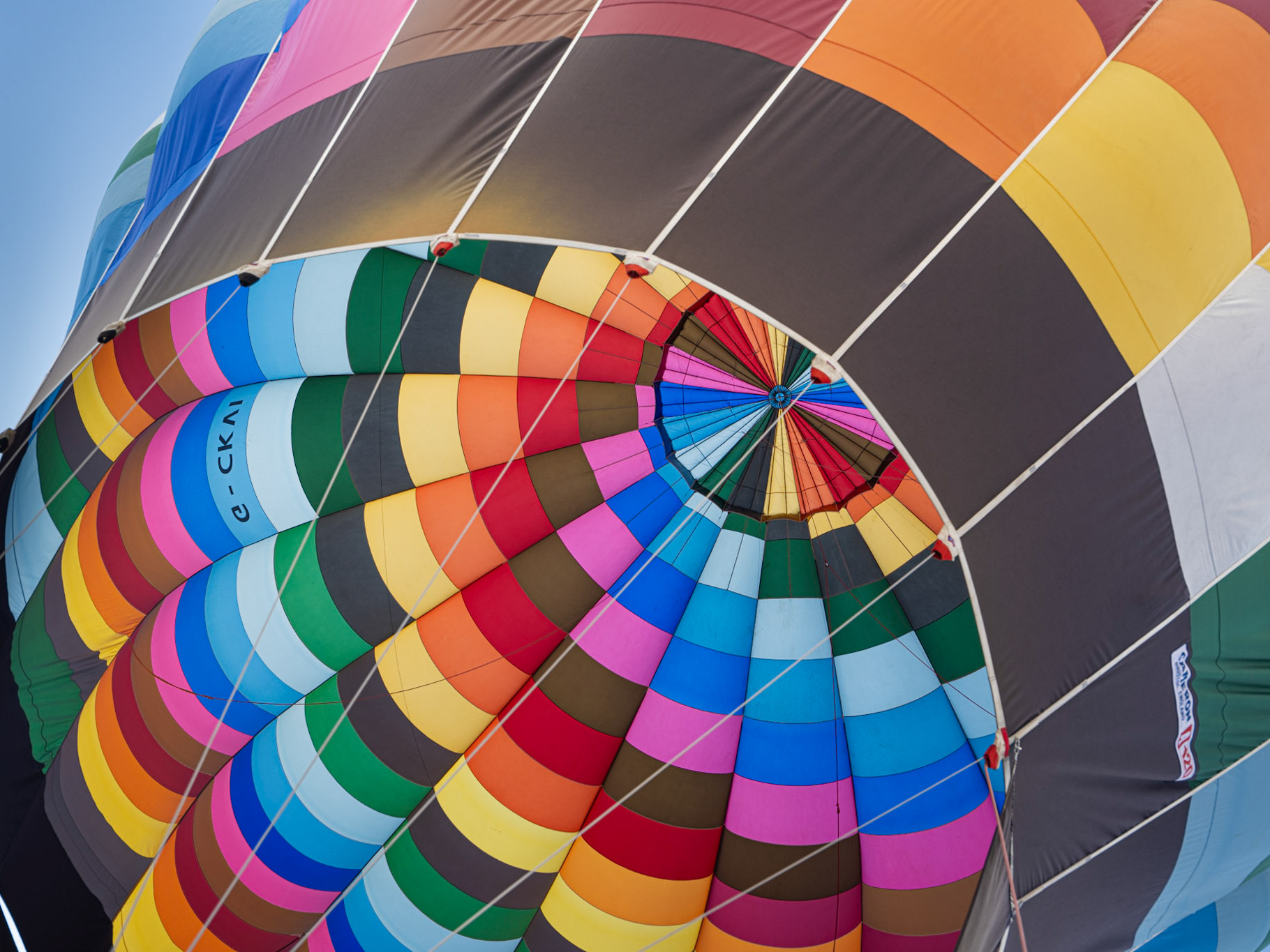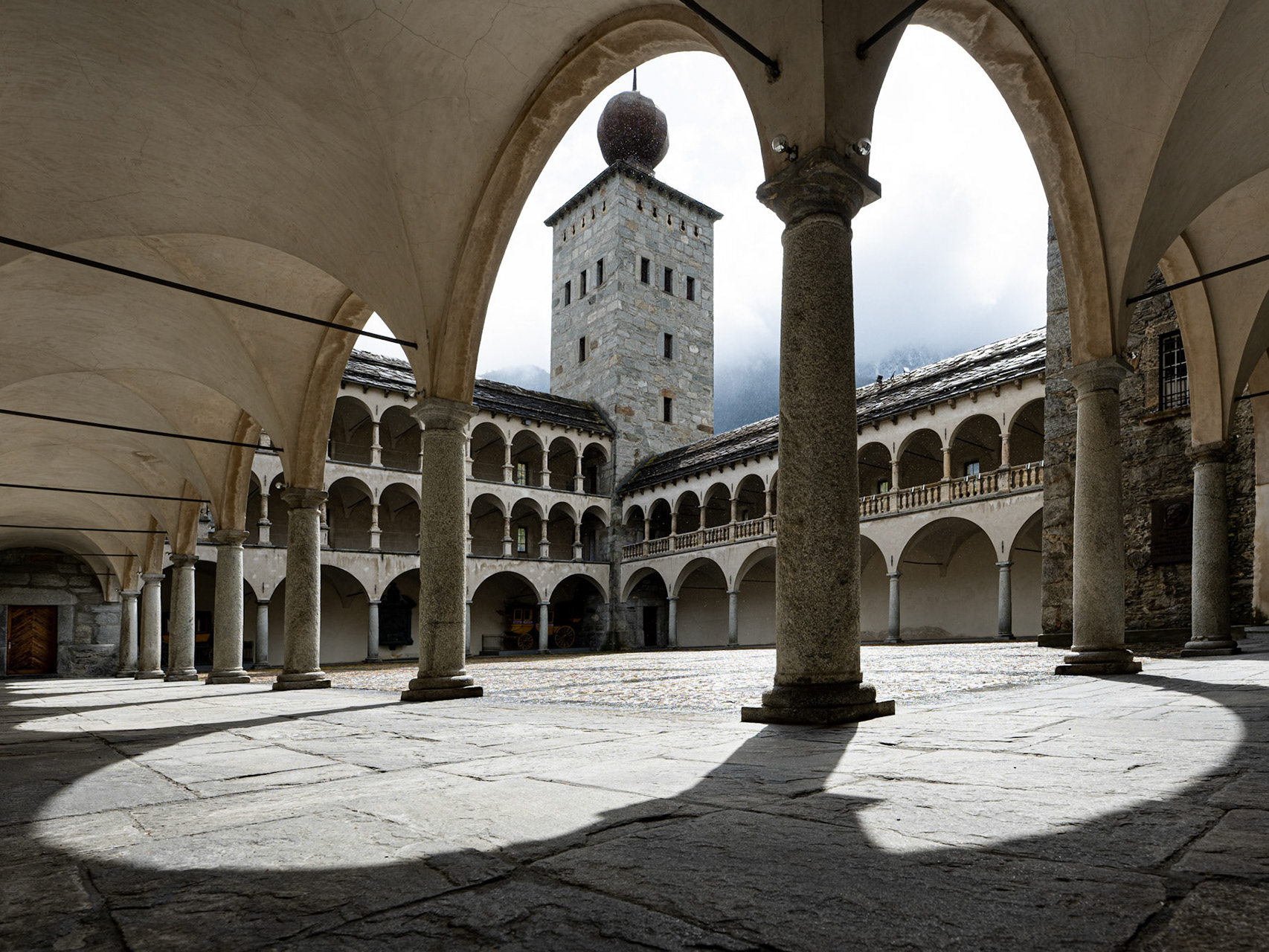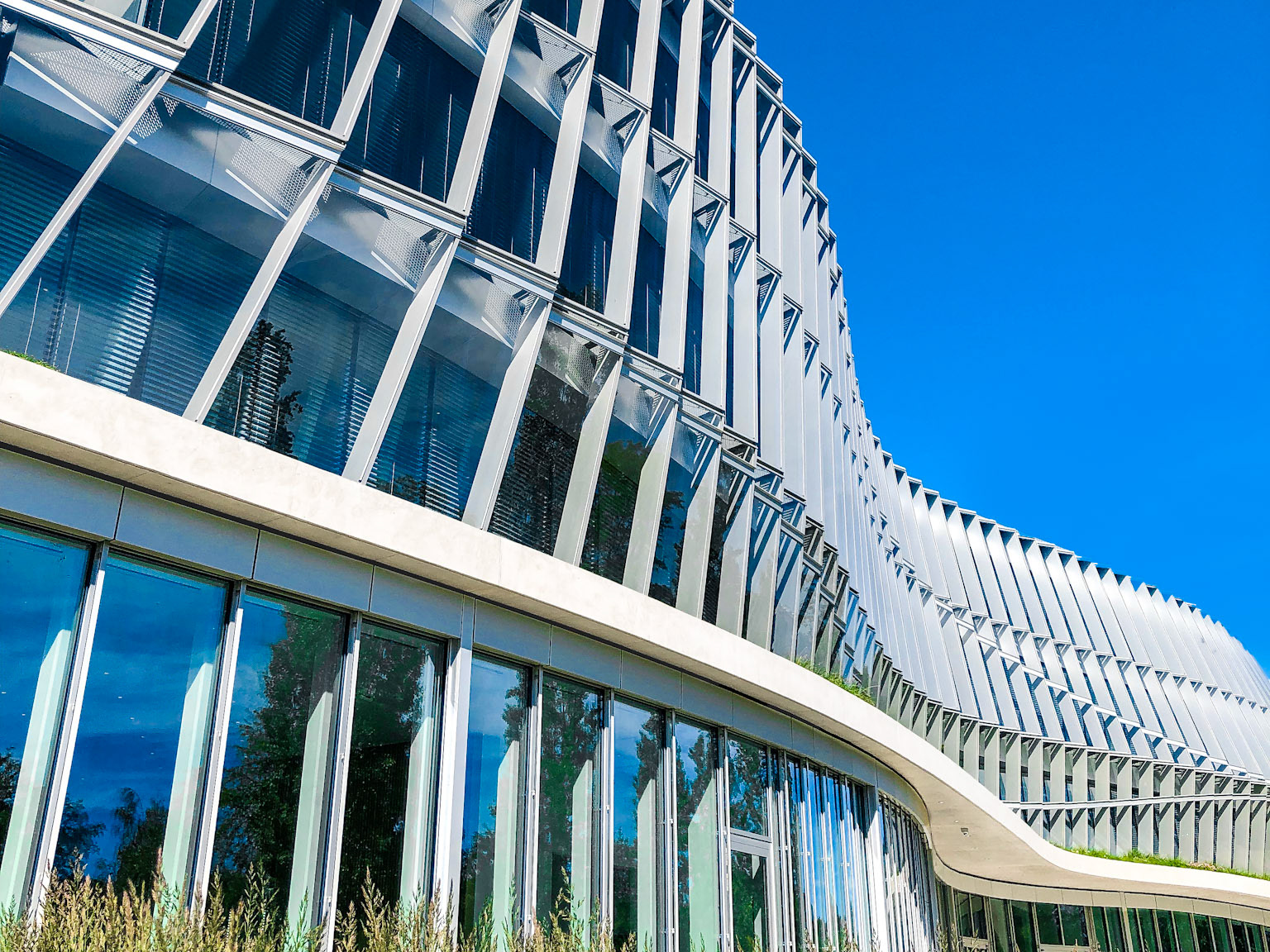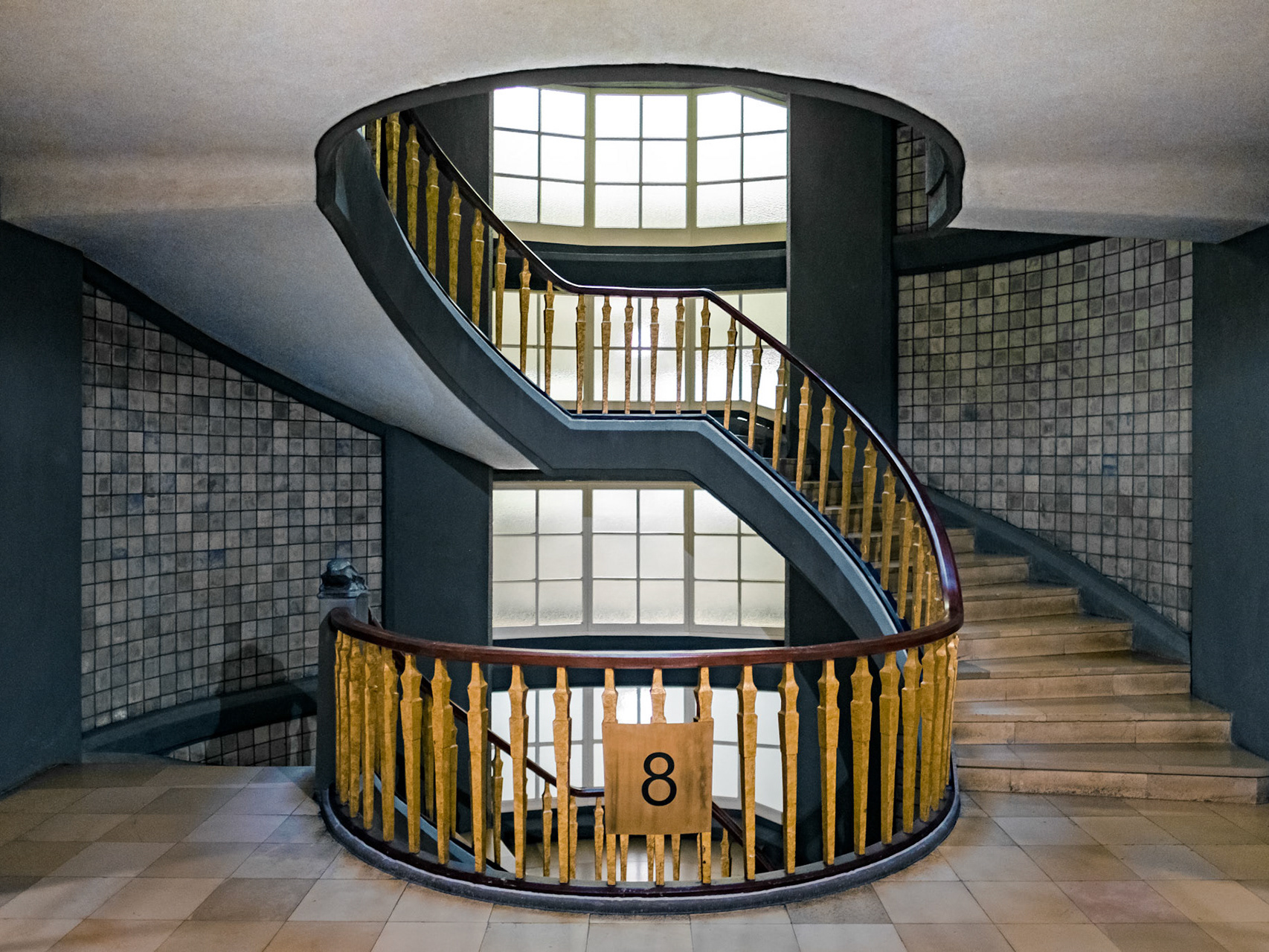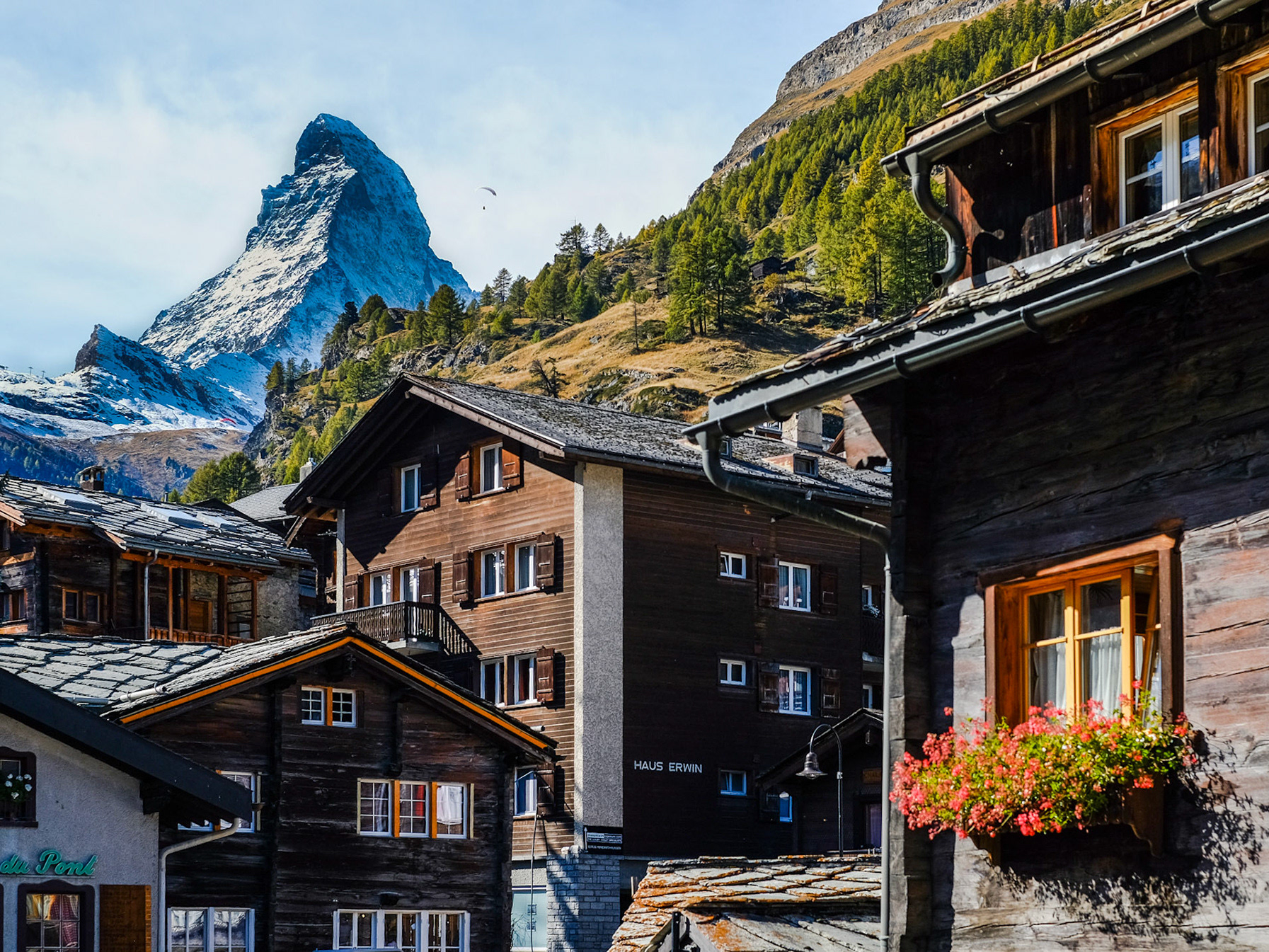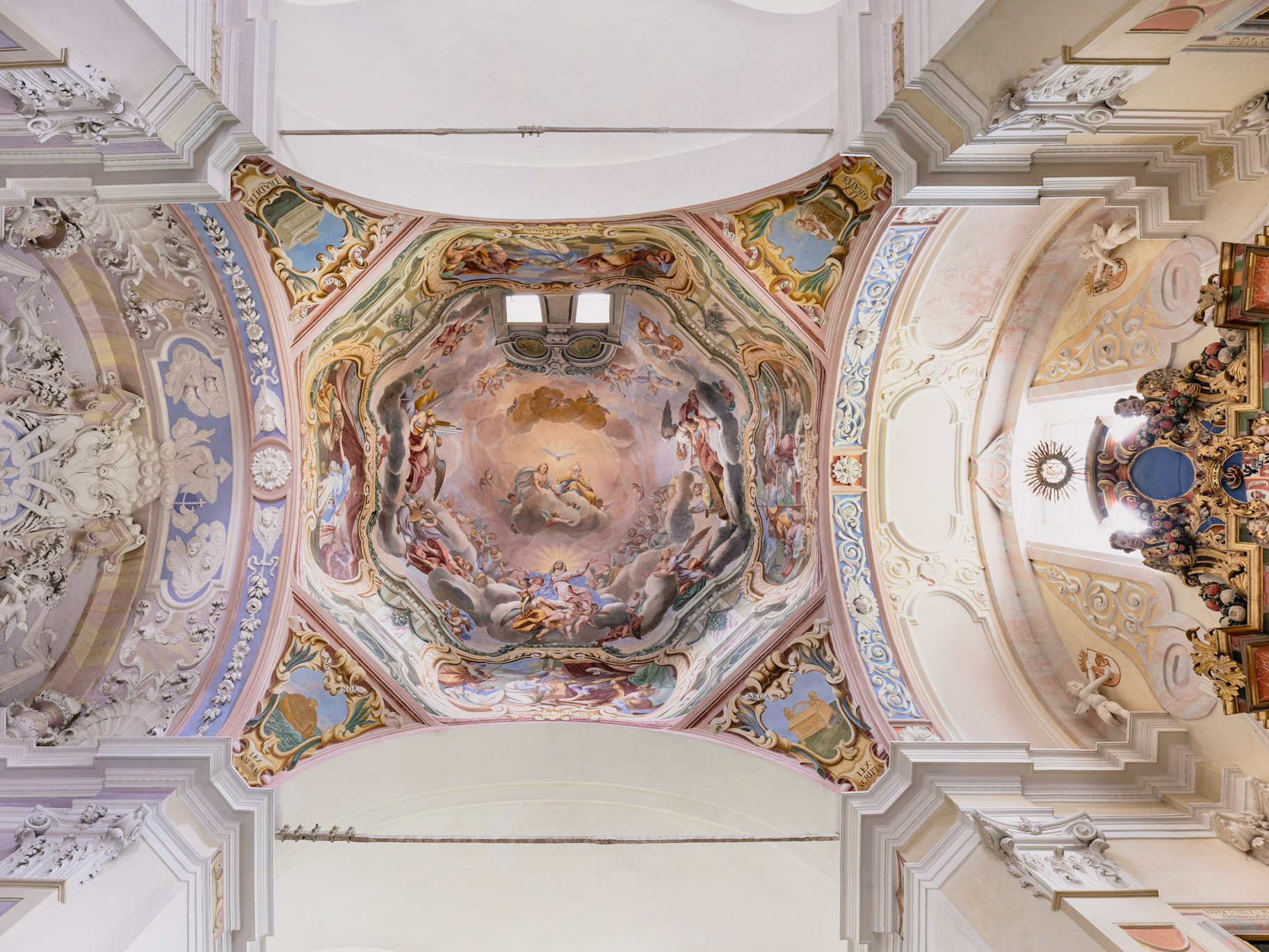We spent the last week of October in Haus am Platz in Jenaz. The weather was spectacular and we alternated between architectural discoveries and hikes in the beautiful forests.
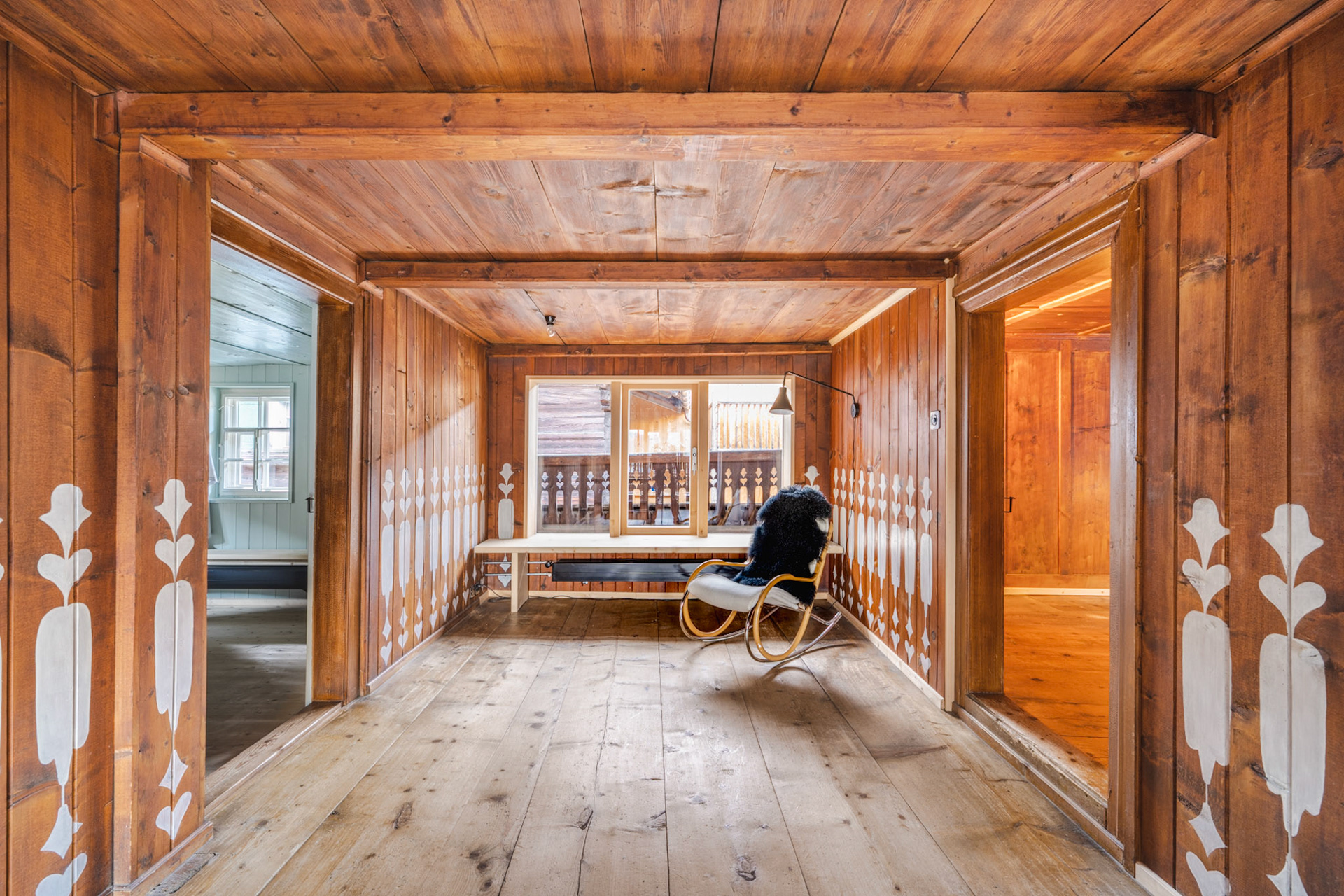
Saturday: Arriving in Jenaz
Jenaz is located in the Prättigau, a part of Northern Grisons, following the valley of the Landquart river over 40km between the towns Landquart and Klosters. About 15000 people live in the Prättigau. We had already passed here several times during our travels to the Engadin or Val Poschiavo, using the Vereina tunnel opened in 1999. Jenaz has about 1000 inhabitants and is split between the lower village with most stores, near the road from Schiers to Klosters and the historic center, 30m above it, where the Haus am Platz is found right next to the village fountain.
Haus am Platz
After a fire in 1726, Haus am Platz was built by the Zingg family in 1728. Christian Zingg was the village doctor and successfully promoted the construction of Bad Jenaz after the neighbouring village of Fideris had already achieved great fame with its baths. Bad Jenaz was enlarged in 1766 to accommodate 130 guests, was in operation until the fire of 1834 and was then demolished. The fountain can still be visited today though on a hike. Haus am Platz was acquired by a local couple of architects in 2017 and gently restored. Ornamental friezes with house inscriptions still adorn its facade today, almost 300 years after its construction. The views from the windows in all the rooms were great.
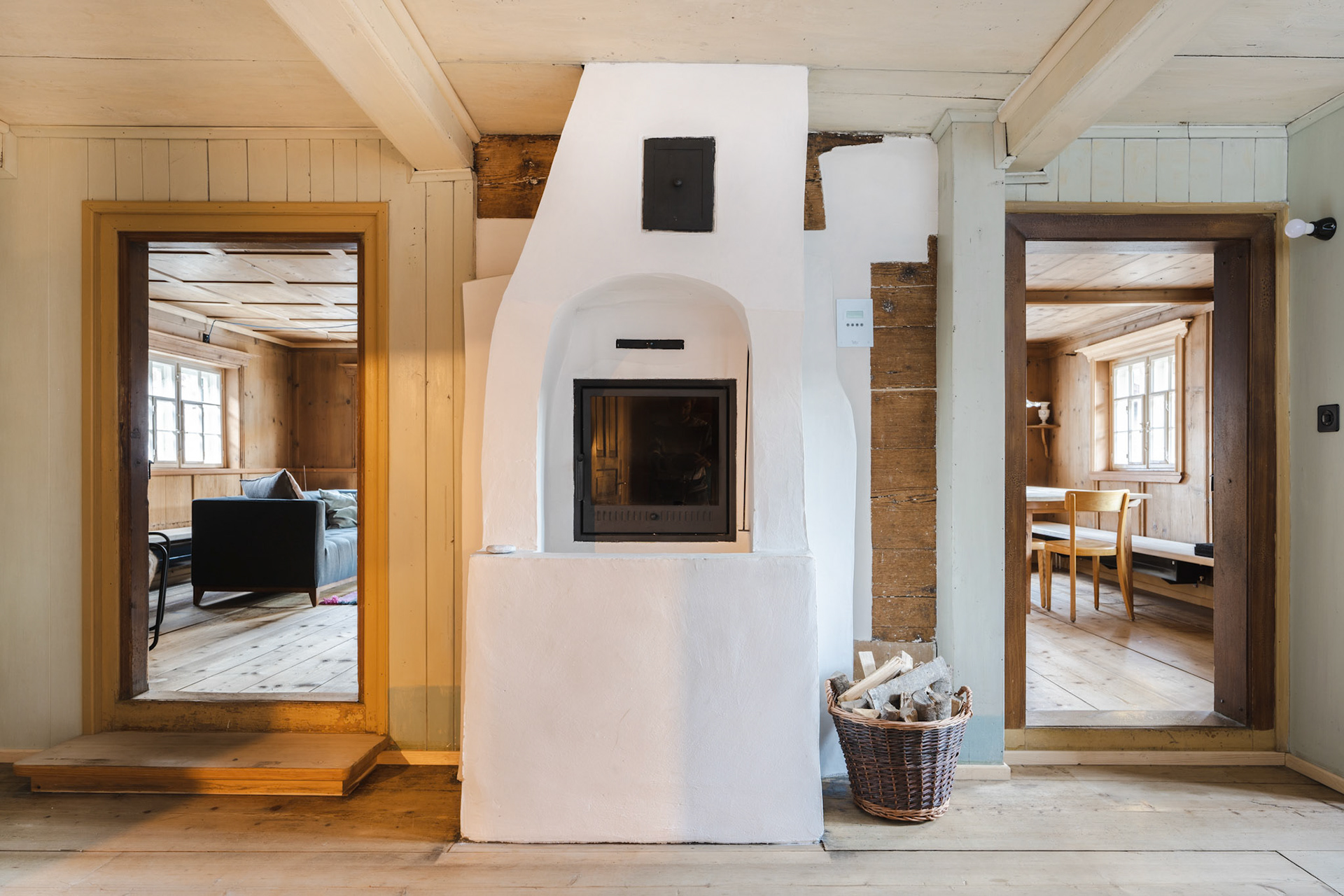
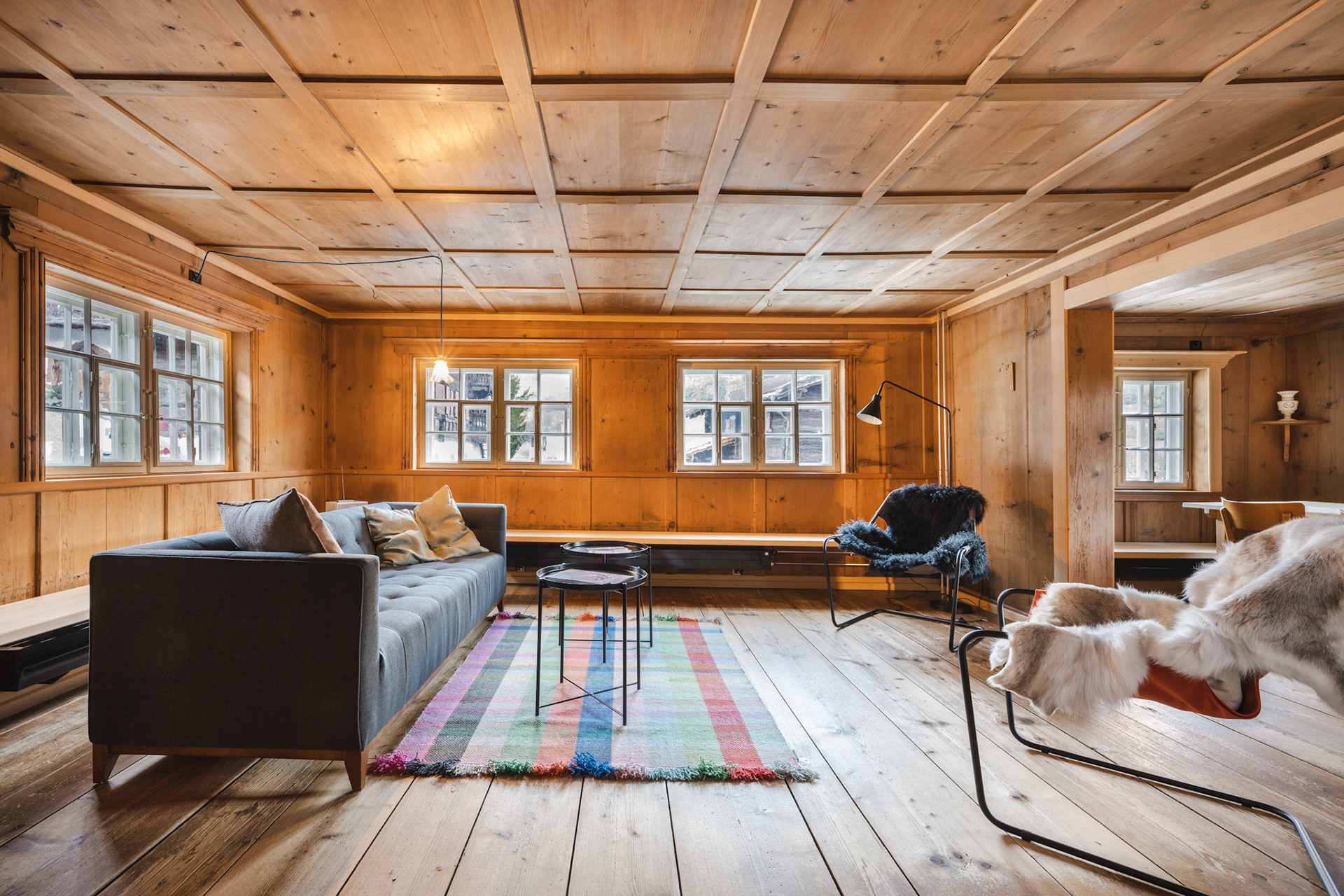
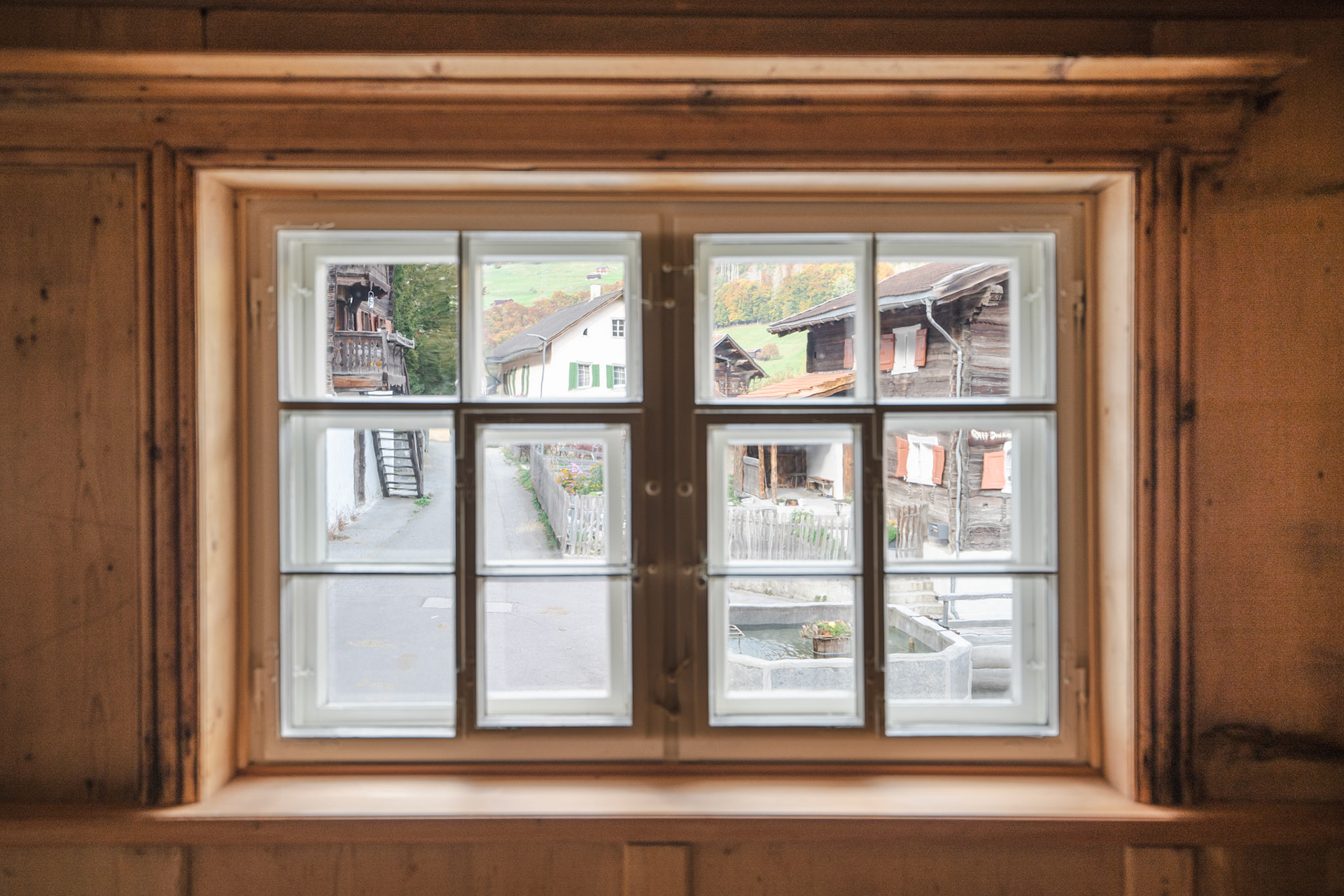
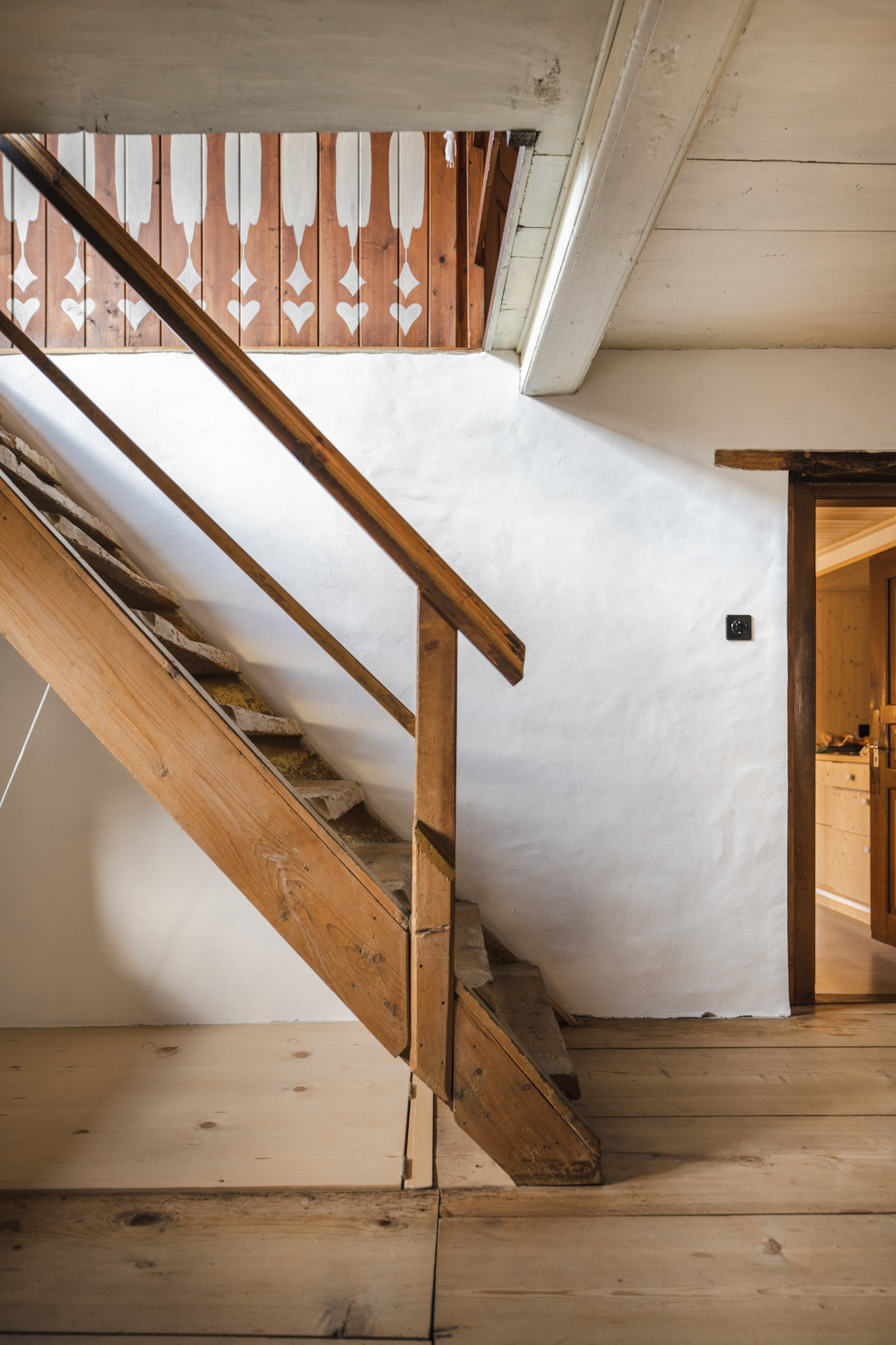
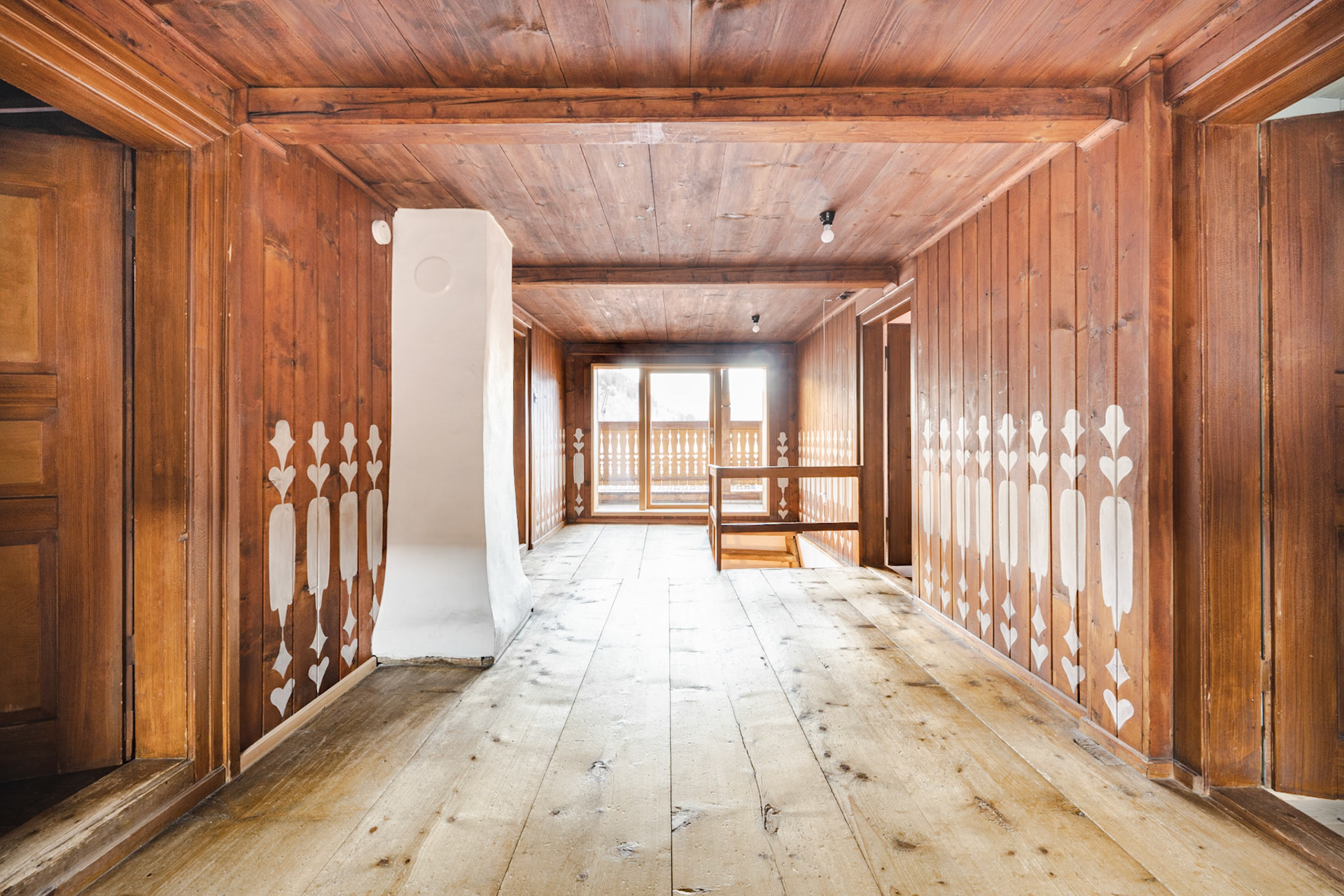
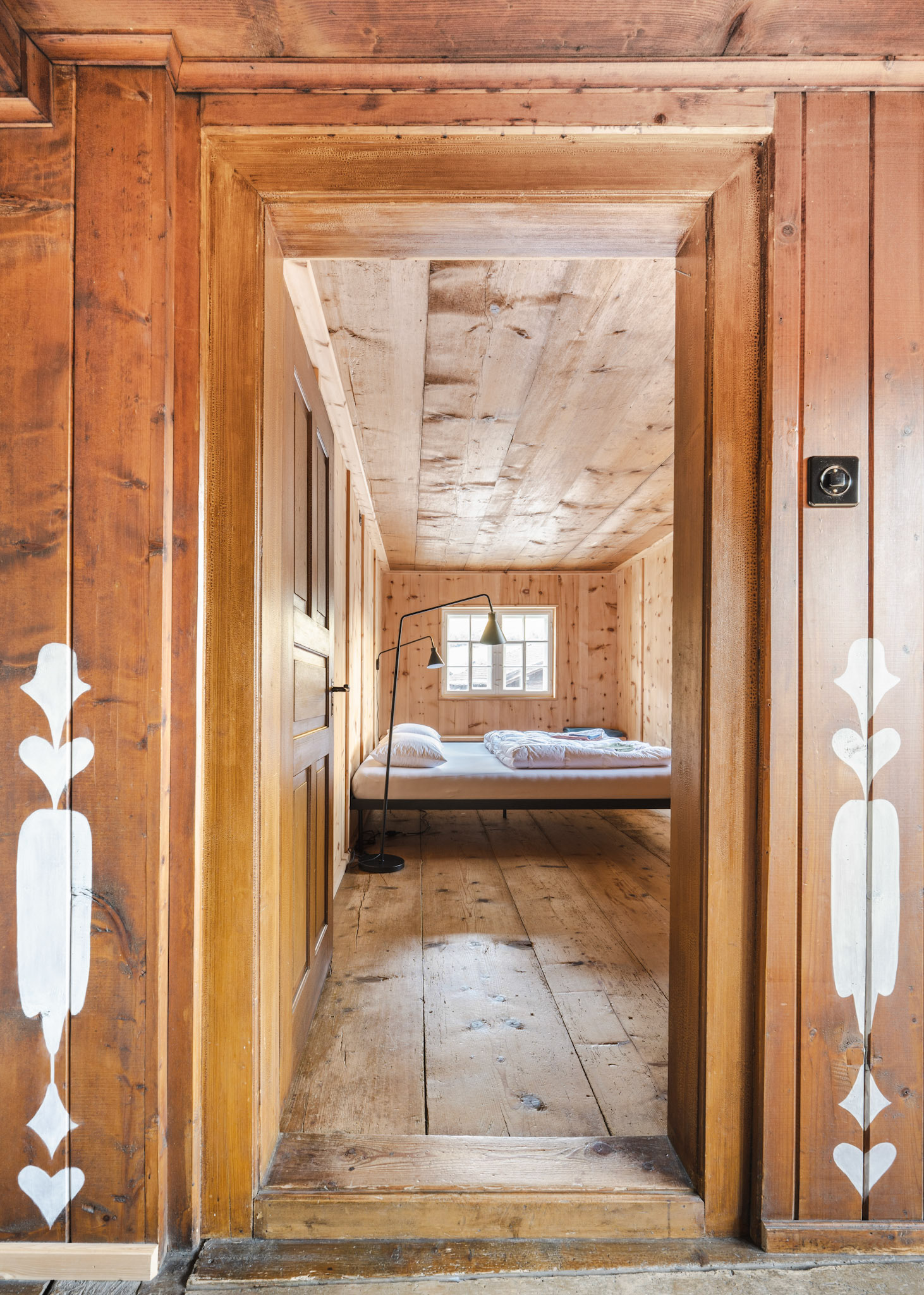
The soft renovations of the house made it very easy and nice to live in. The huge dining room table was great to play some board games. Right next to the entrance was a room where we could leave our hiking backpacks and coats, leaving the living spaces uncluttered. The former stable right next to the house was transformed into a covered outdoor space, with a swing that the kids loved. For the parents, the induction stove made preparing our morning coffee a breeze.
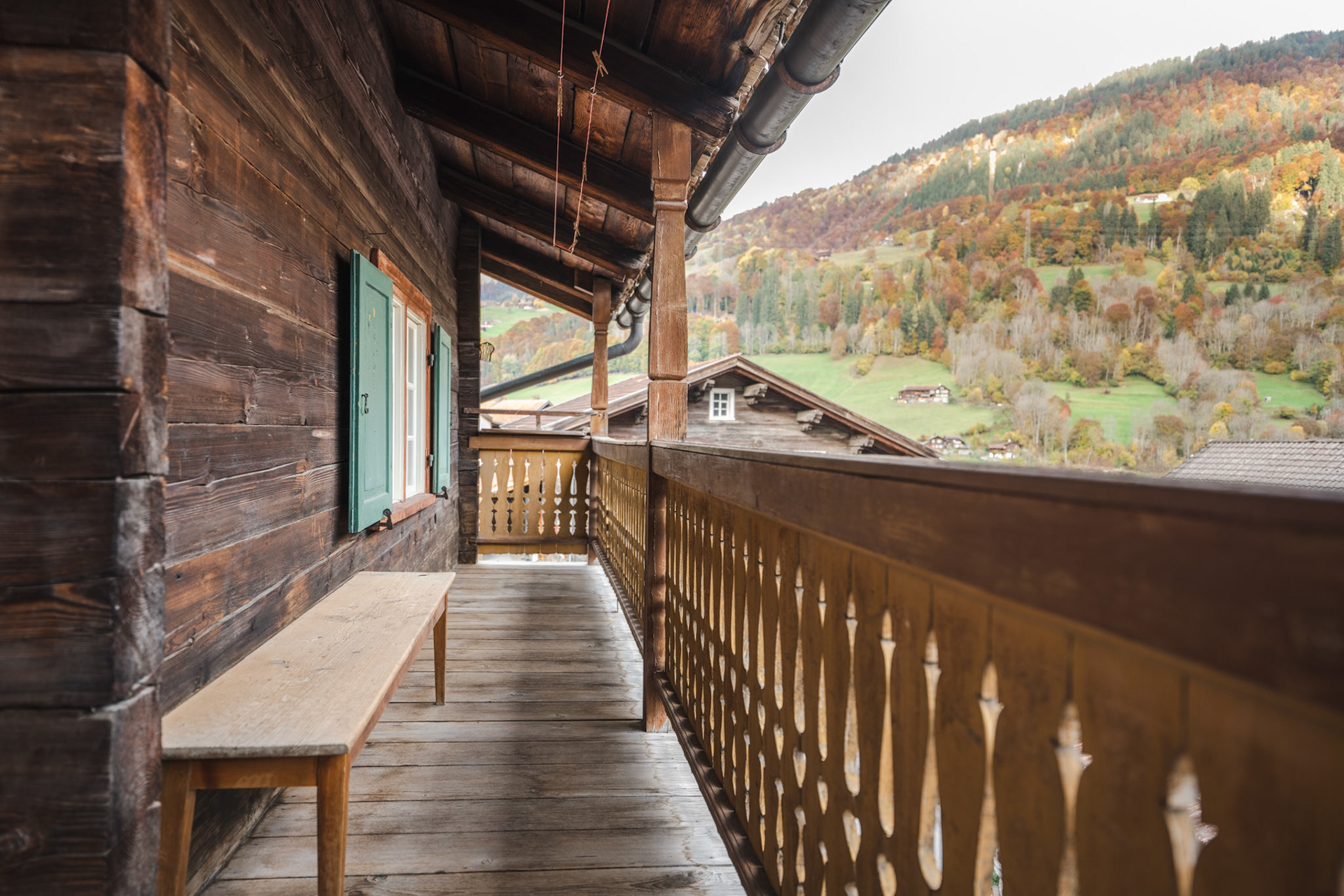
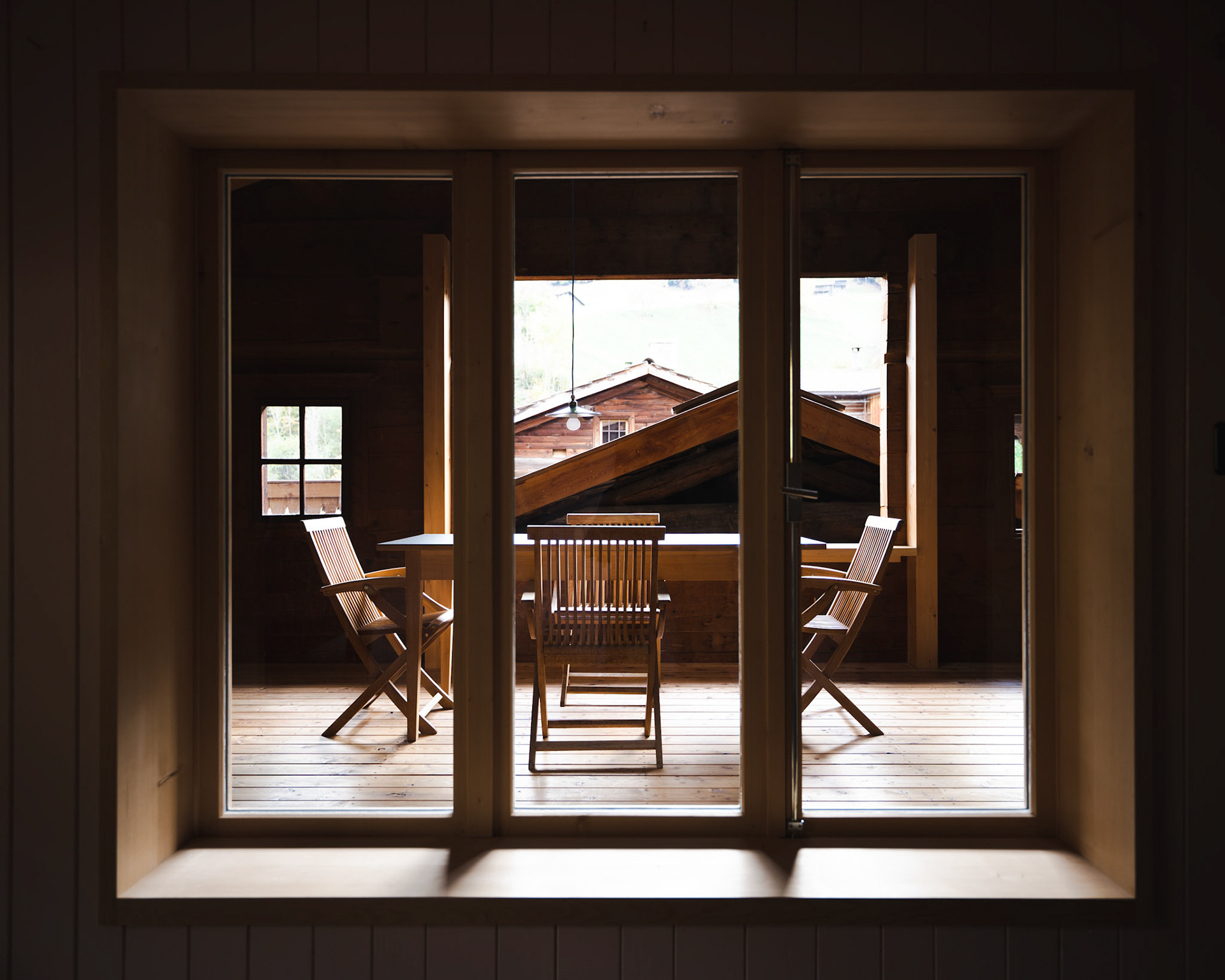
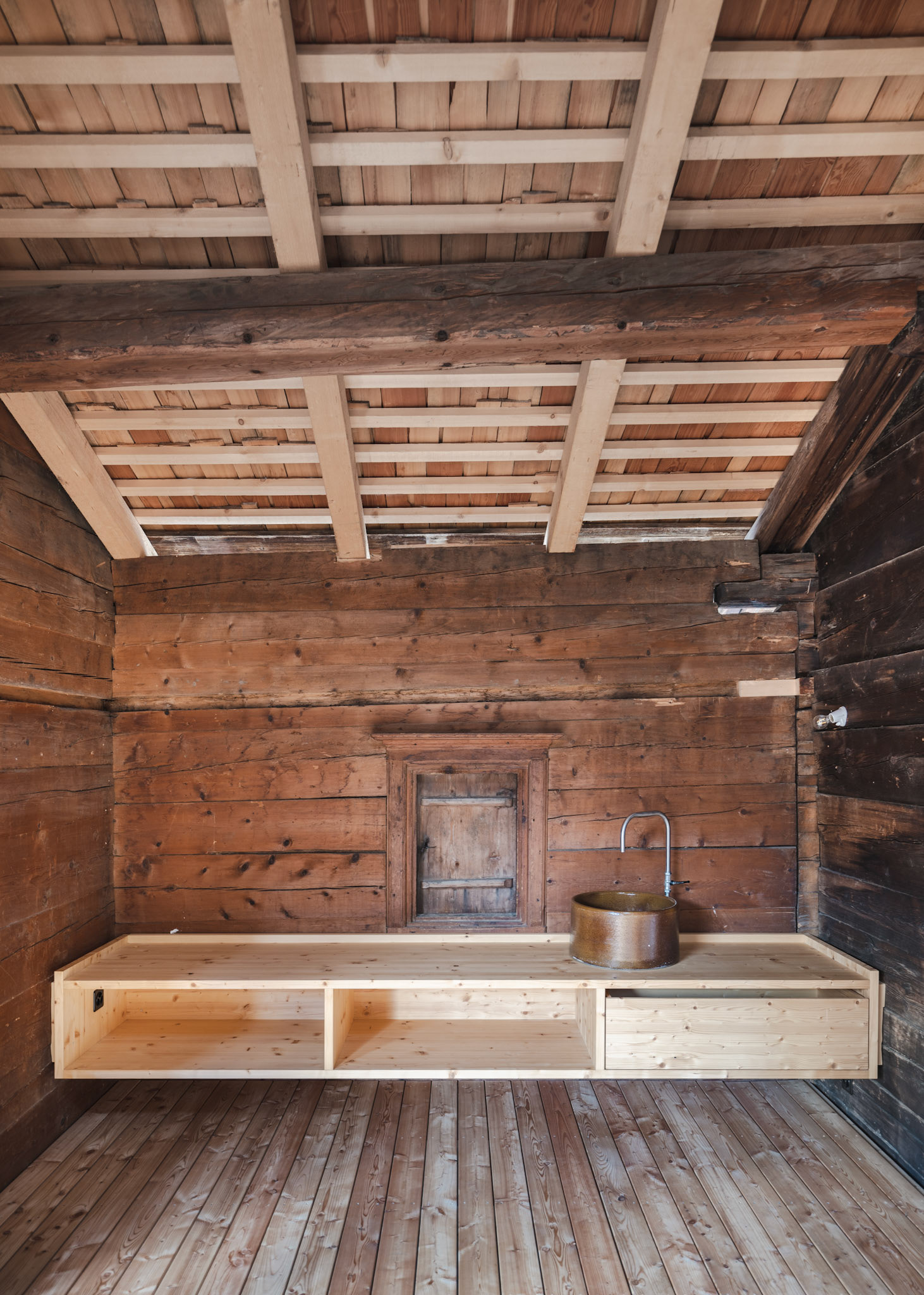
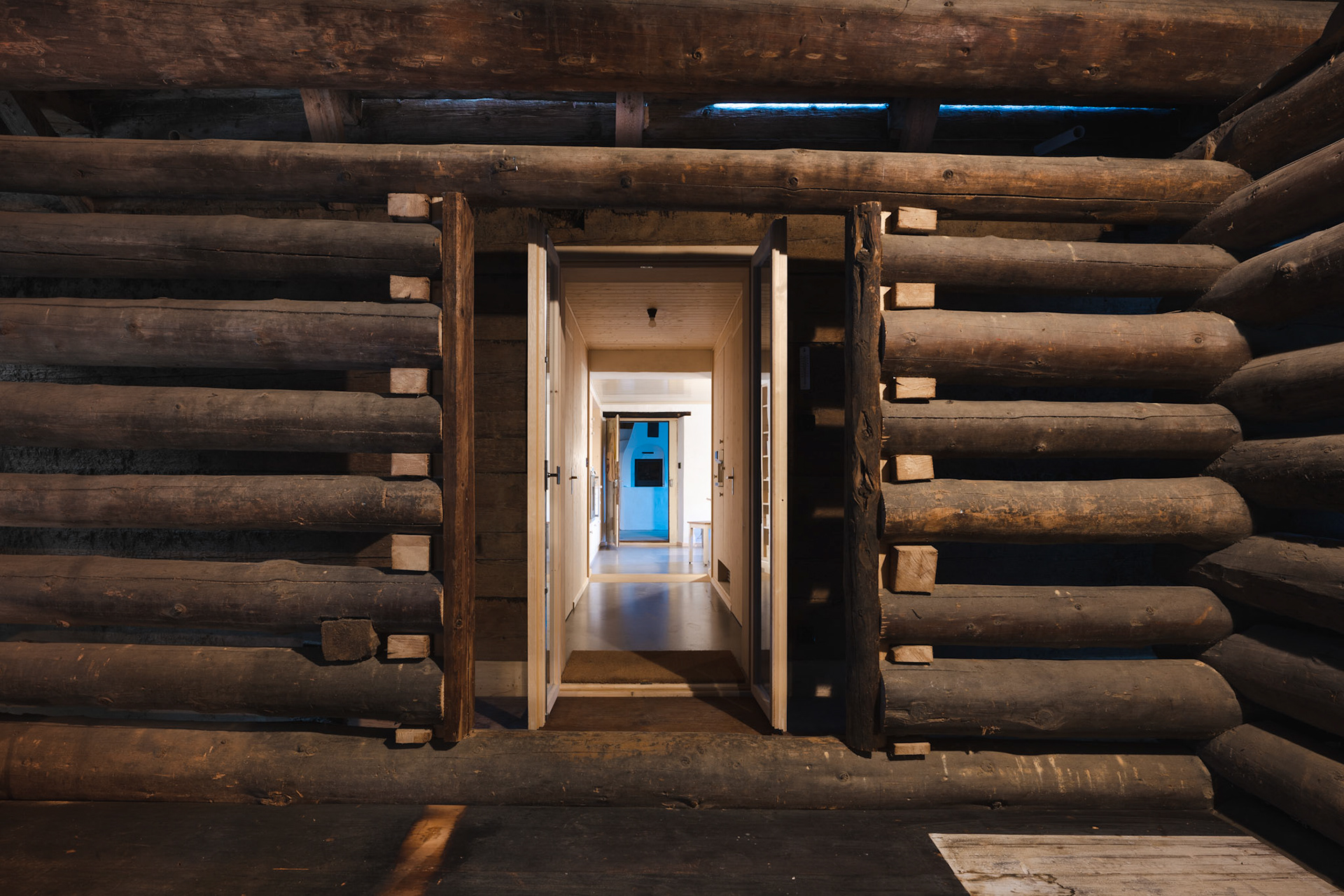
The local bakery was a few minutes walk from the house and had spectacular bread and rolls every morning, as well as delicious local cheese.
With its good road connection (the highway in Landquart is only a 15min drive away), Jenaz was a great place to discover the surroundings.
Sunday: Laax and Flims
After arriving on Saturday afternoon, we went to Laax to take in the fall colours on our first day.
Senda dil Dragun
The Senda dil Dragun in Laax is the world's longest treetop walk and allows strolling through the forest canopy for about 1.5K. The entrance tower even has a big spiral slide winding around it that’s included in the kid’s entry ticket.
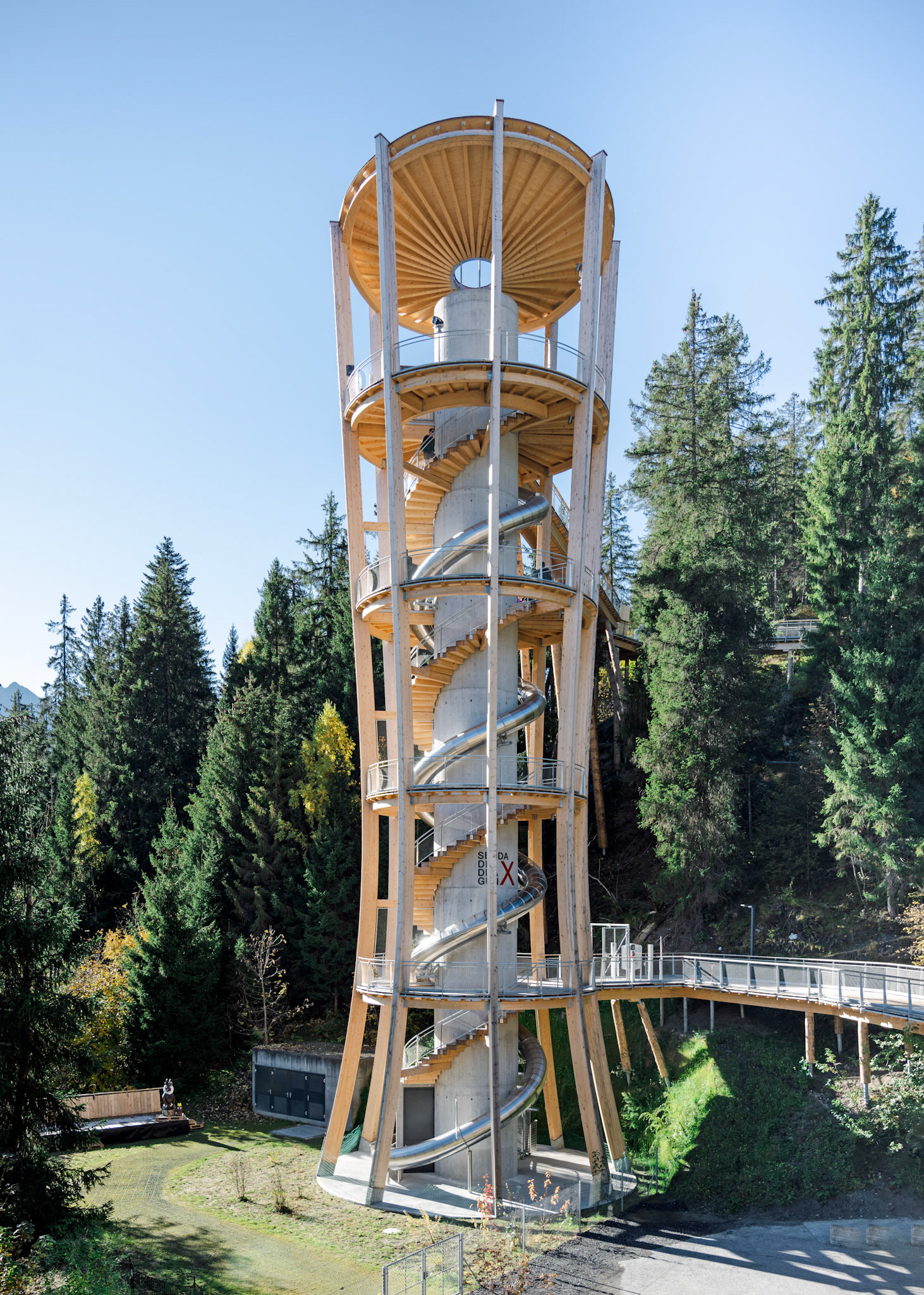
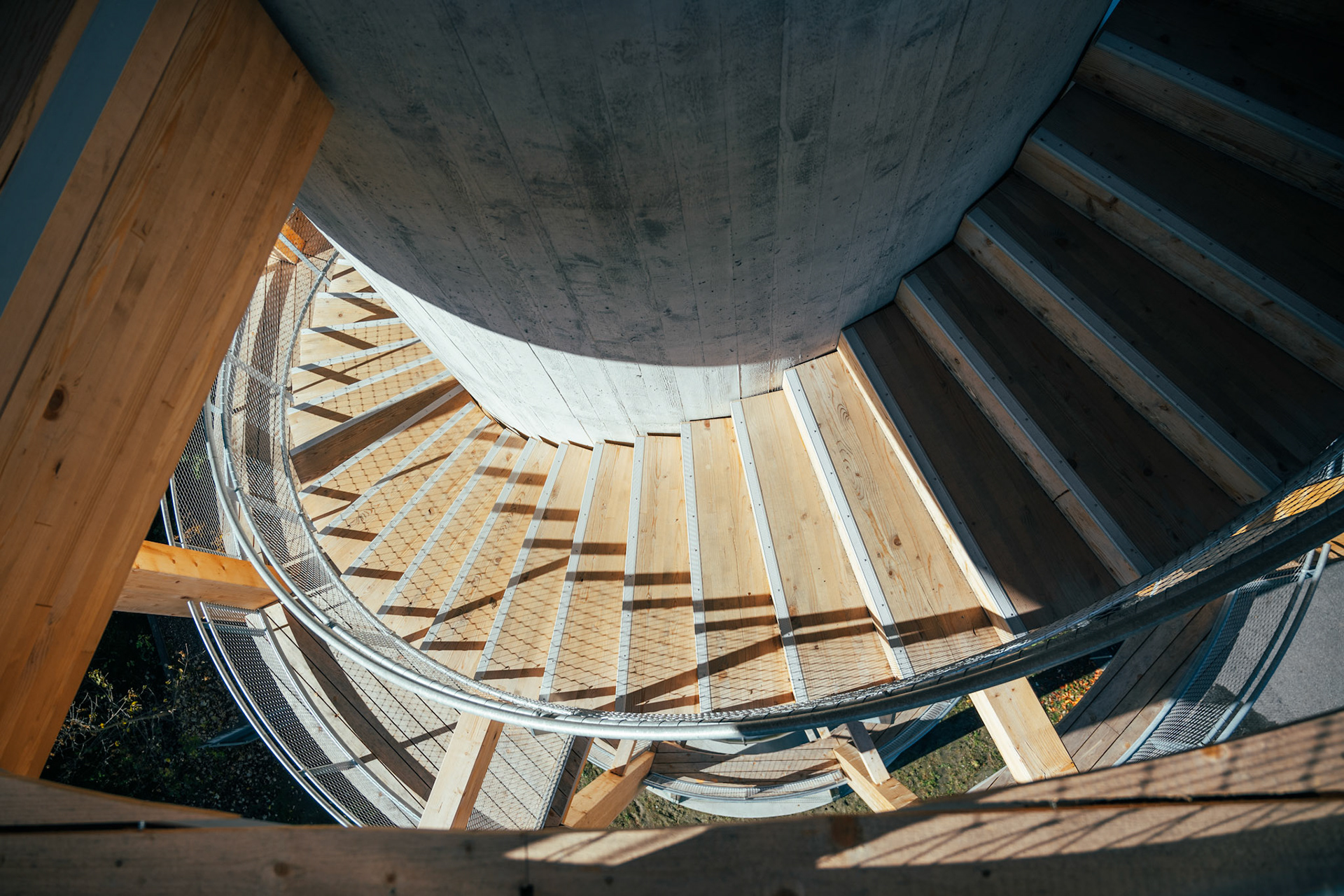
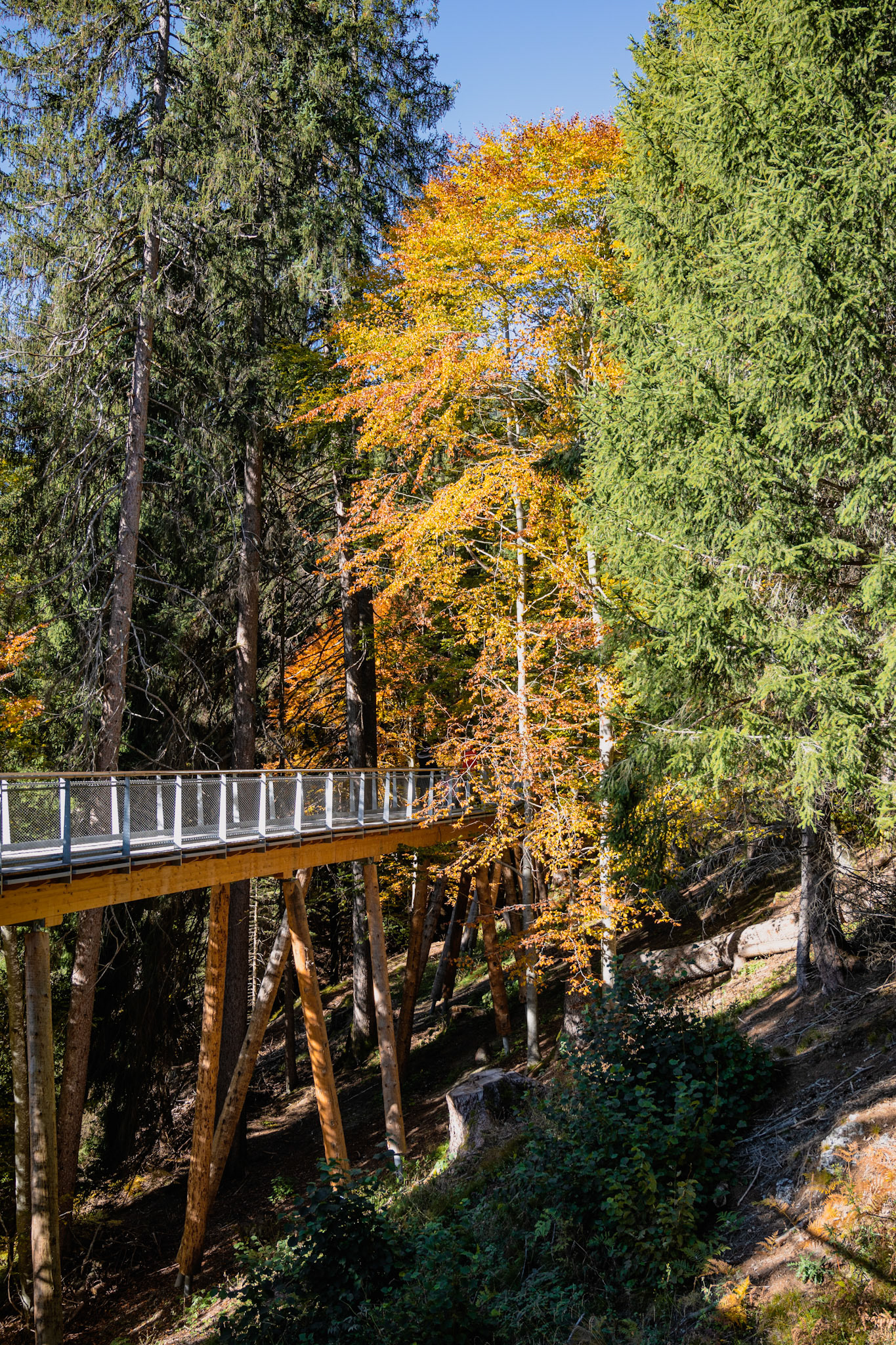
Crestasee
After having visited Caumasee last spring, we decided that we wanted to see Crestasee this time around. The official instructions sent us to Trin Mulin for parking, but unfortunately, the parkings there were closed that day. So we went back and parked in Flims which made for a slightly longer walk to Crestasee, but again through beautifully fall coloured forest. A feast for the eyes!
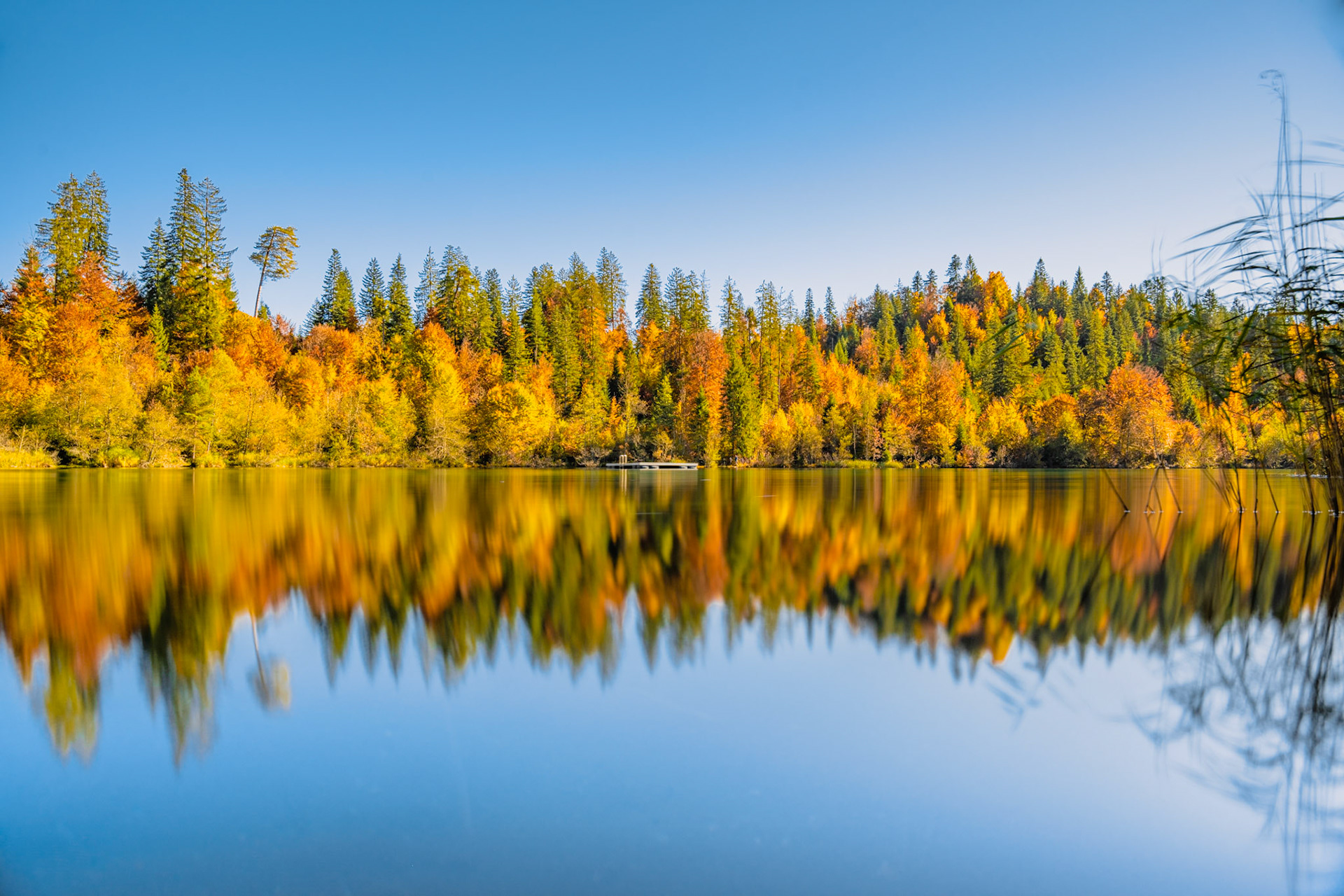
Monday: Modern architecture in Liechtenstein
Liechtenstein, Europe's fourth-smallest country, is a half hour drive from Jenaz. While, until the end of World War I, Liechtenstein was closely tied to the Austrian Empire, it is now in a customs and monetary union with Switzerland. Downtown Vaduz can easily be explored by foot and there are many interesting buildings. A map outlining them is available from the Tourism office.
Parliament building
The Parliament Building of Liechtenstein (Landtag) in Vaduz was designed by the Hansjörg Göritz architectural studio from Hanover and inaugurated in 2008. Around a million yellow bricks were used to build the three story “Long house”, the two story “High house” and the “Joining house” connecting them. On the ground floor of the two story “High house” is the entrance foyer, called the Hall of Pillars. The second floor consists of the 19m high Plenary Chamber for the 25 members of Parliament.
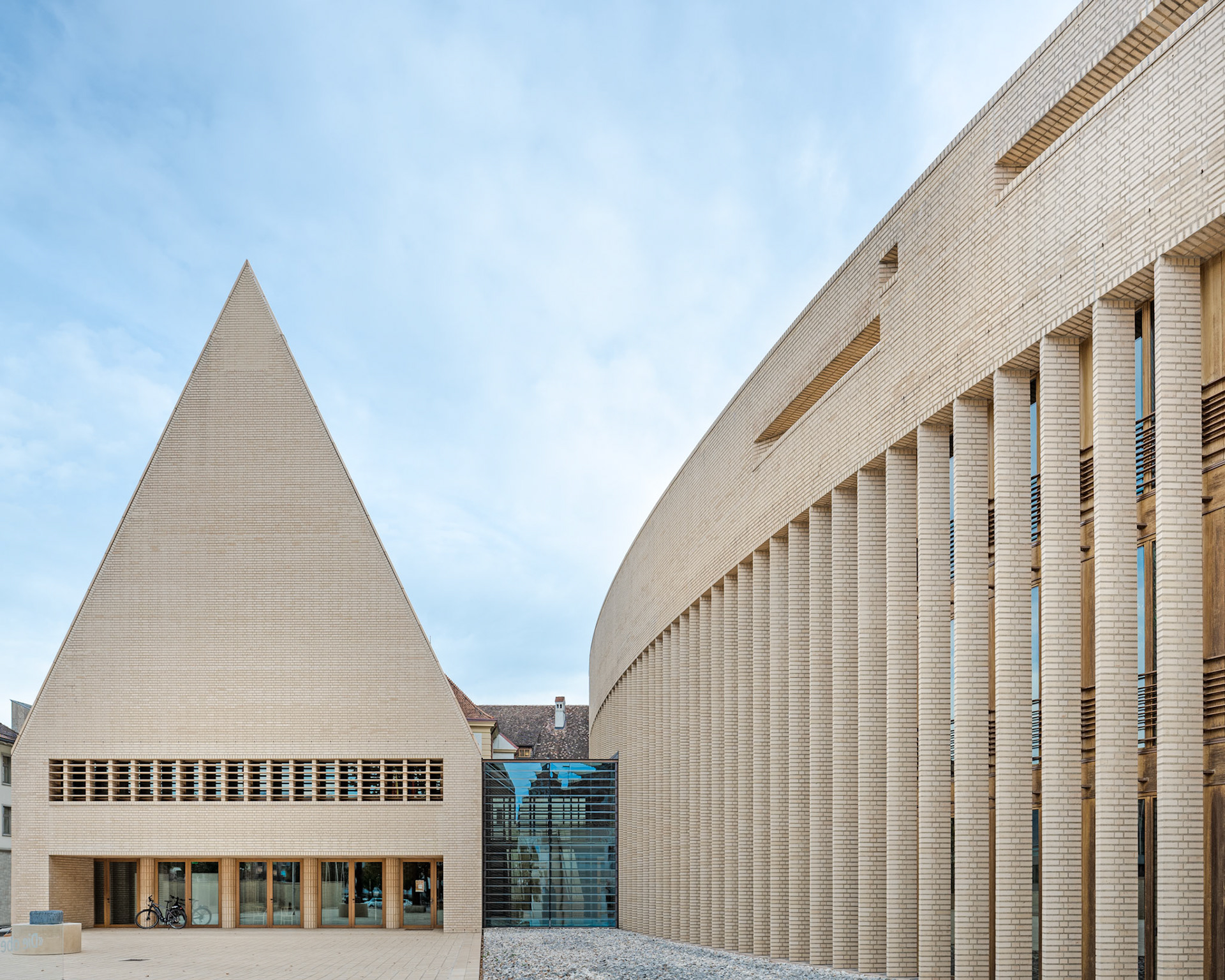
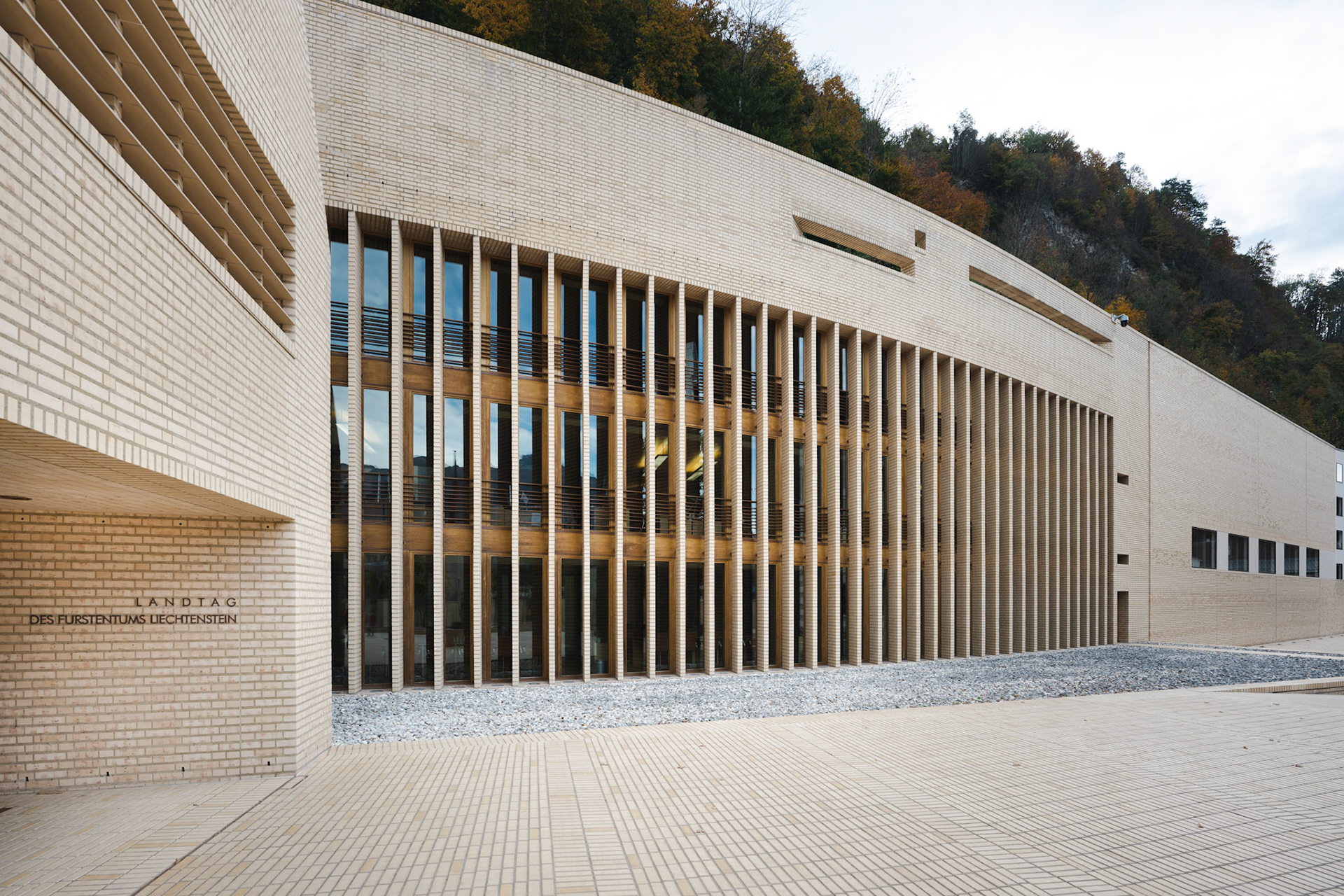
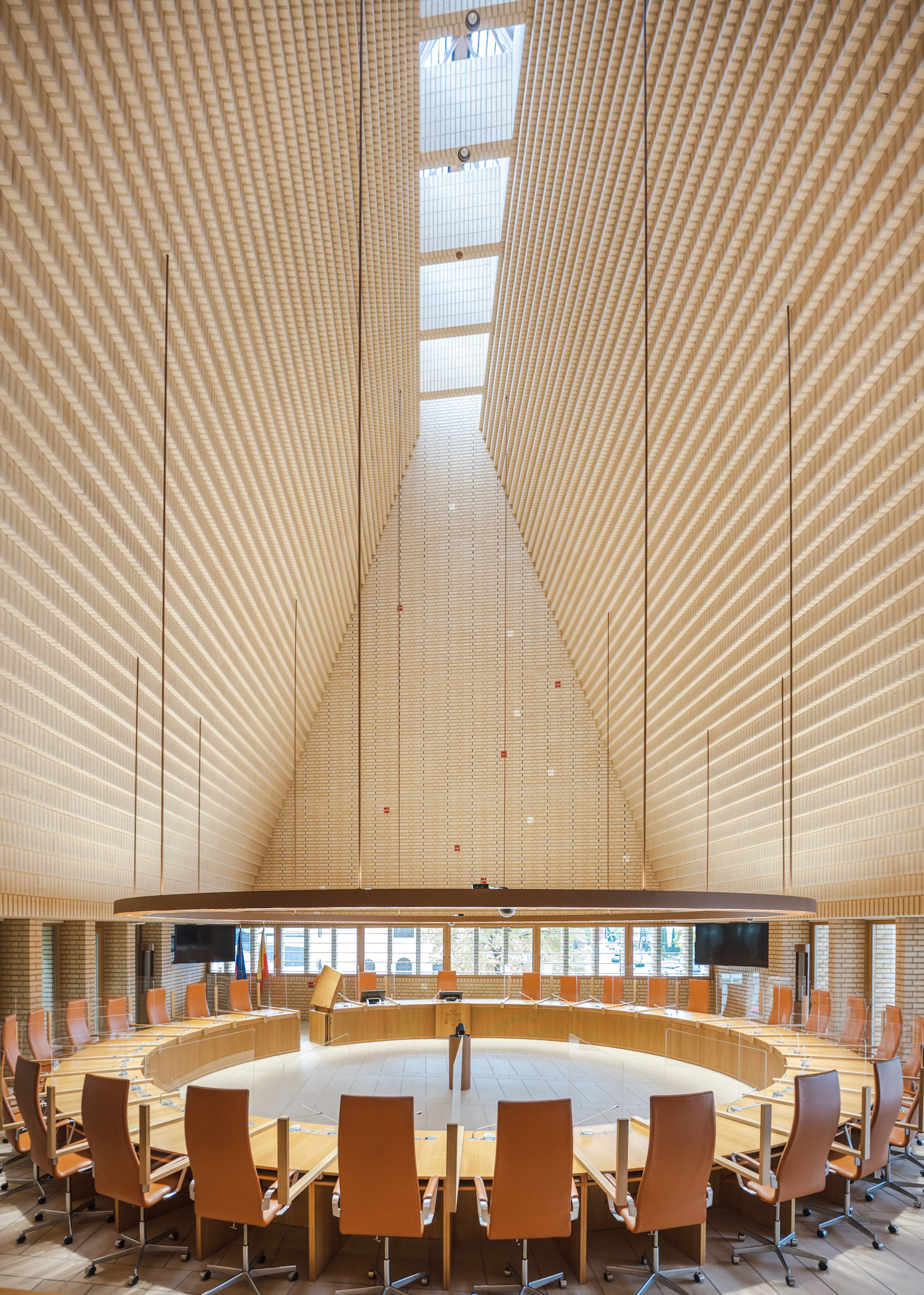
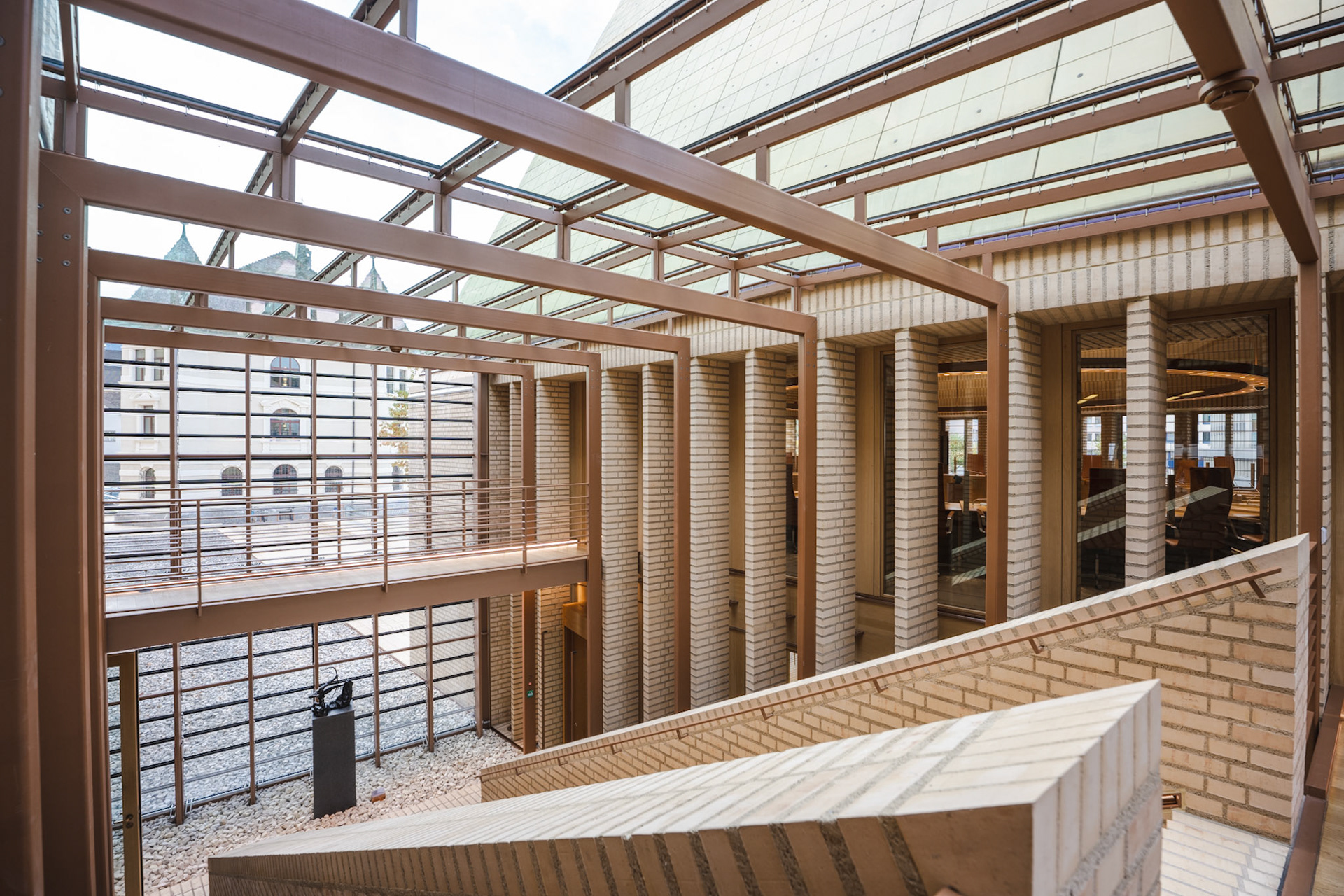
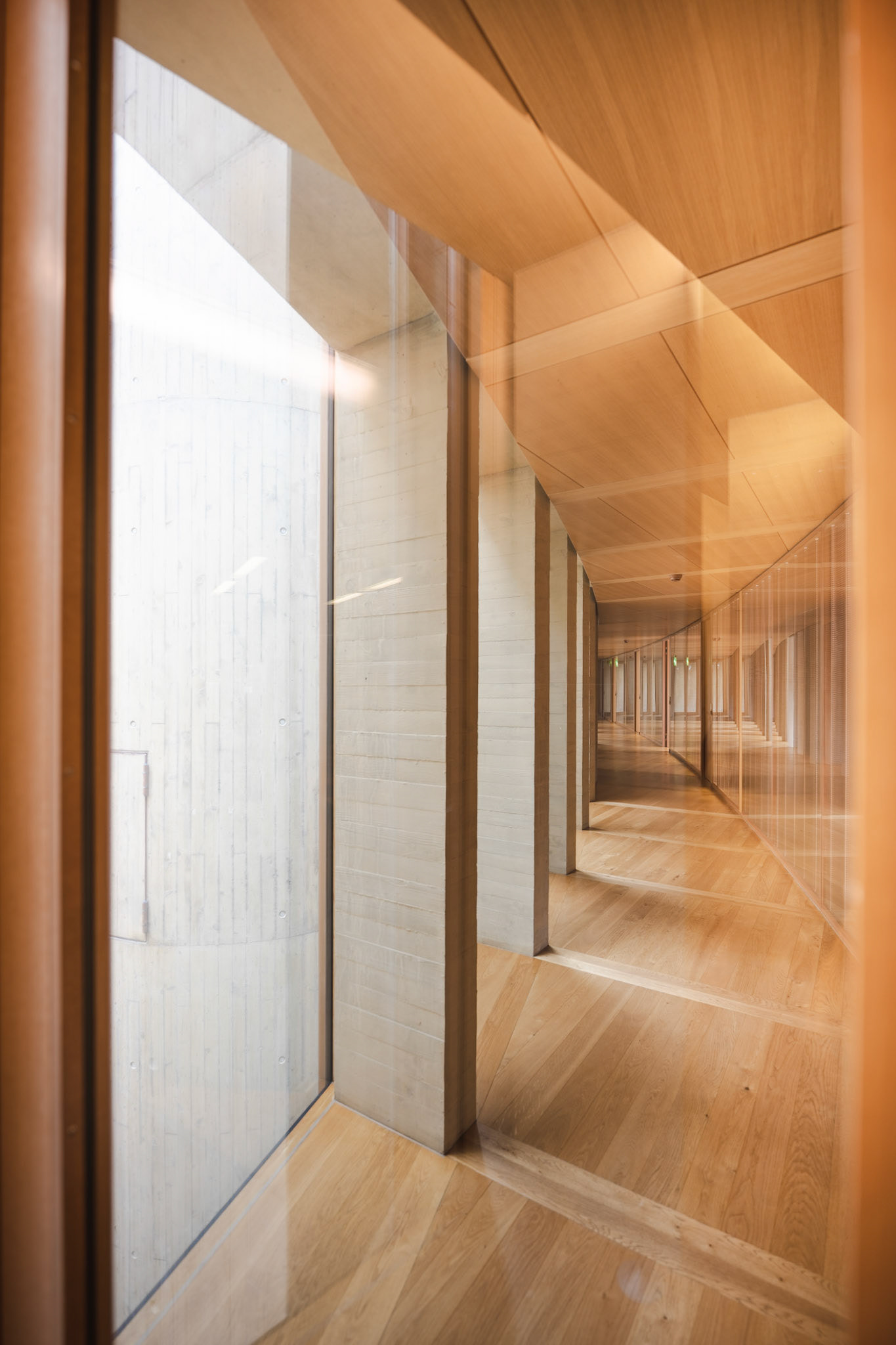
Hollein building
The Hollein building, a commercial building, was designed by Viennese architect Hans Hollein for the Centrum Bank Vaduz. It was completed in 2002.
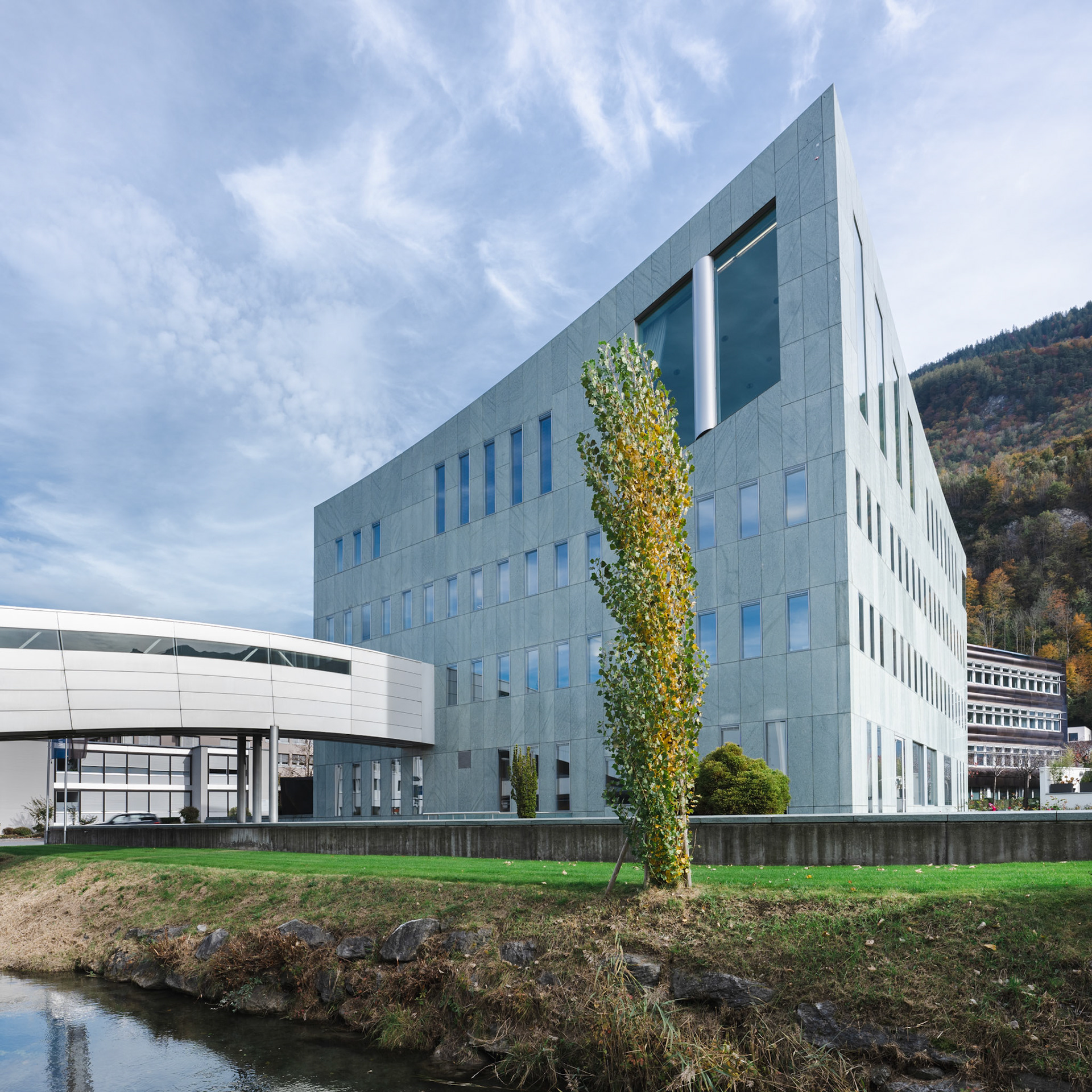
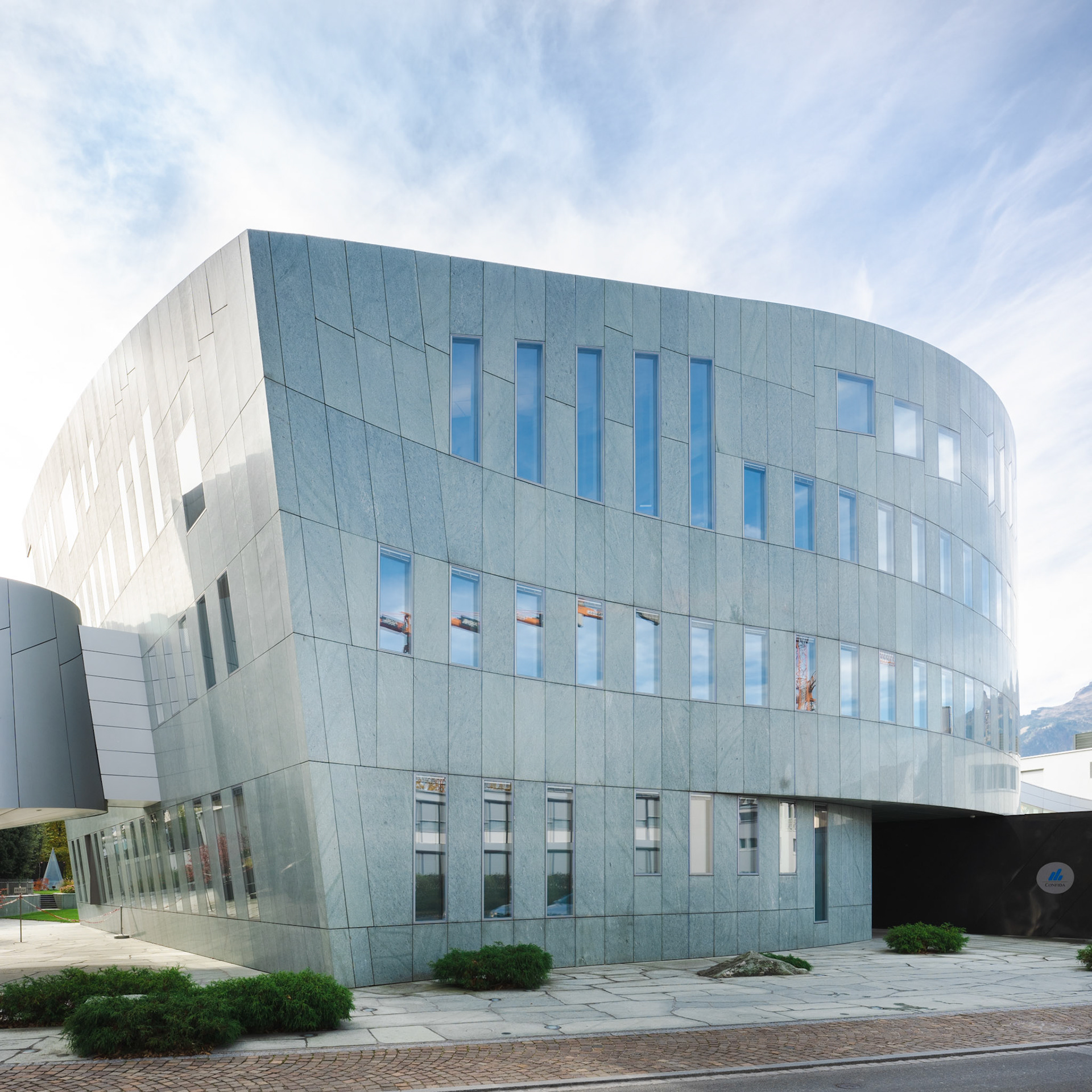
Kunstmuseum Liechtenstein
The Kunstmuseum Liechtenstein was designed by Morger & Degelo and inaugurated in November 2000. The contrasting white Hilti Art Foundation exhibition building was added in 2015.
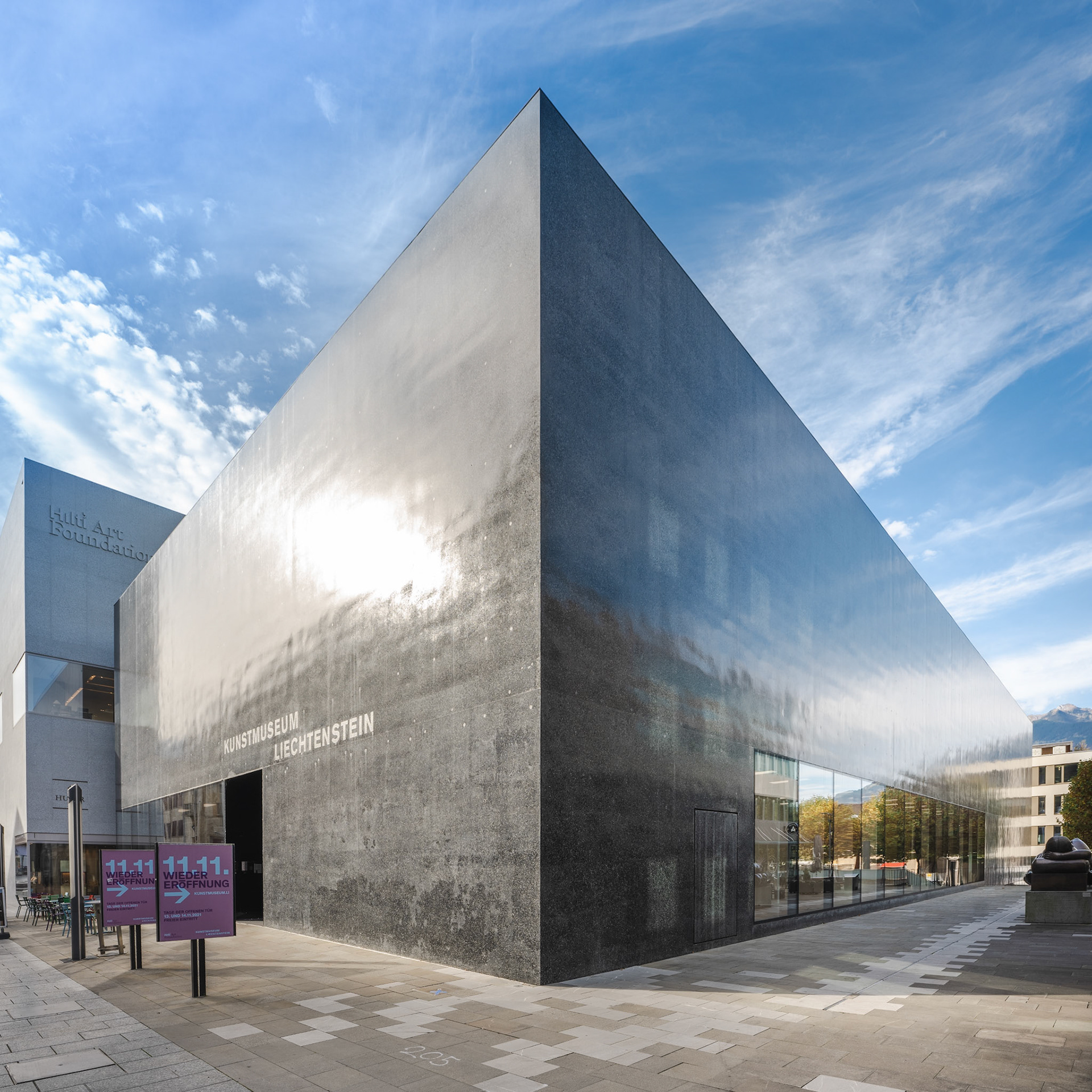
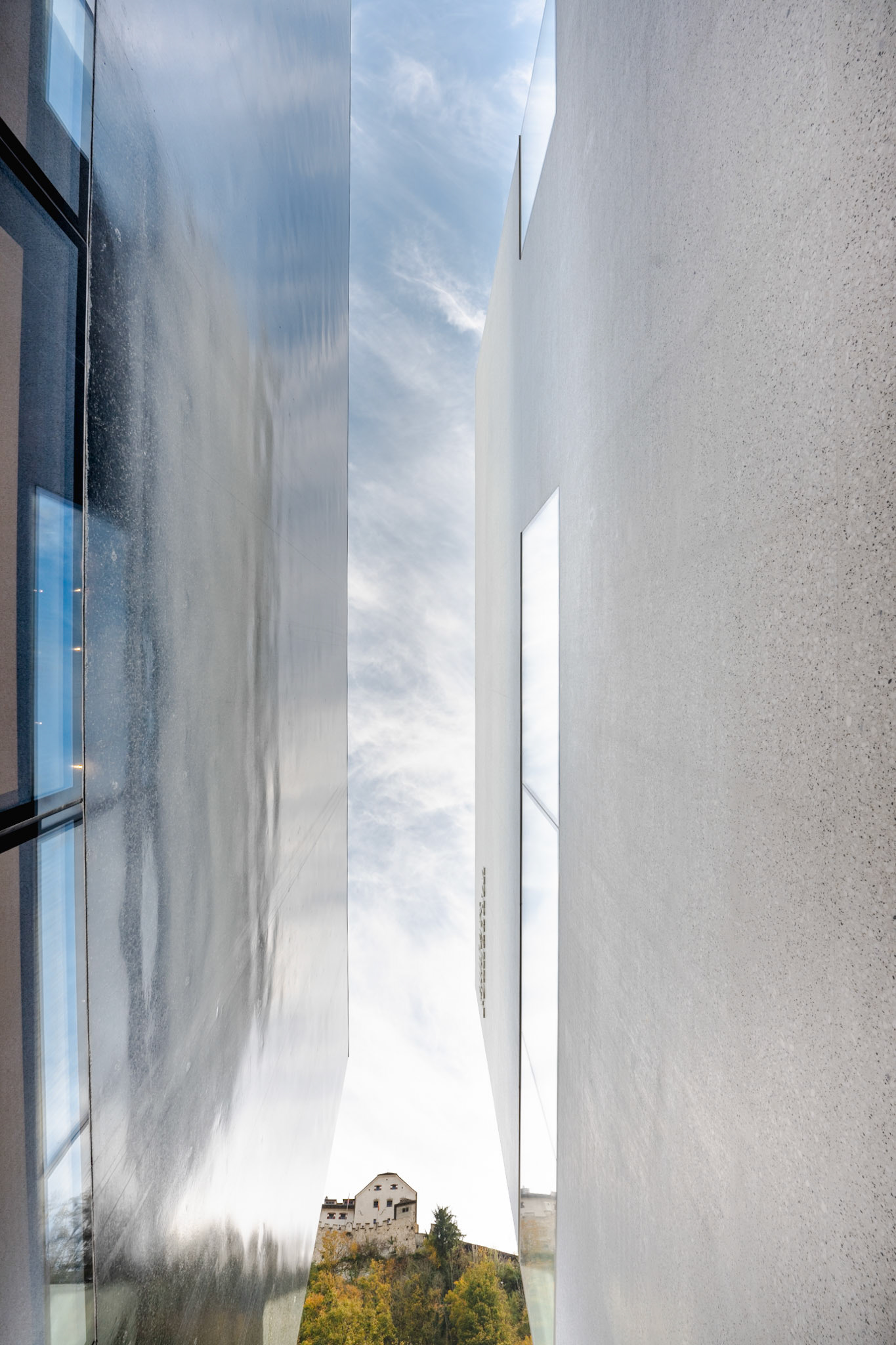
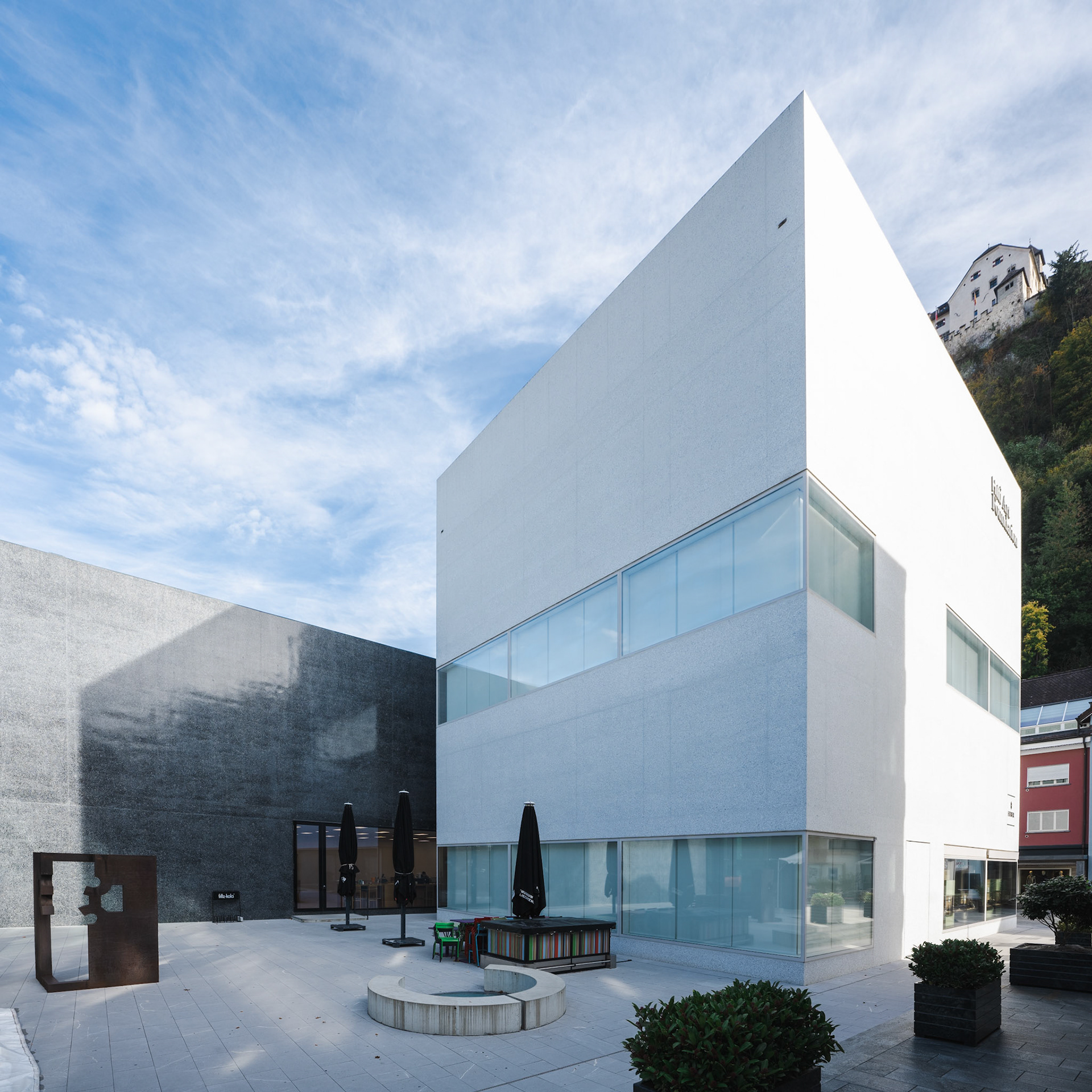
Center for Art
The Center for Art (L’Or du Rhin) was designed by Cuban-born architect Ricardo Porro and built between 1971 and 1974. After Ricardo Porro fled in exile to France in 1966, this was his first building commissioned in Europe. The hanging lamellae are made from aluminium and originally moved and emitted sounds but are now fixed after some were blown off the facade during a storm.
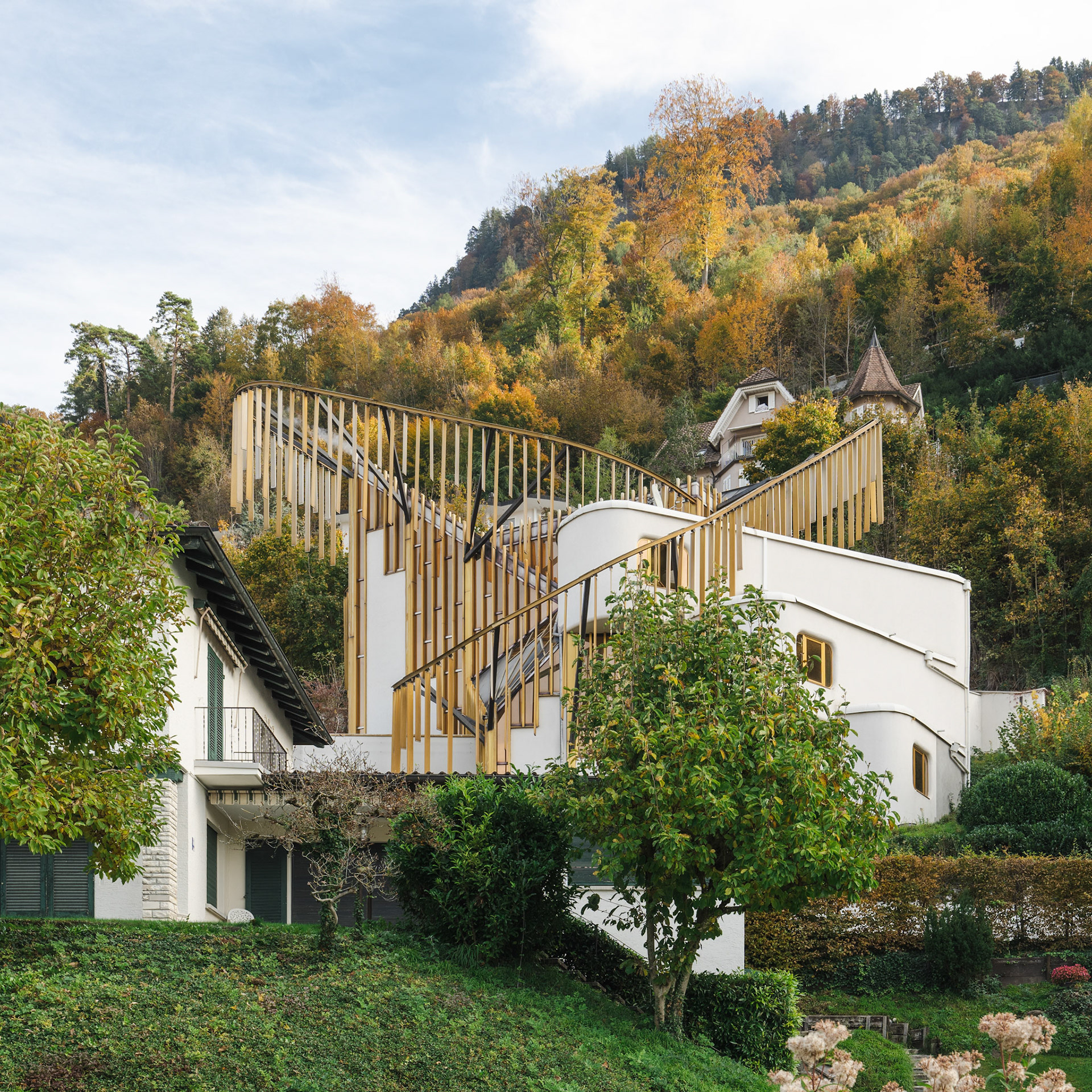
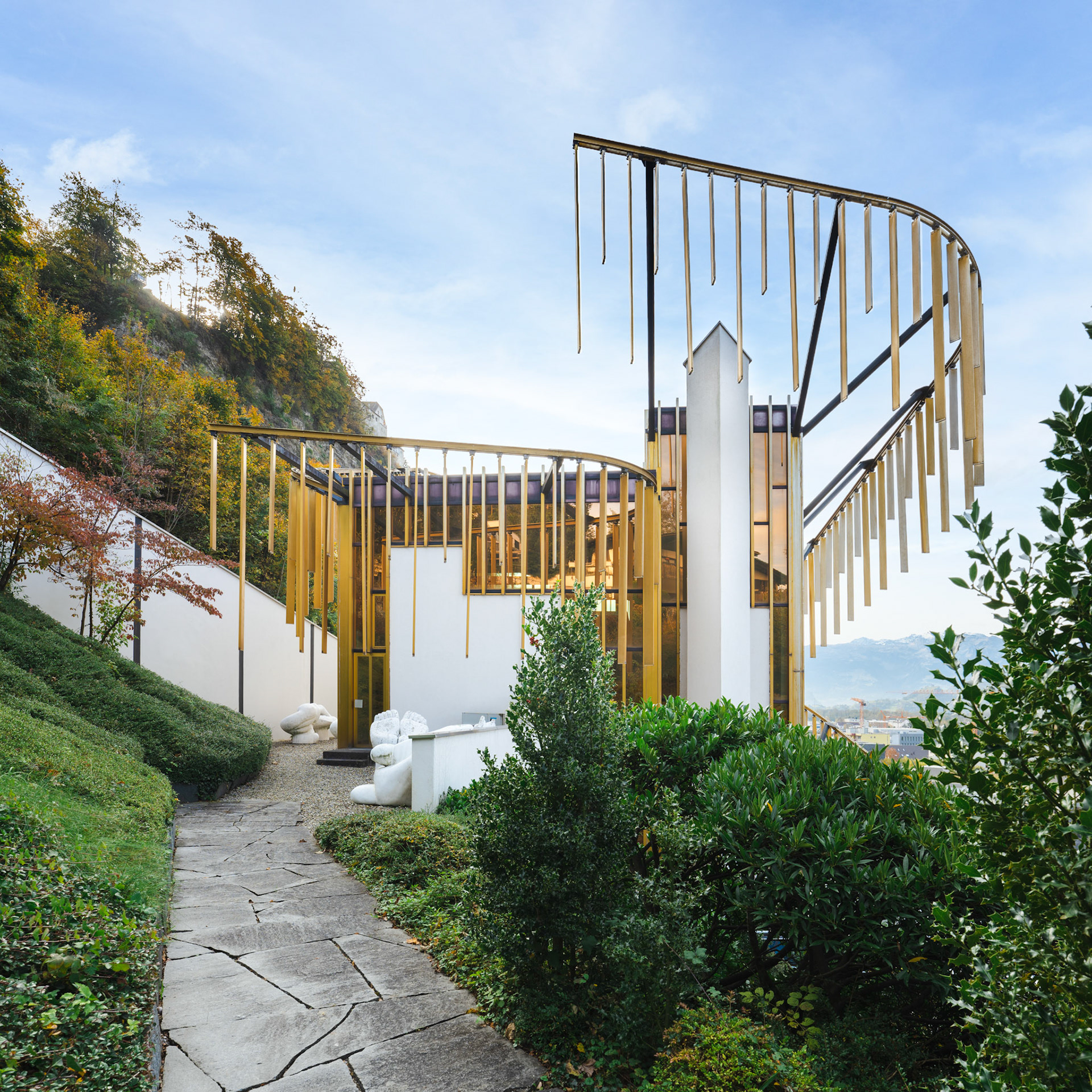
Treasure Chamber
Not to be missed is also the Treasure Chamber ( Schatzkammer Liechtenstein) where the exhibit focuses on belongings of the Princes of Liechtenstein and other private collectors. Buy your ticket at the Postal Museum - you can also visit the Postal museum for free - then head to the dark treasure room and prepare yourself to be wowed by Fabergé Eggs and Moon rocks, among other treasures! Please note that taking photos isn't allowed.
Tuesday: Architecture highlights in Davos
Davos has a population of about 10000 and can be accessed from Jenaz by driving through Klosters and then passing the Wolfgang Pass. It is located at around 1500m above sea level and became famous in the 19th century as a mountain health resort. These days, besides being a winter sports destination, it is known for hosting the annual World Economic Forum.
Hotel Schatzalp
We started our day heading at the Hotel Schatzalp. The 3 minute Funicular ride from Davos offers great views of the city! Berghotel Schatzalp was built between 1898 and 1900 as a Sanatorium and was one of the inspirations for Thomas Mann's Novel "Der Zauberberg". Since 1954, it is a hotel with 92 rooms spread across three floors.
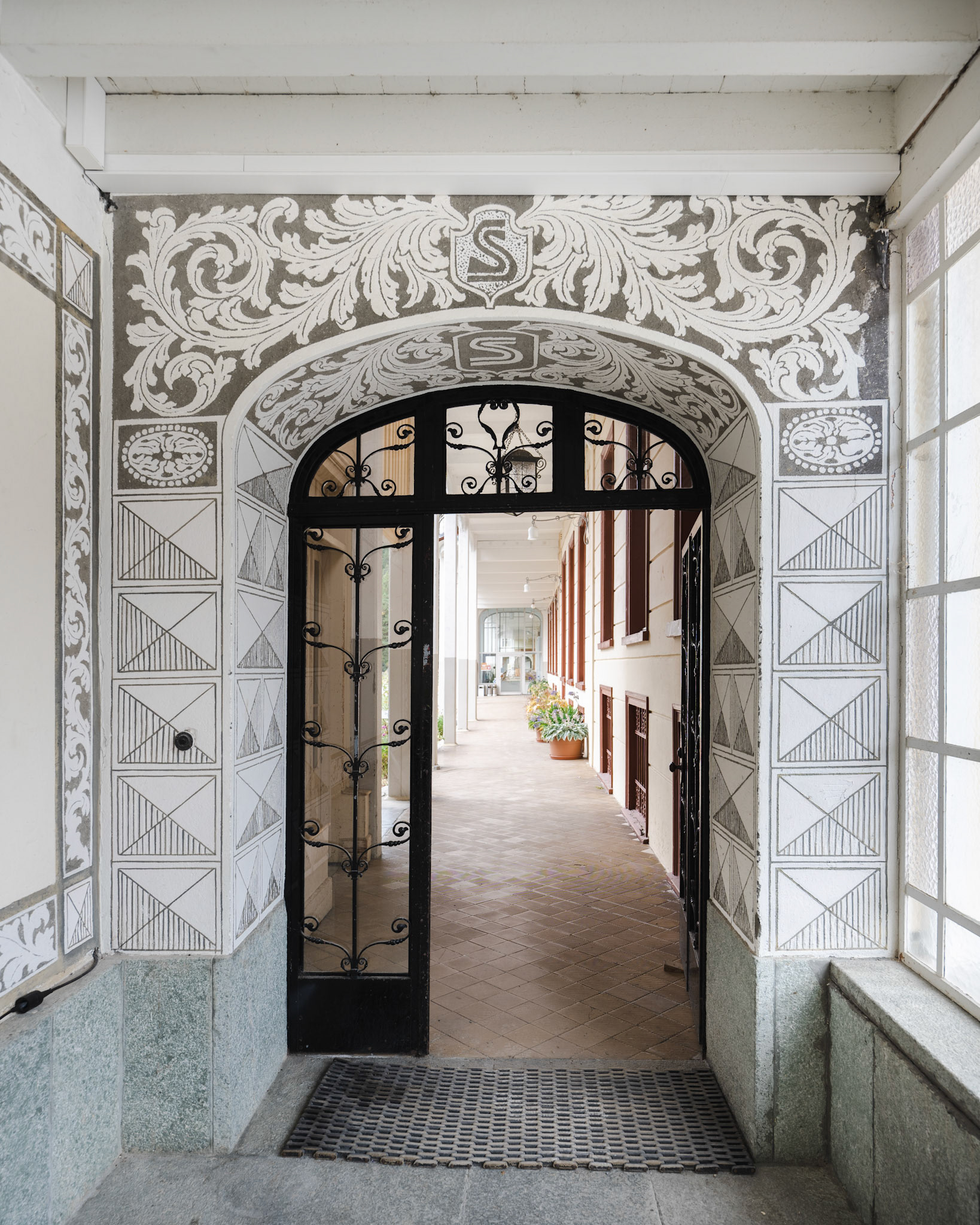
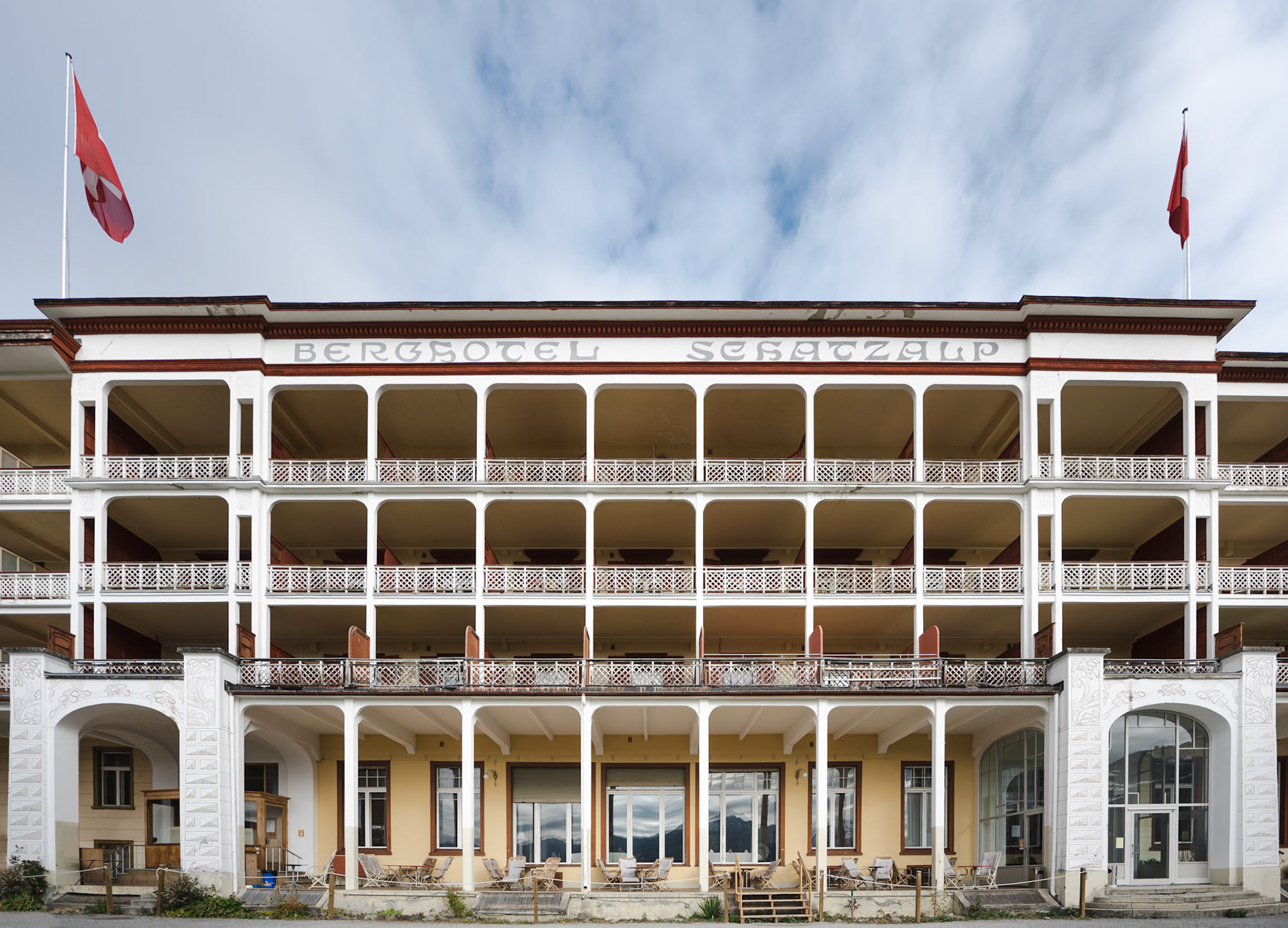
The ground floor is used by the reception, dining room with Art Nouveau decorations and the X-Ray Bar, named after its location in the former X-Ray room of the sanatorium.
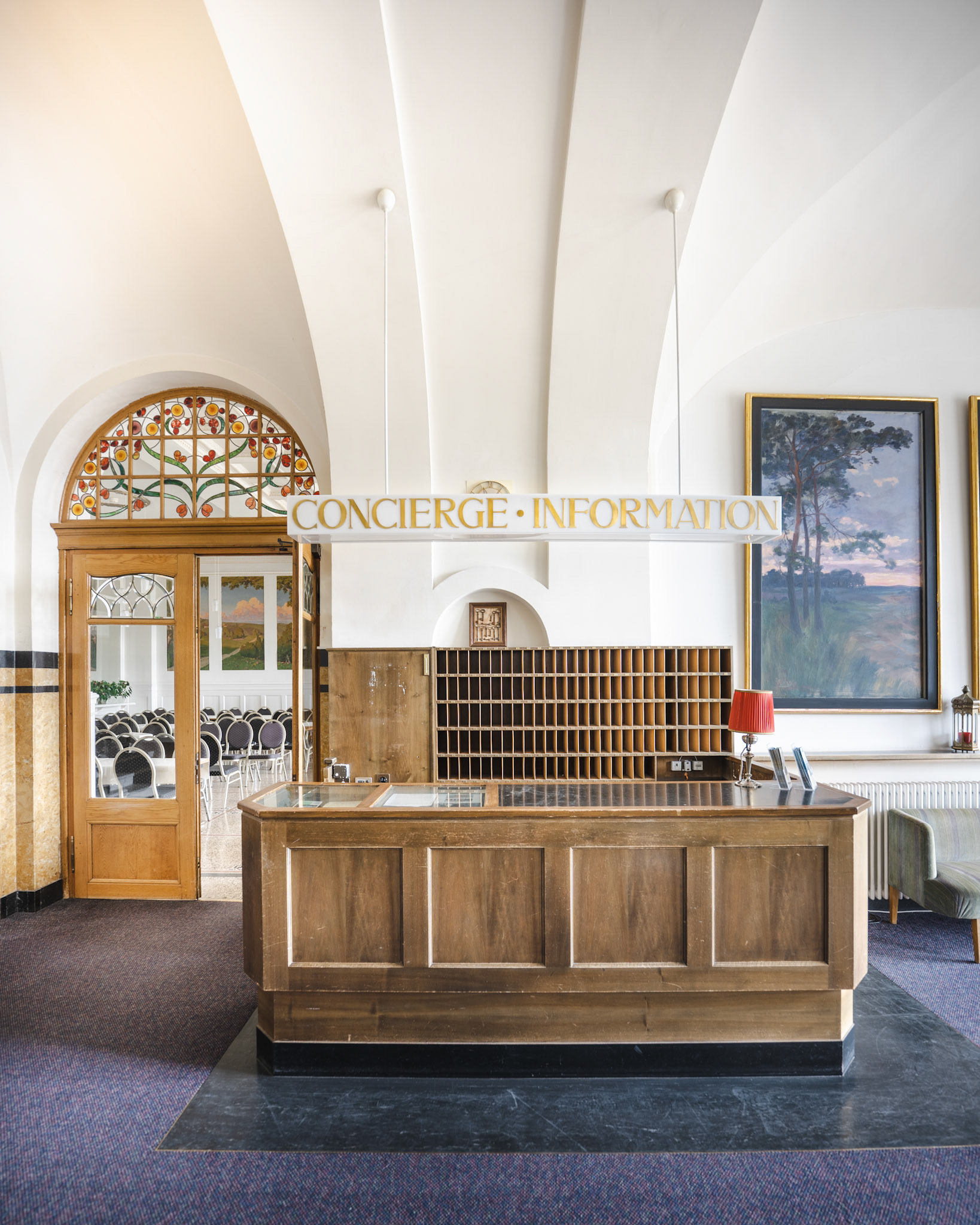
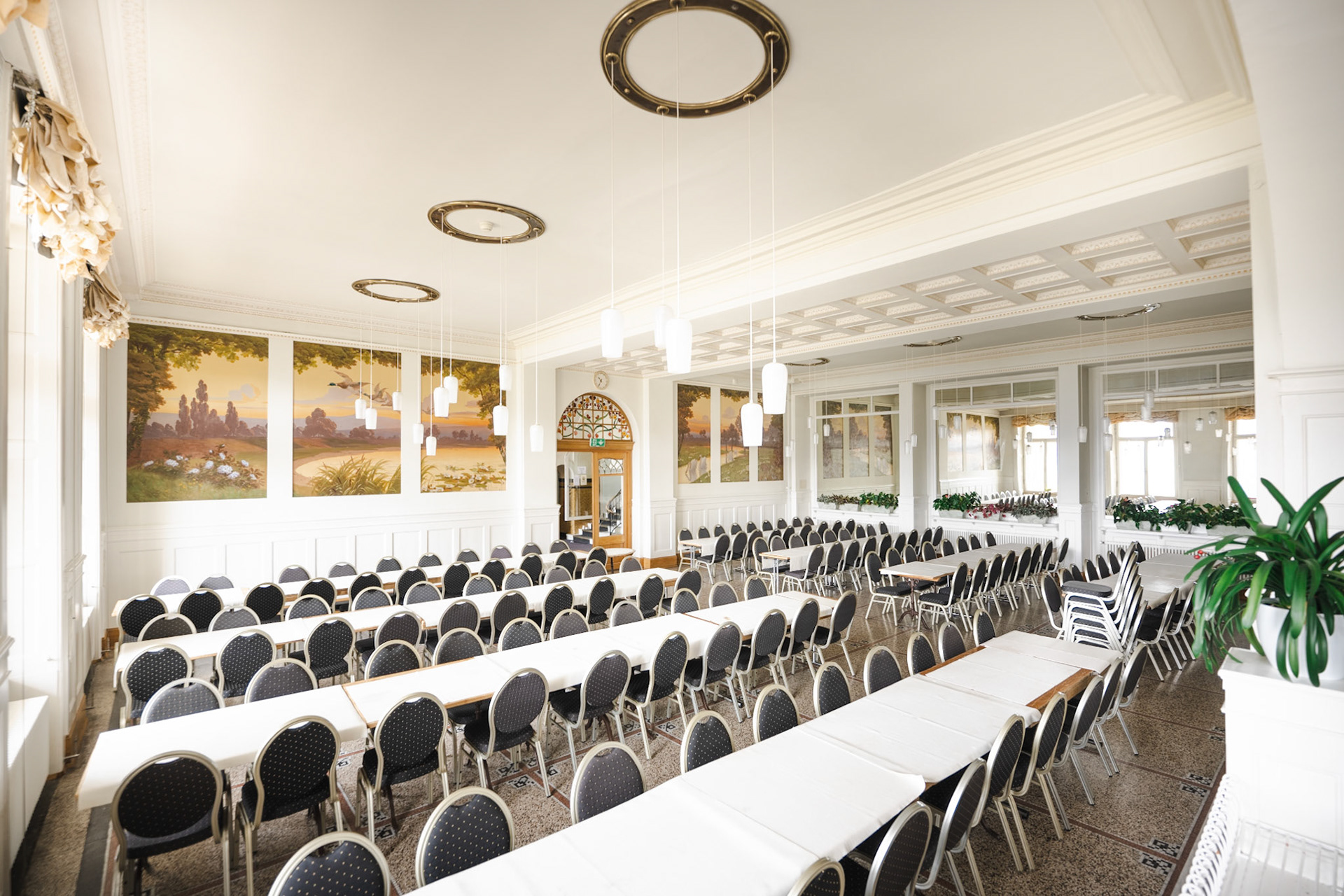
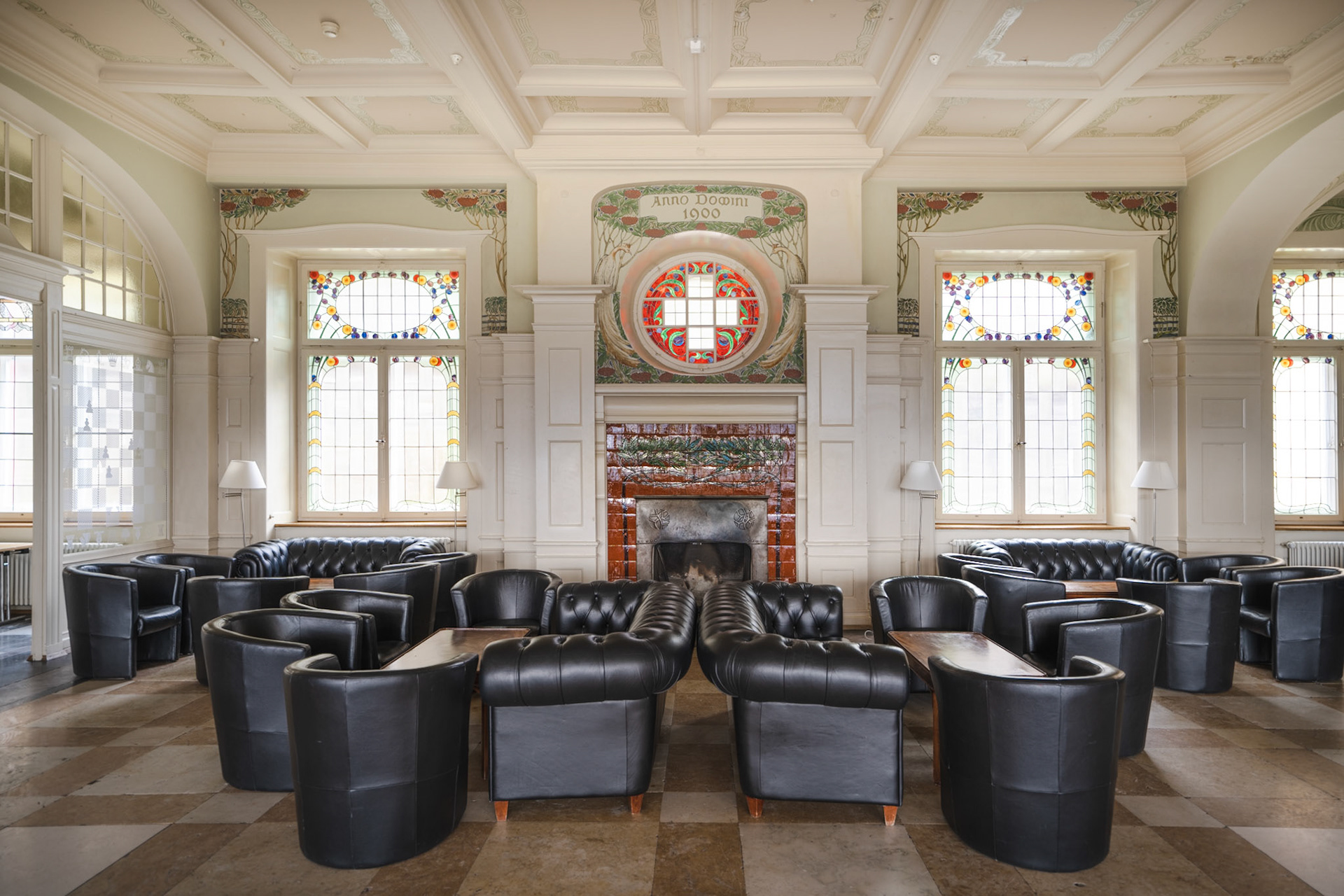
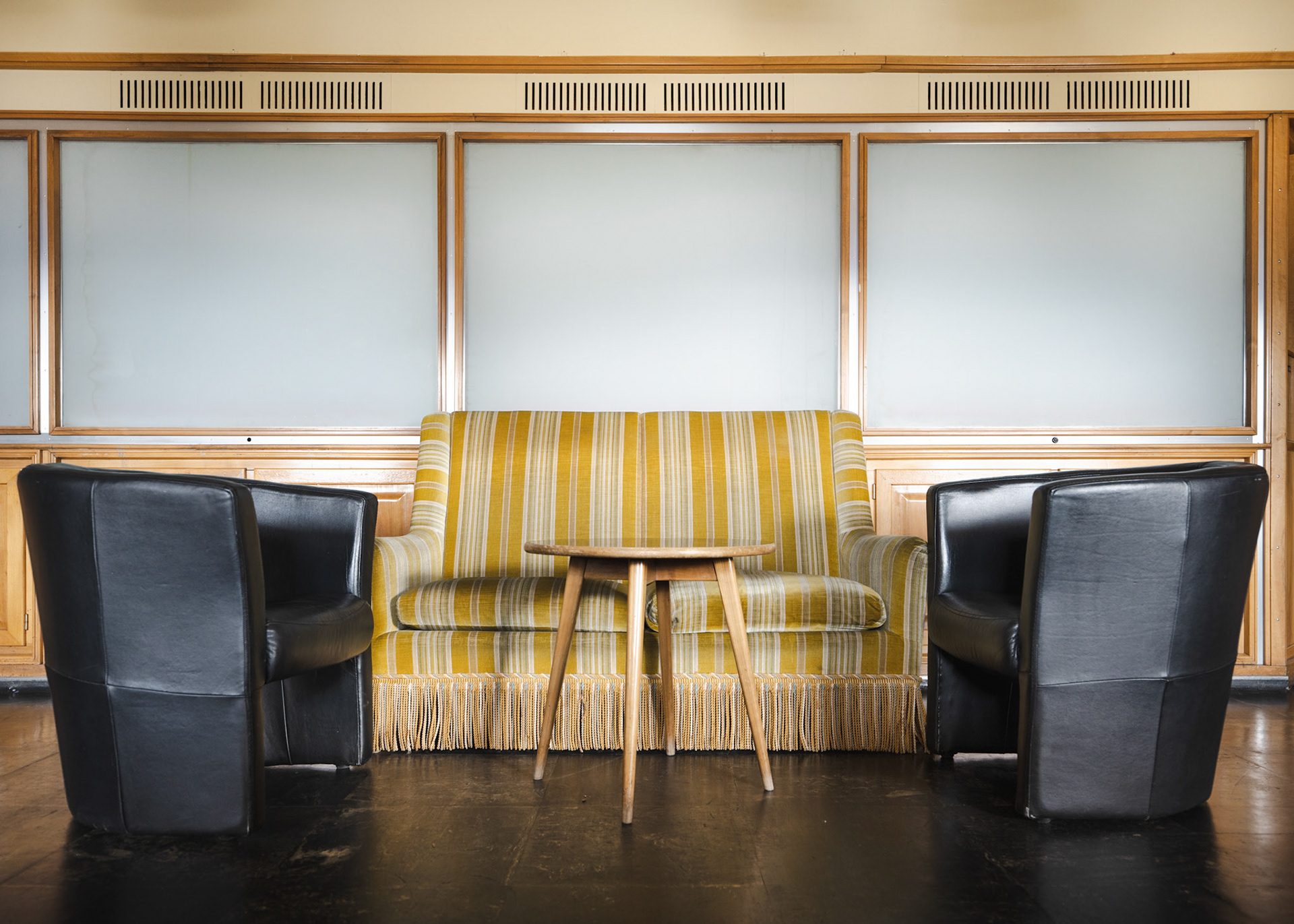
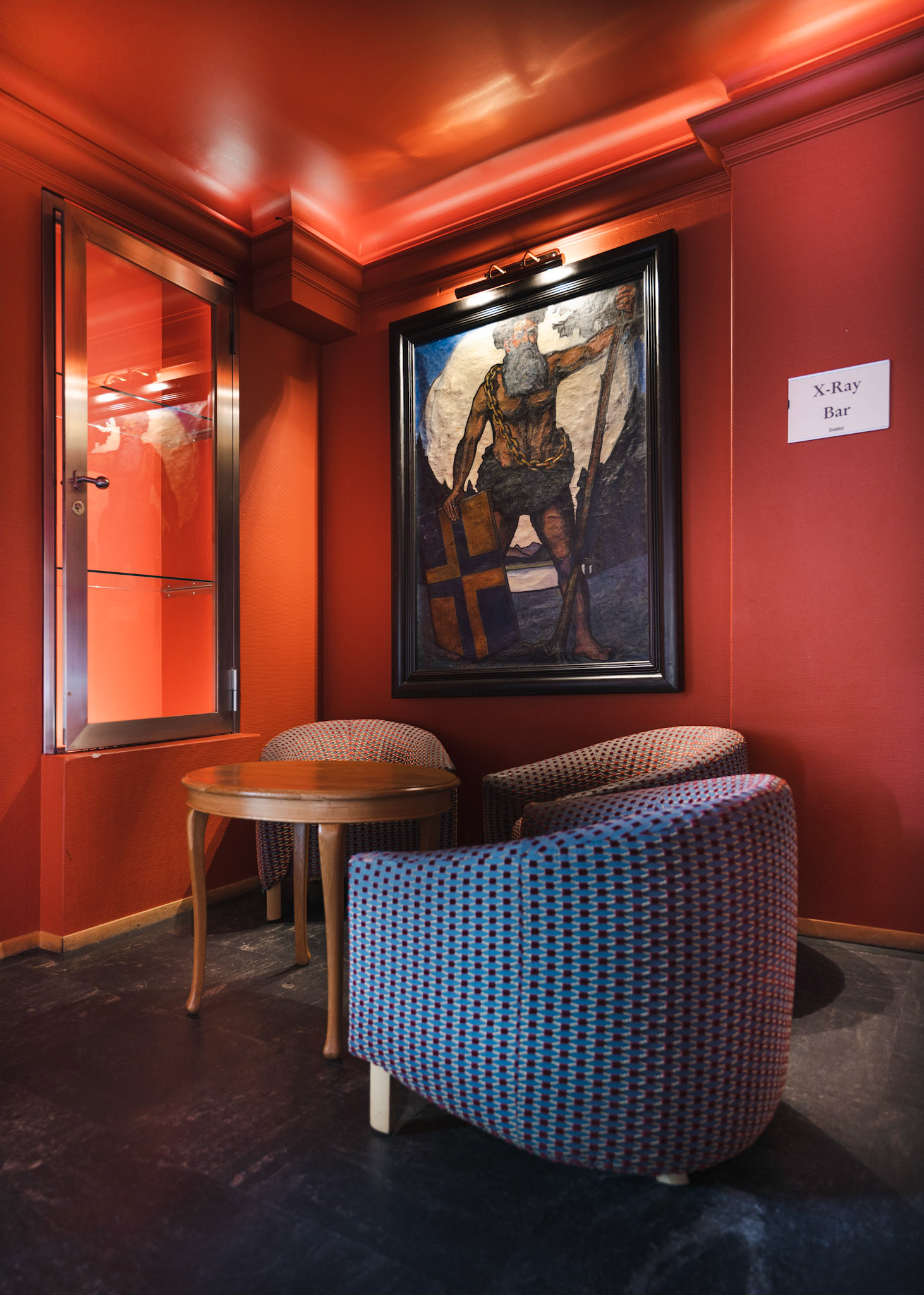
The beautiful staircase connecting the different floors has the elevator at its center !
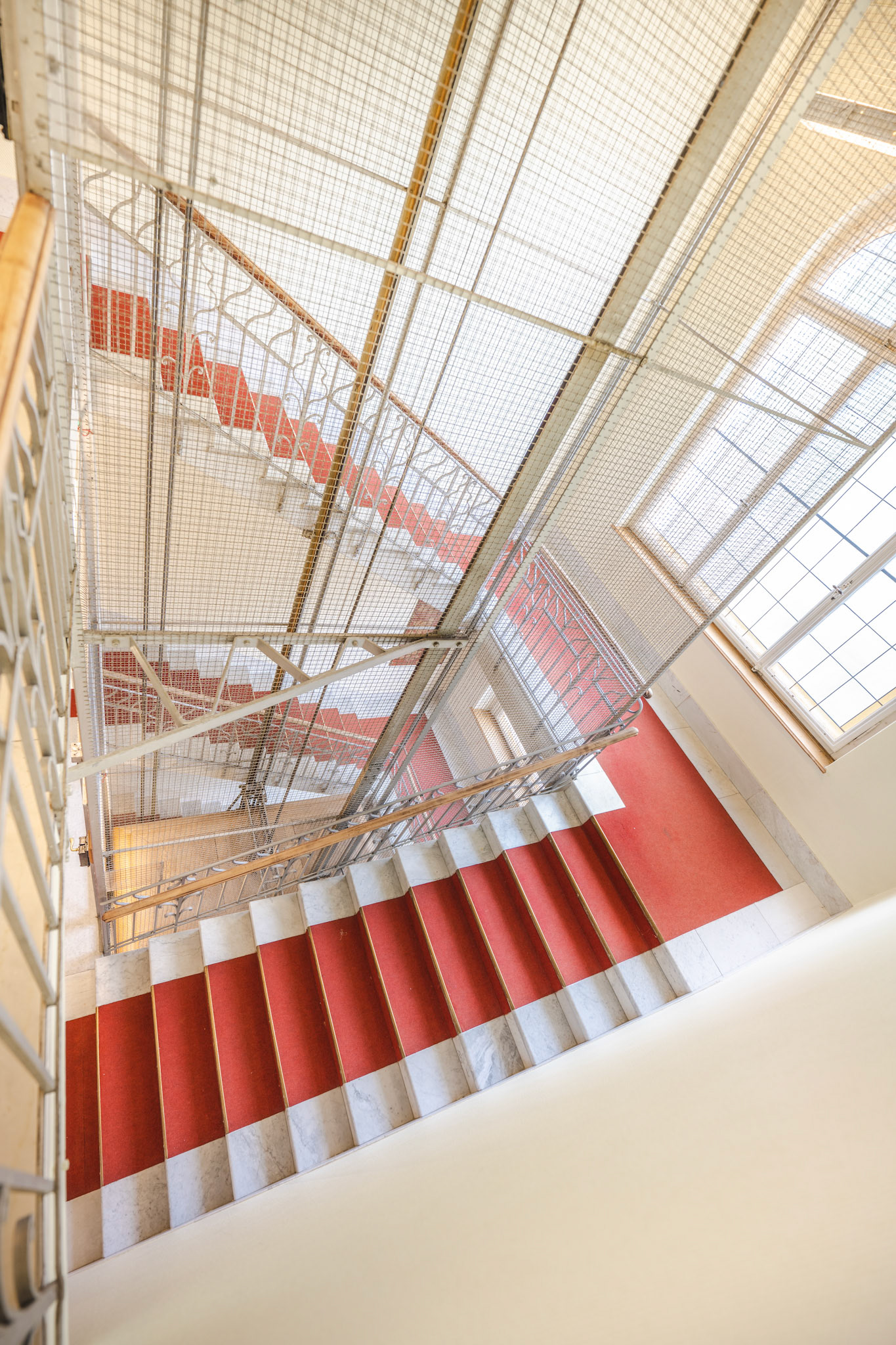
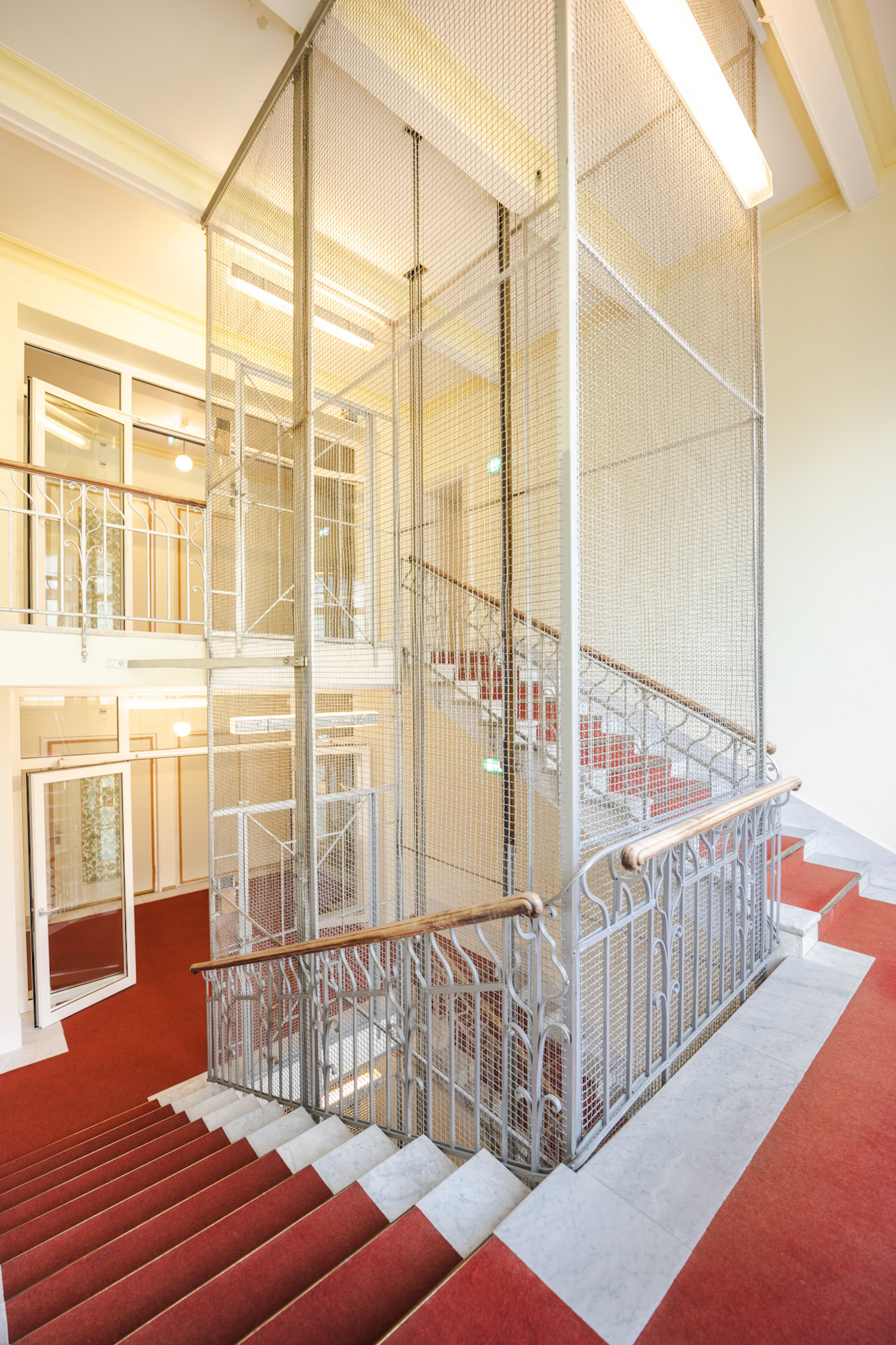
Eisstadion Davos
The Eisstadion Davos was designed in its current, covered, shape by Krähenbühl Architekten and completed in 1979. It was recently renovated by Marques Architekten.
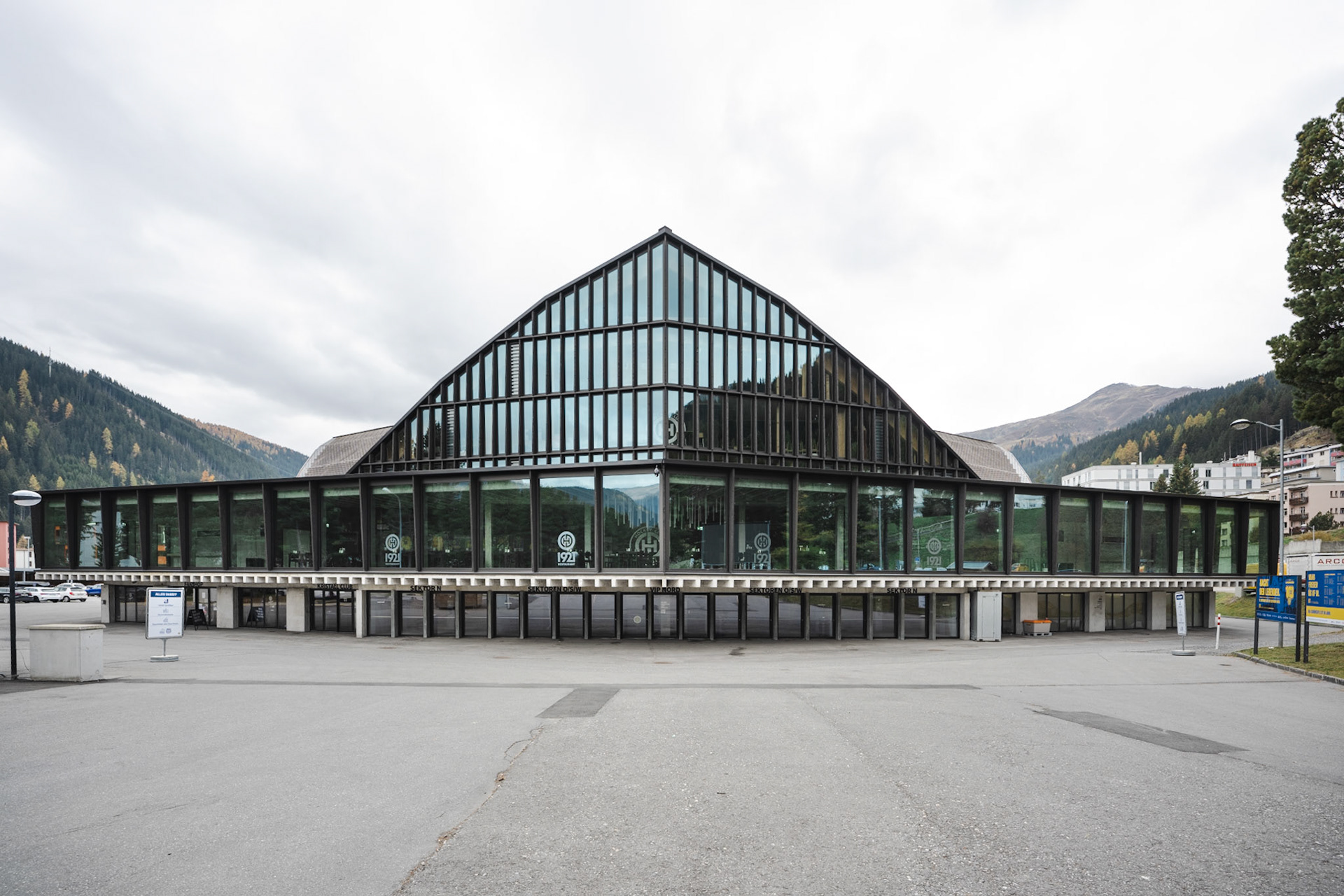
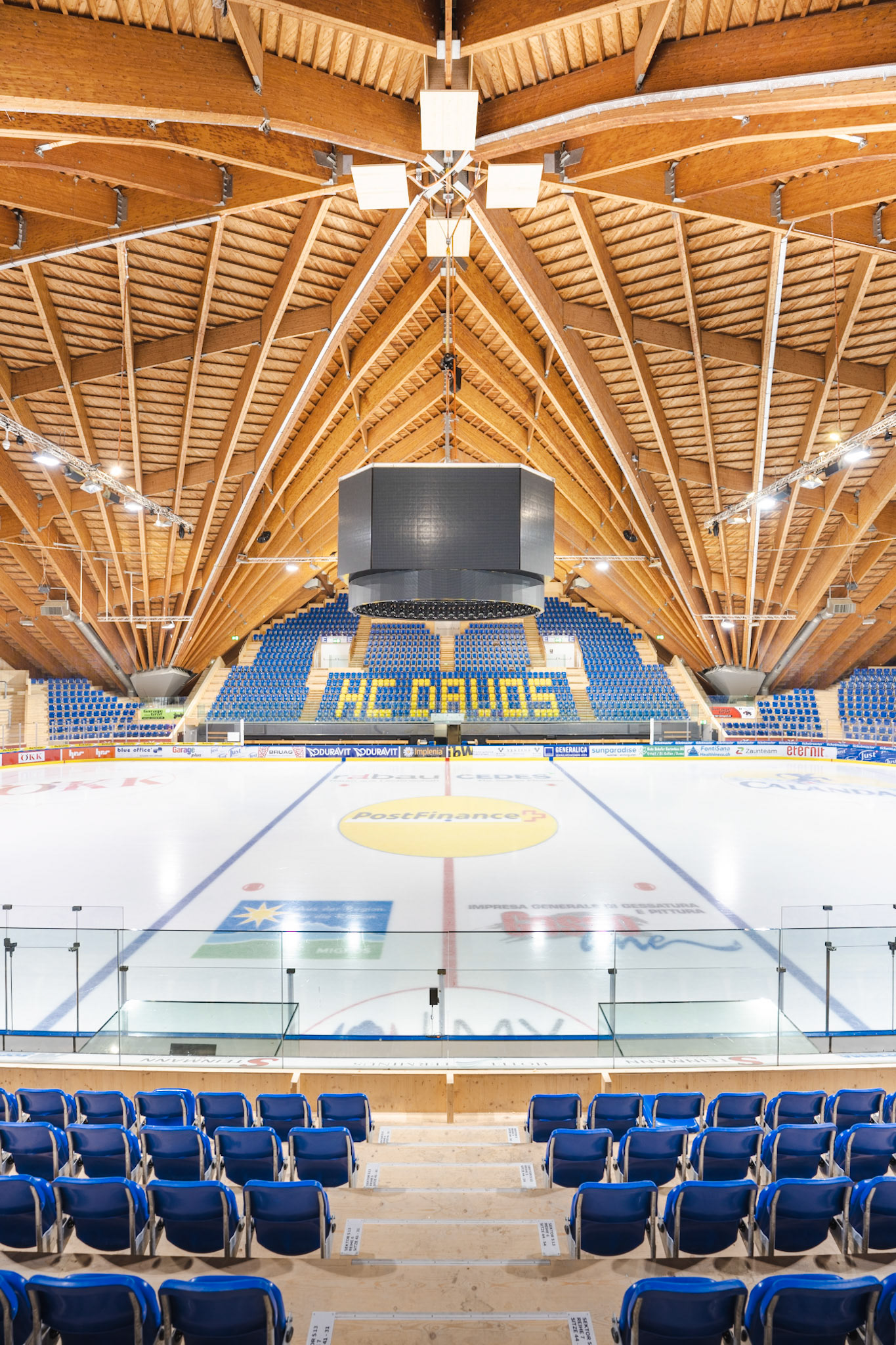
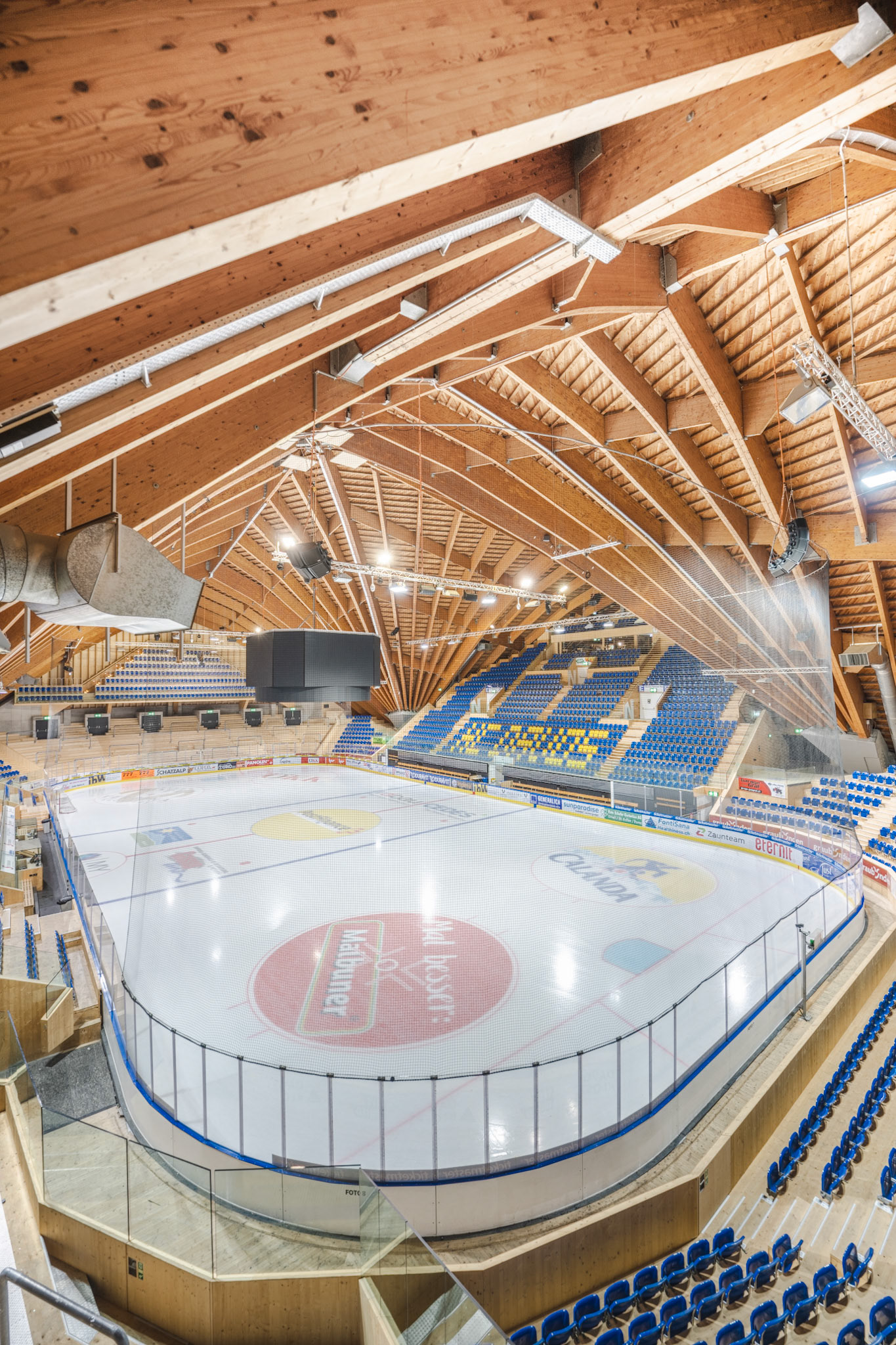
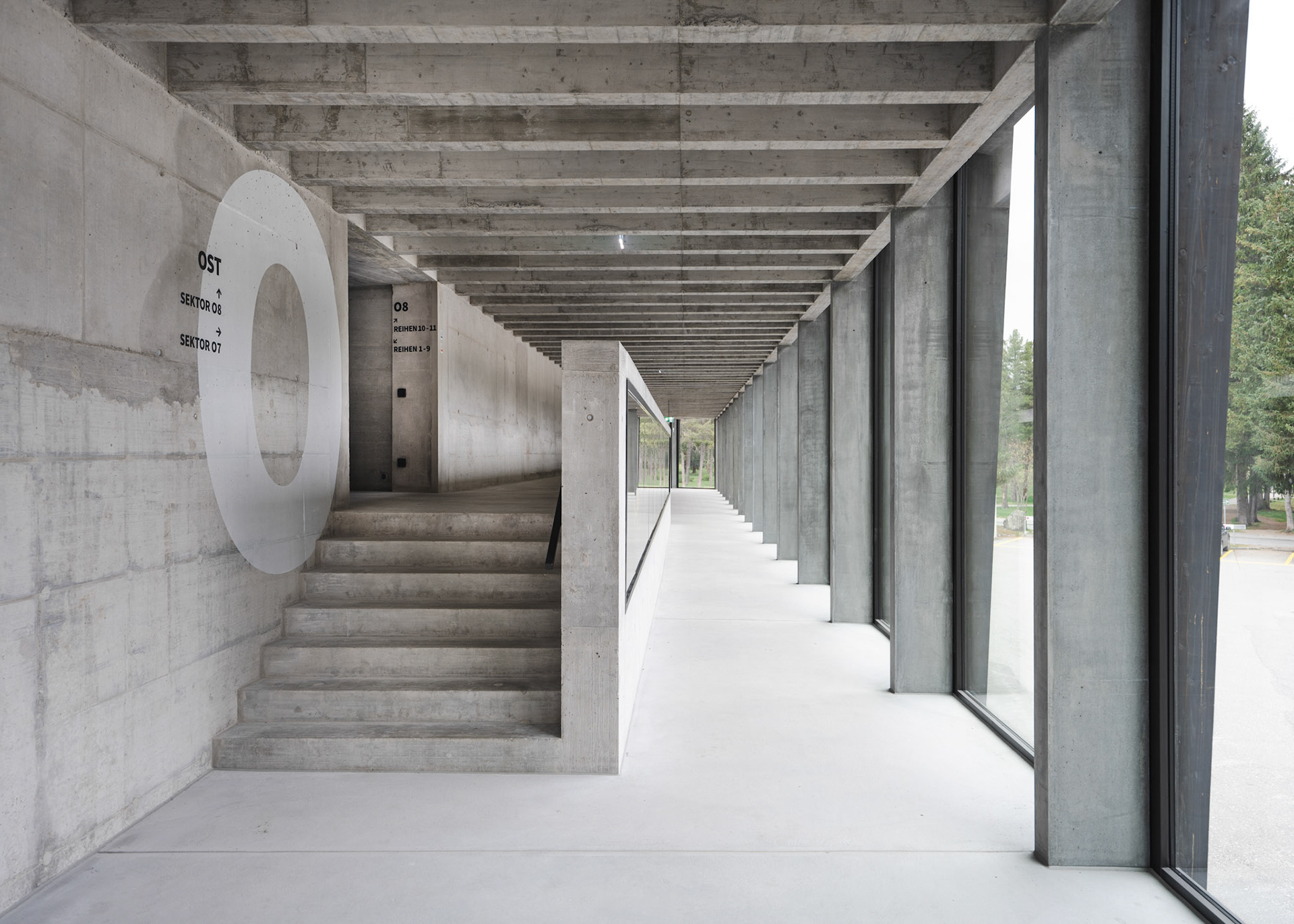
Kirchner Museum
The expressionist painter Ernest Ludwig Kirchner was born in 1880 in Germany in Aschaffenburg and co-founded in 1905 the artist group Die Brücke. Starting in 1917 and until his death in 1938, he lived in Davos and the immediate surroundings.
The Kirchner Museum Davos building was designed by Gigon/Guyer Architects and built between 1990 and 1992. It is composed of four exhibition rooms with skylights and glass facades.
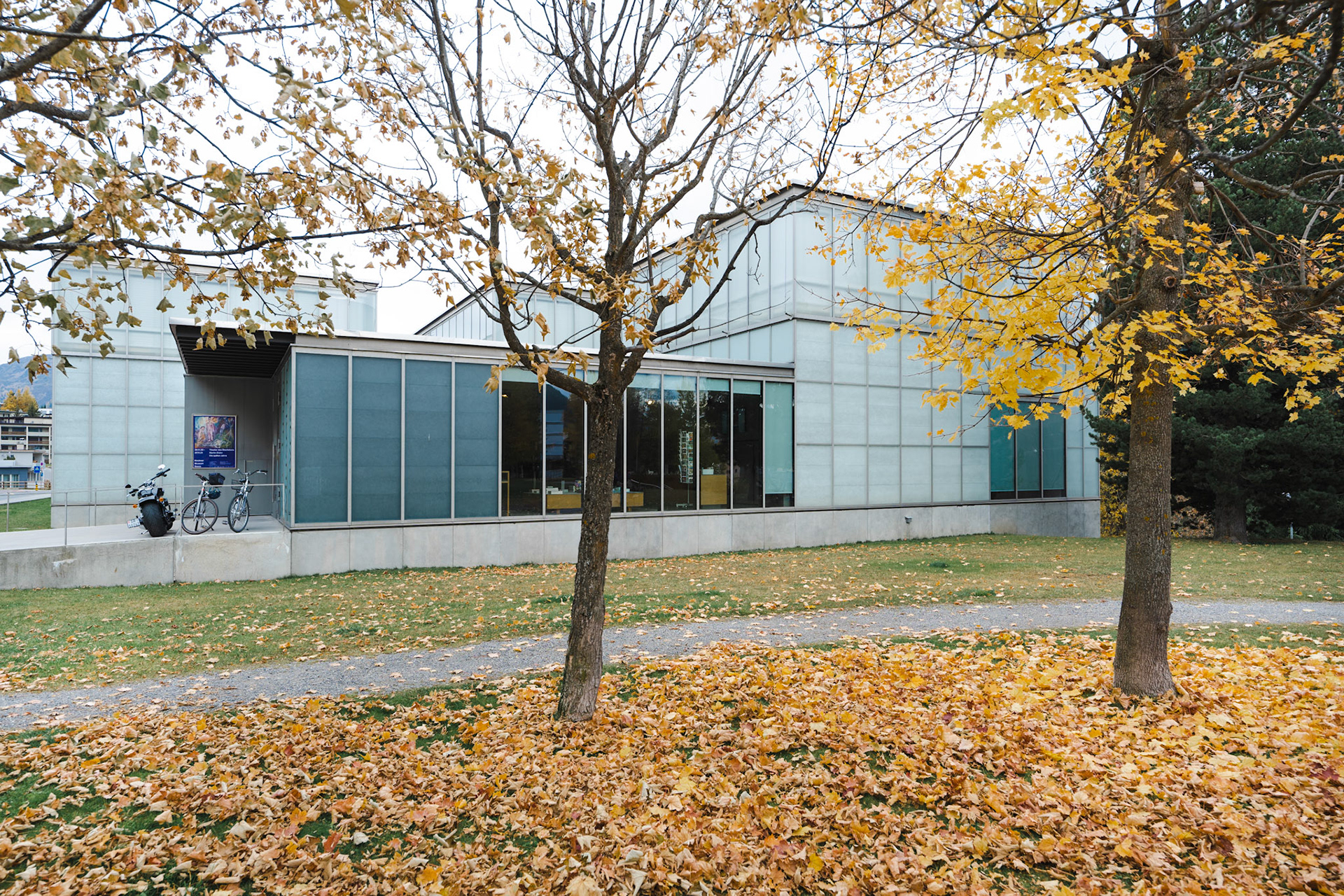
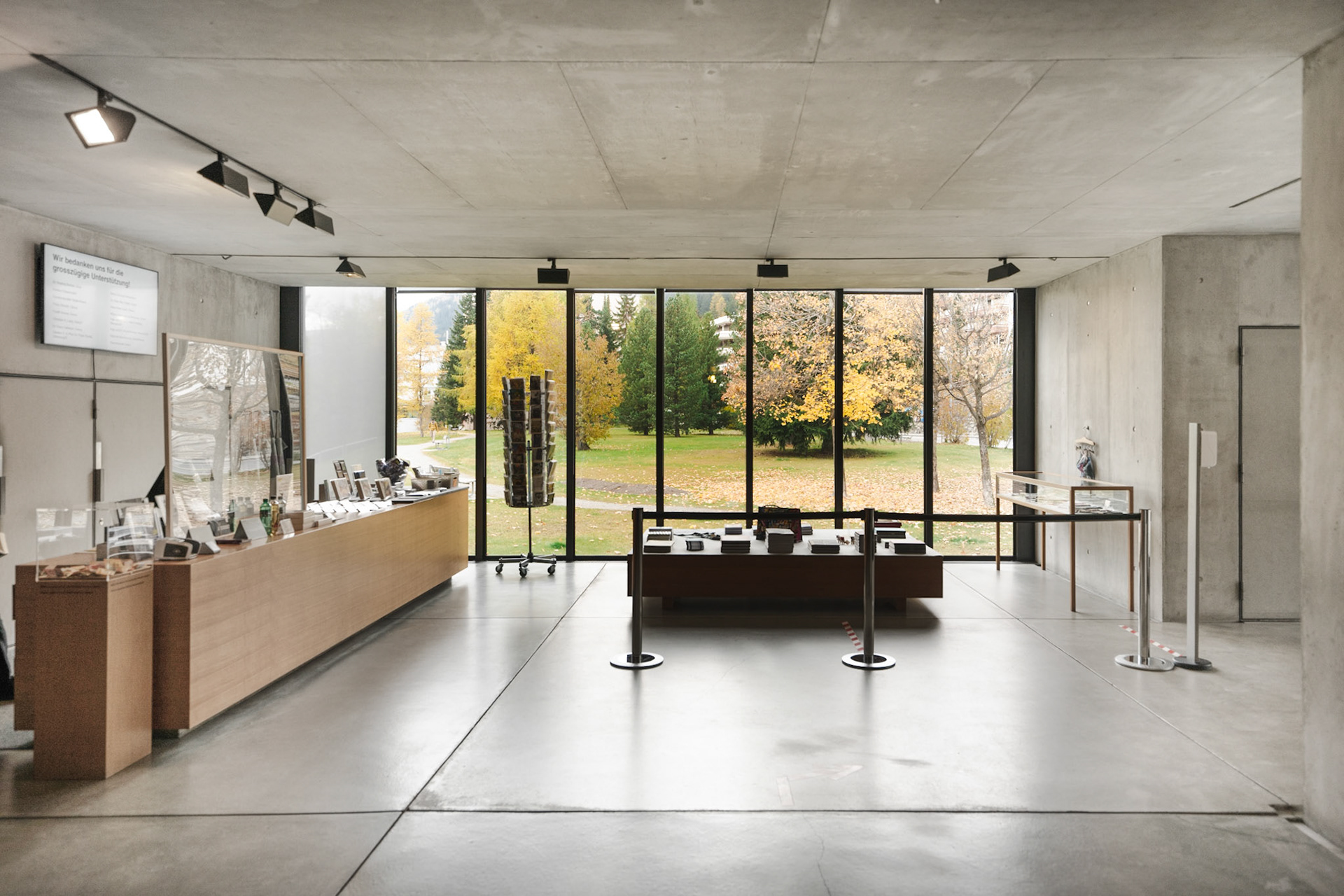
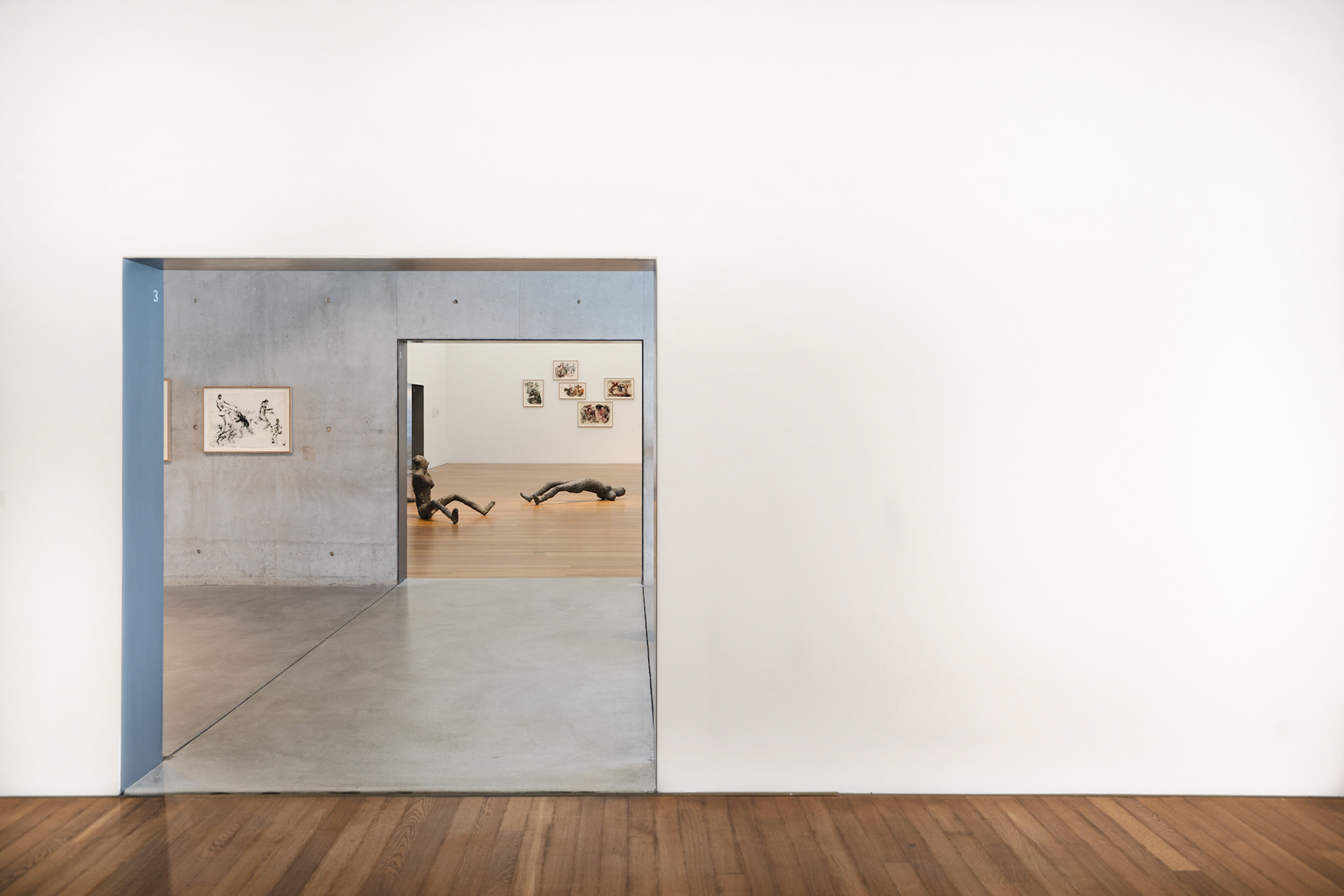
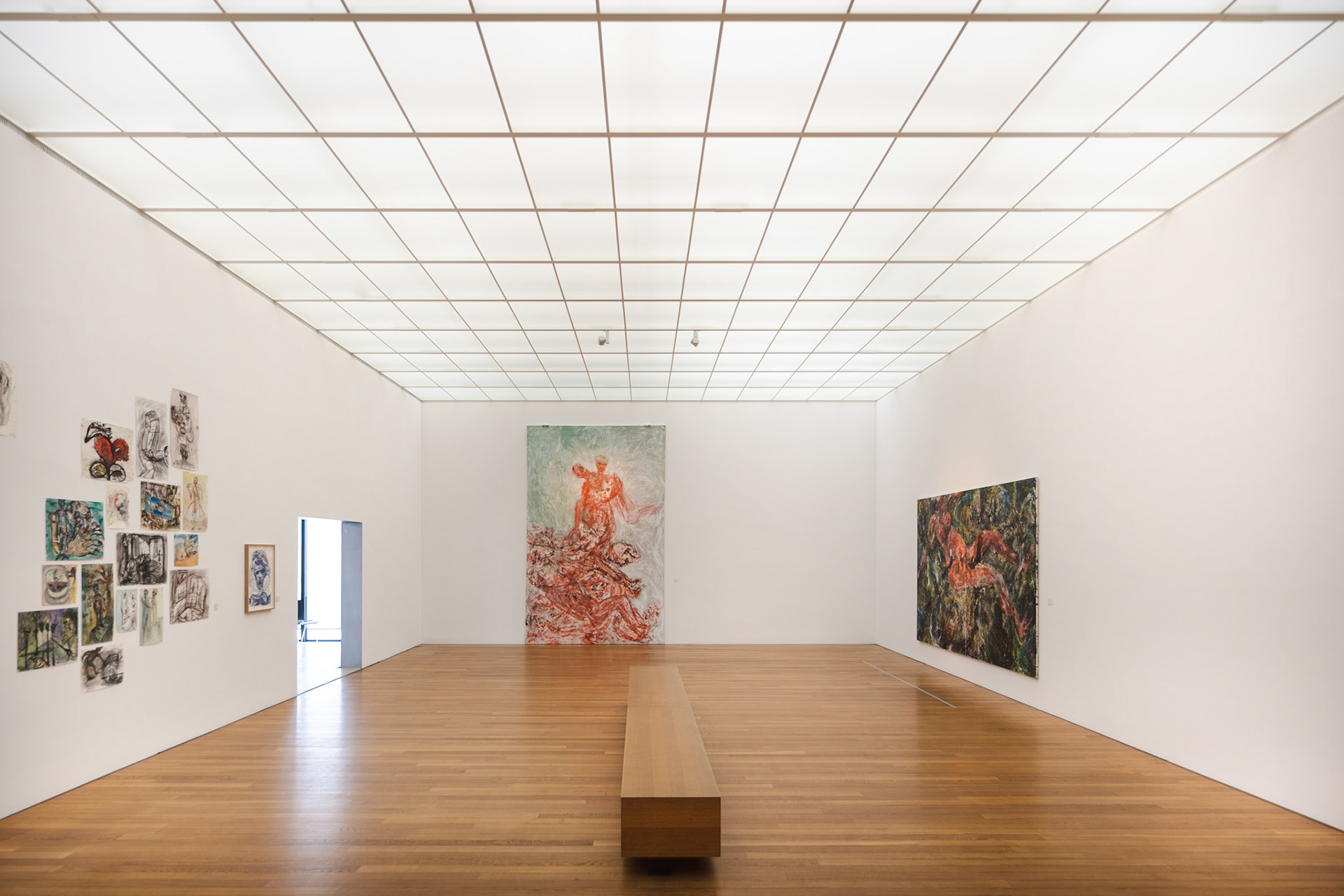
Wednesday: Relaxing walk in Fanas and shopping
Fanas
We wanted to get up to Sassauna to get a panoramic view of Prättigau, however, when we arrived in Fanas, the small cable car was unfortunately out of order. Since the weather was still amazing, we just followed the local hiking trail towards Camascholis and admired the views and the sun.
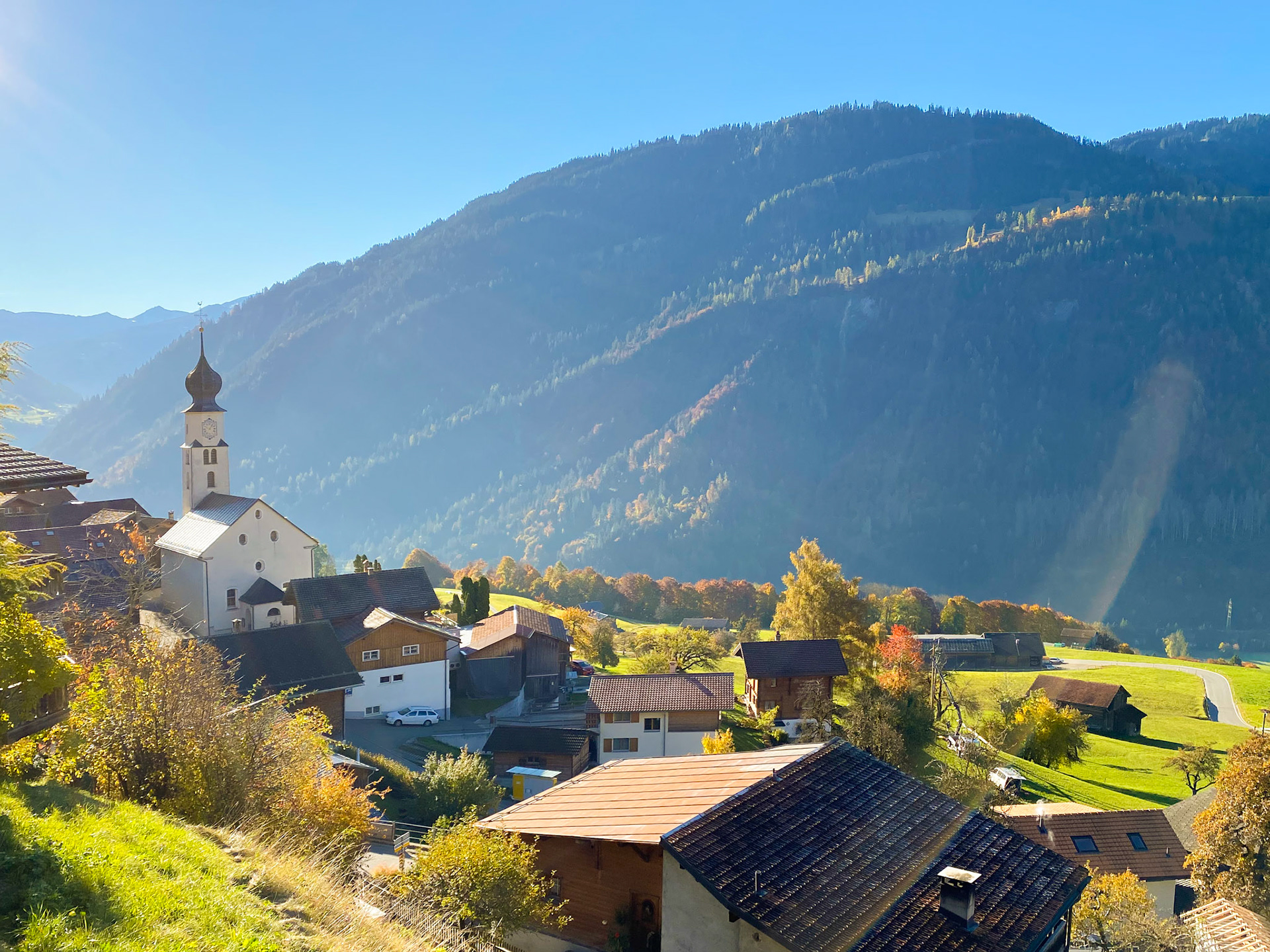
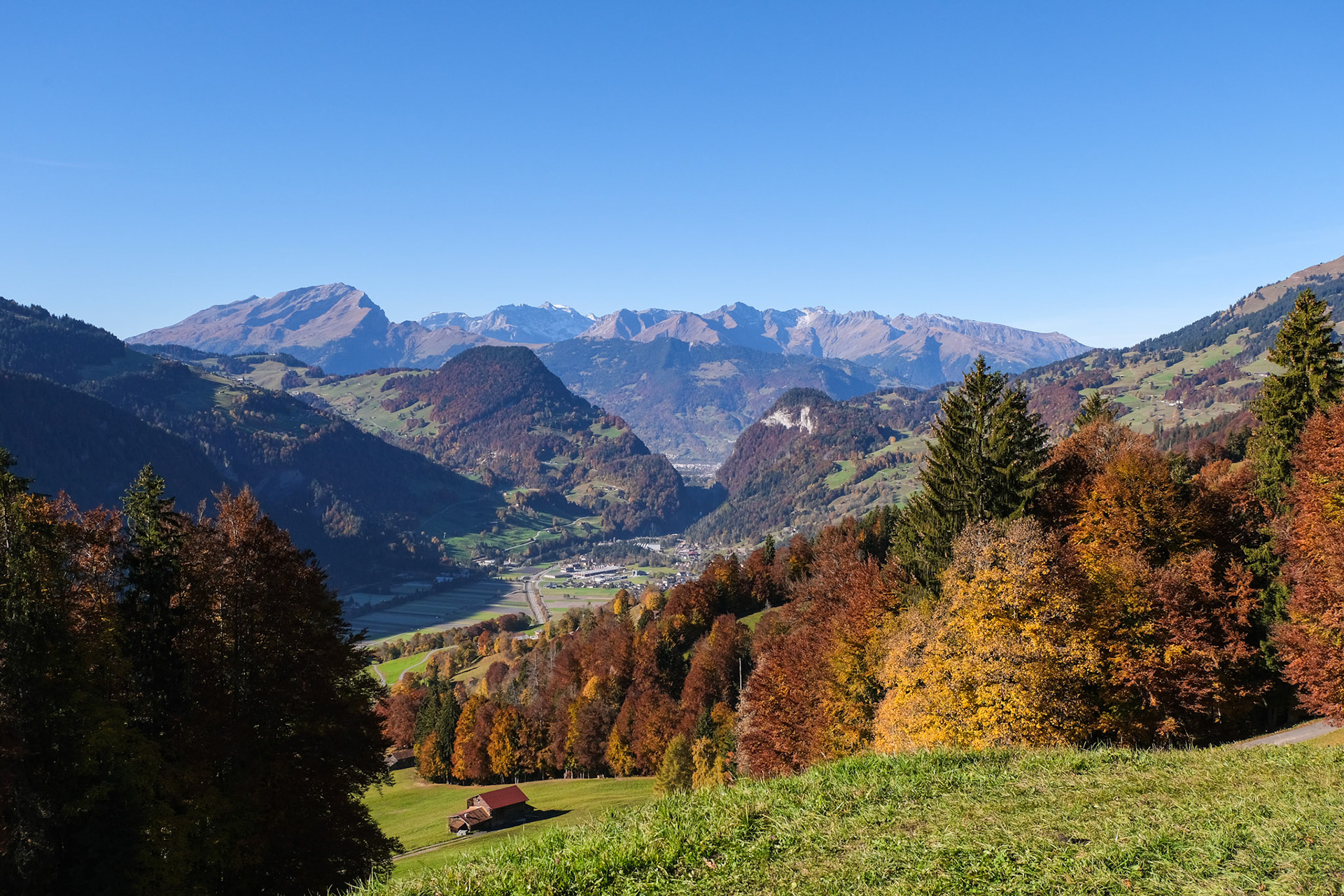
Landquart Fashion Outlets
After our lunch, we headed out for some shopping (more like window shopping!) to the renowned Landquart Fashion Outlet! The autumn decorations were quite original and I somehow fit right in 😁 !
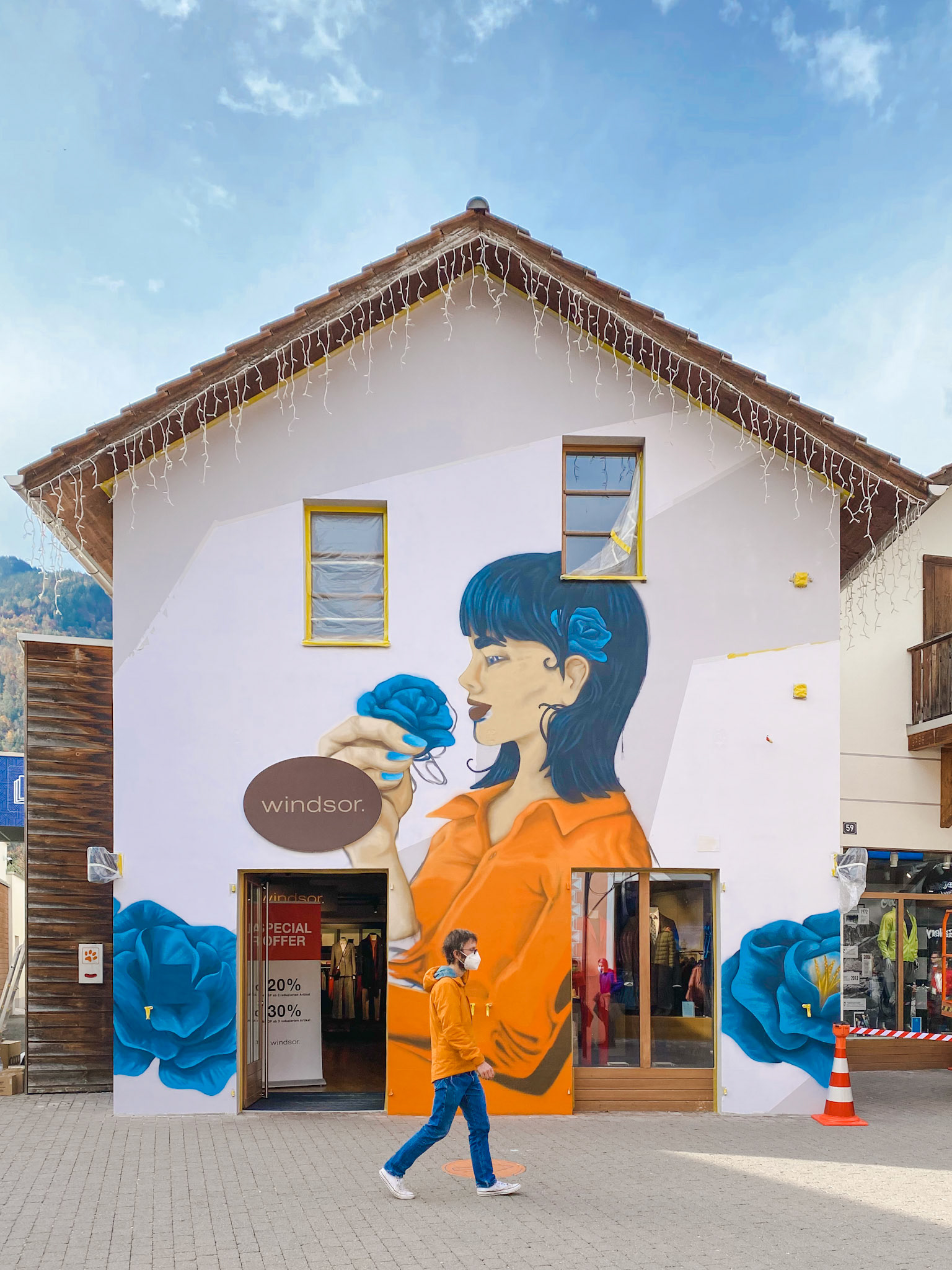
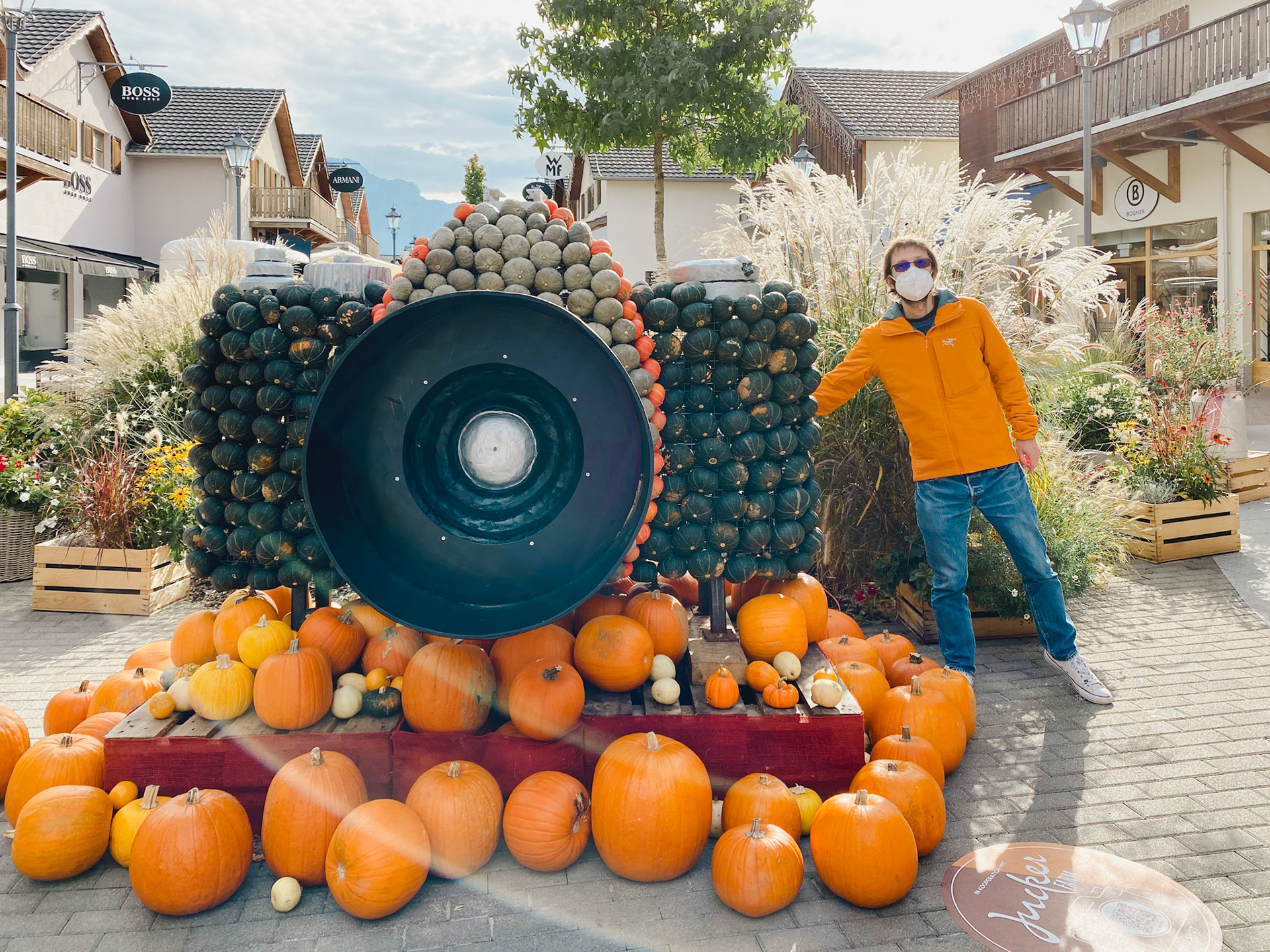
Thursday: Flims
On our multiple travels to Grisons over the last two years, we seem to have developed a fondness for the Flims area.
Trutg del Flem in Flims
Since the Flims Waterway trail (Trutg dil Flem) received the Prix Rando 2014, one of the most prestigious European hiking awards, we decided that this would be the destination for the day. The trail leads down from the source of the Flem in Segnesboden to the center of Flims, crossing seven bridges designed by Jürg Conzett. After two chairlift rides (first to Foppa and then Naraus), we took the shortcut of joining the trail at Punt Desch. From there, we followed the trail down about 9km back to Films. We were lucky to have such a great weather, and the hike was relatively easy with lots of varied scenery.
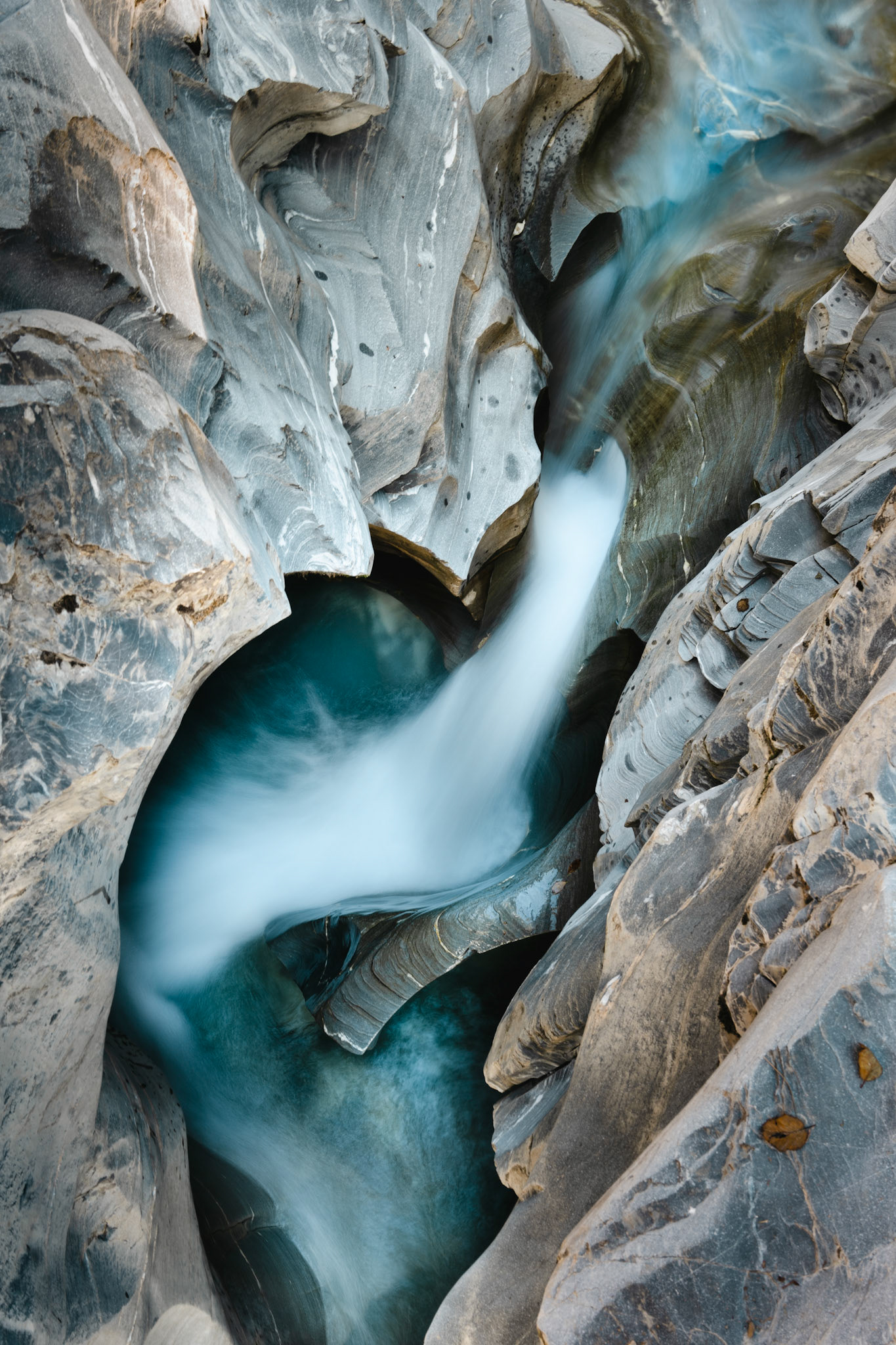
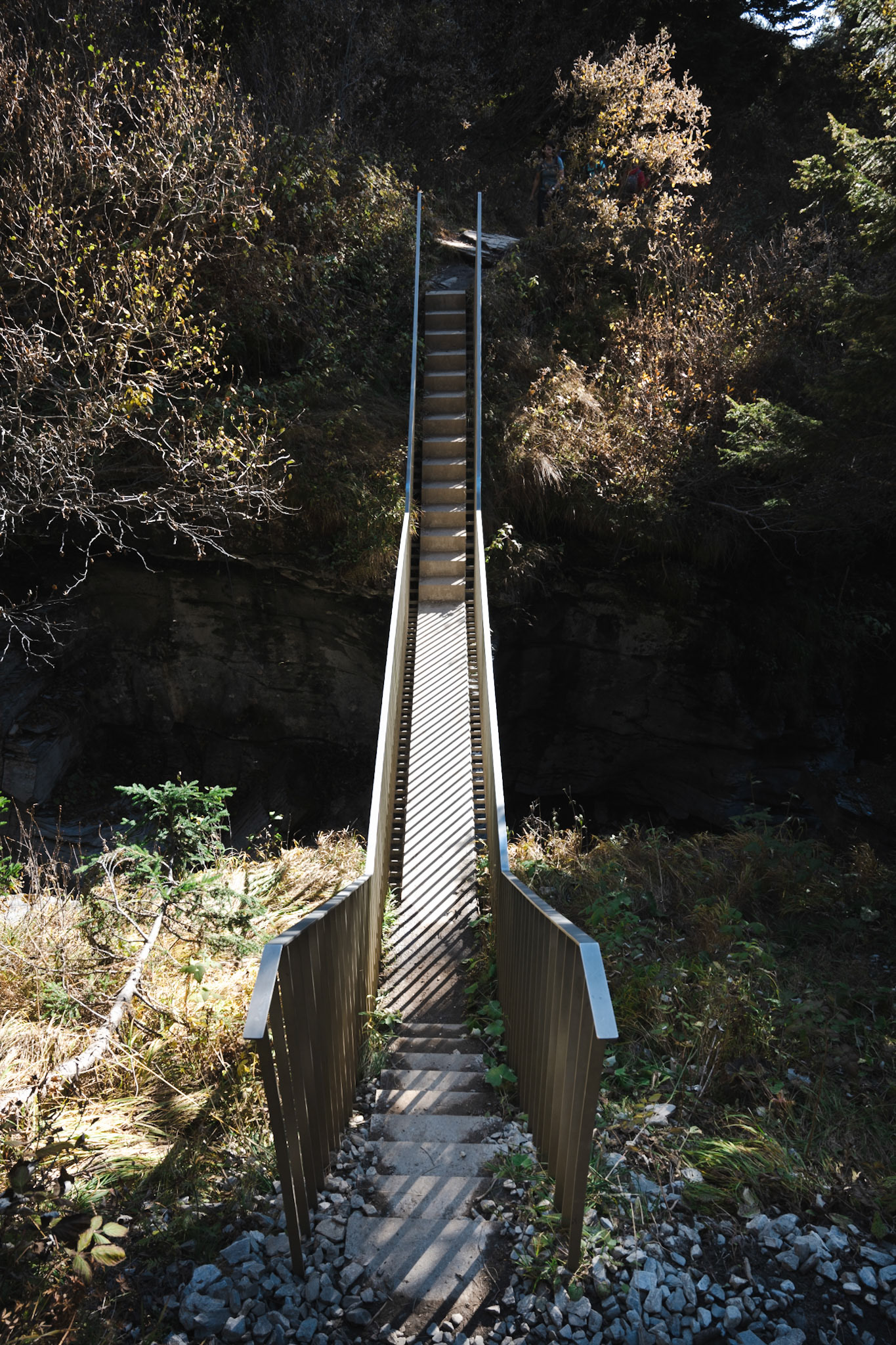
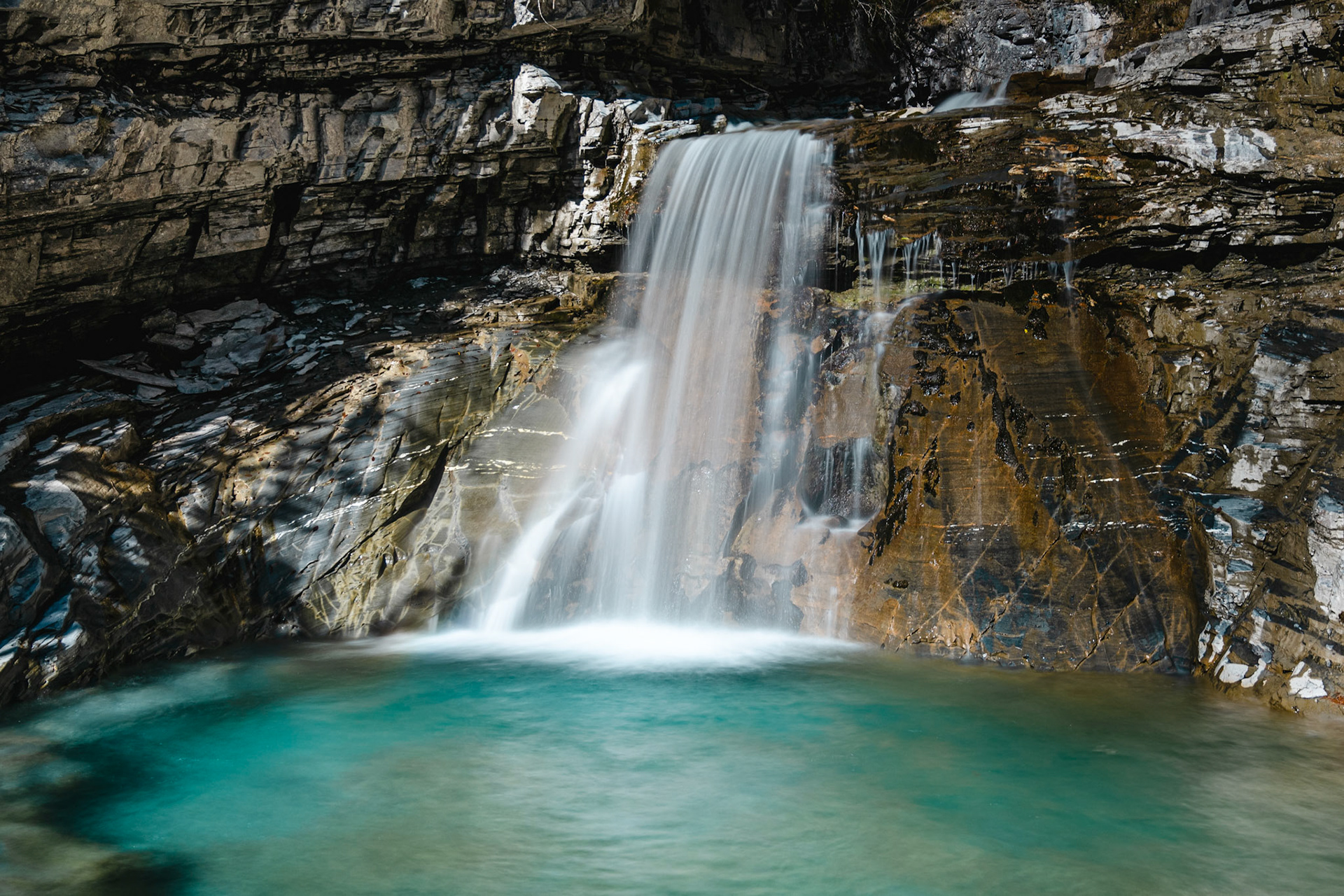
Friday: Chur and Bad Ragaz
On Friday, I wanted to take a few more architecture shots and so we headed to Chur.
Bündner Naturmuseum
As we had visited the Bündner Kunstmuseum and the Schutzbauten für römische Funde previously, we decided this time to head to the Bündner Naturmuseum. It was built to designs by Bruno Giacometti and Dante C. Giannini and inaugurated in 1981.
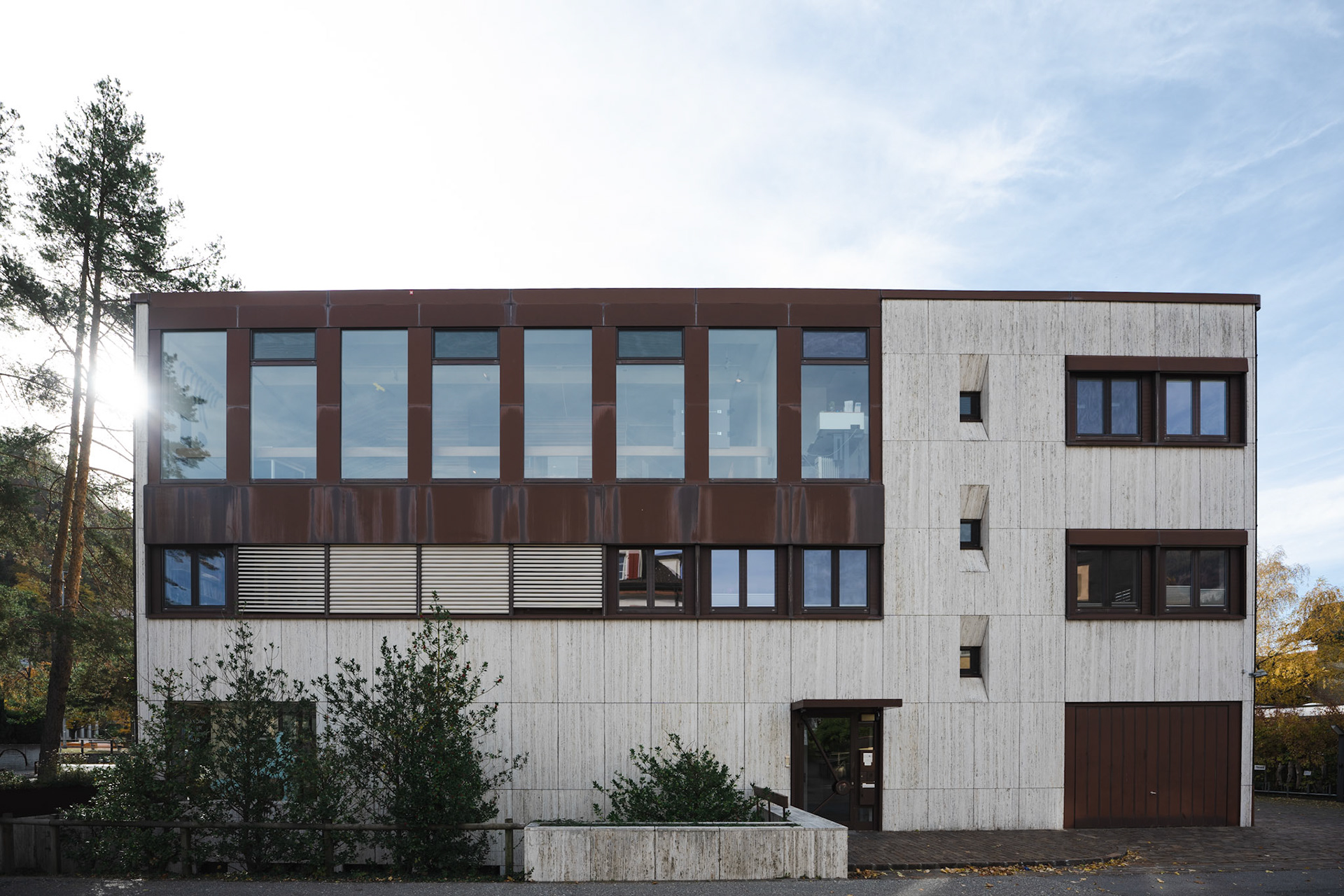
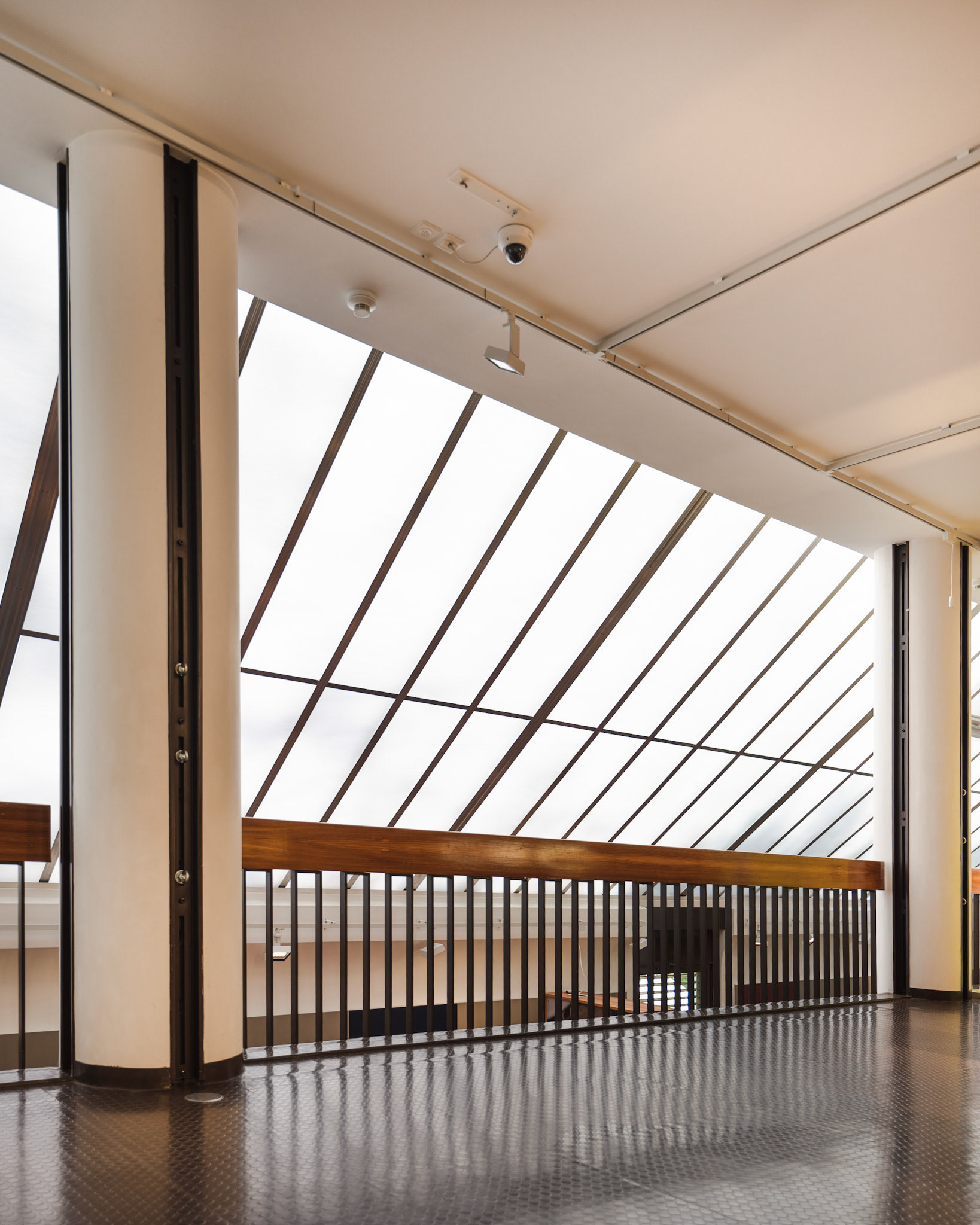
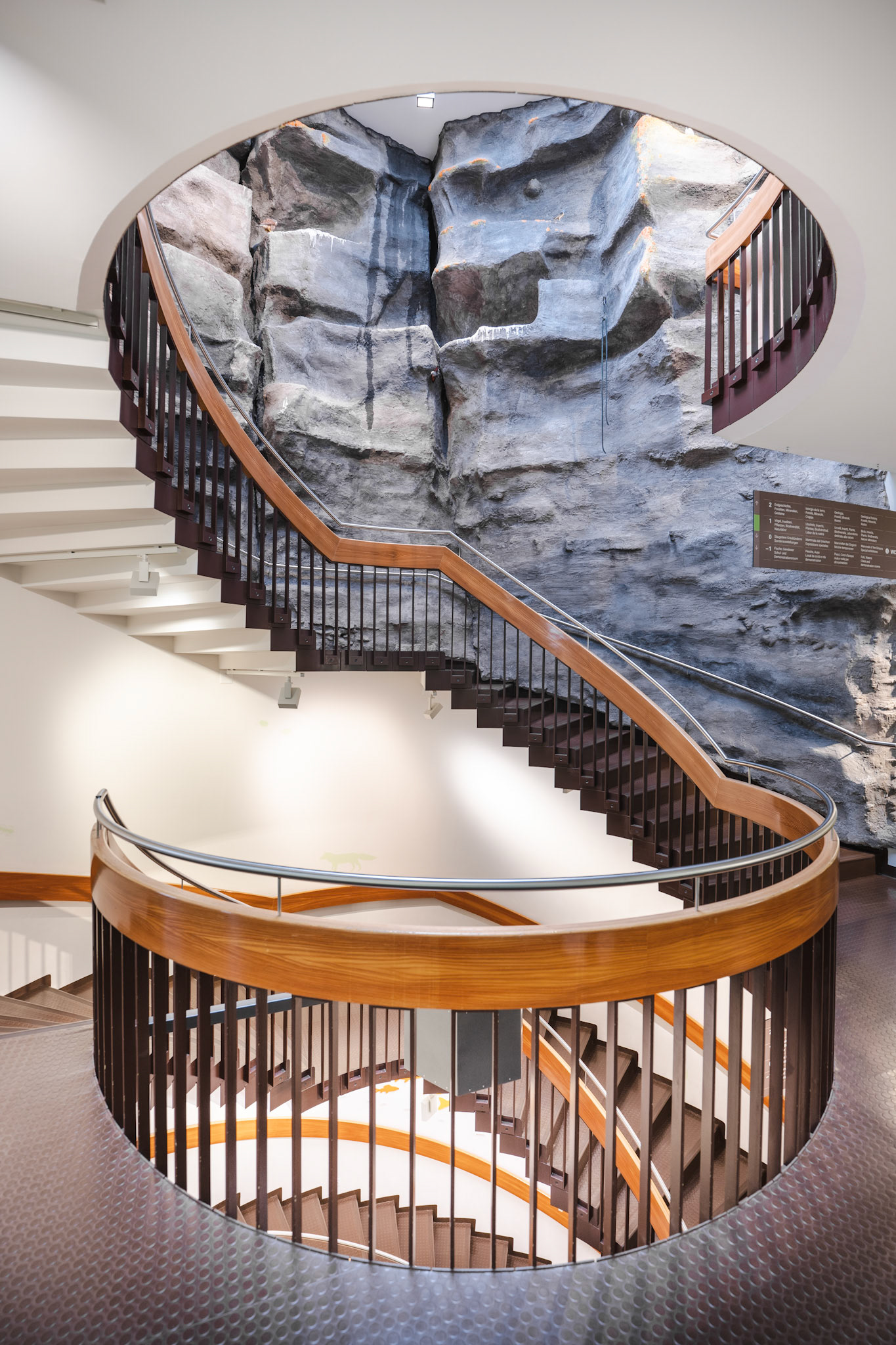
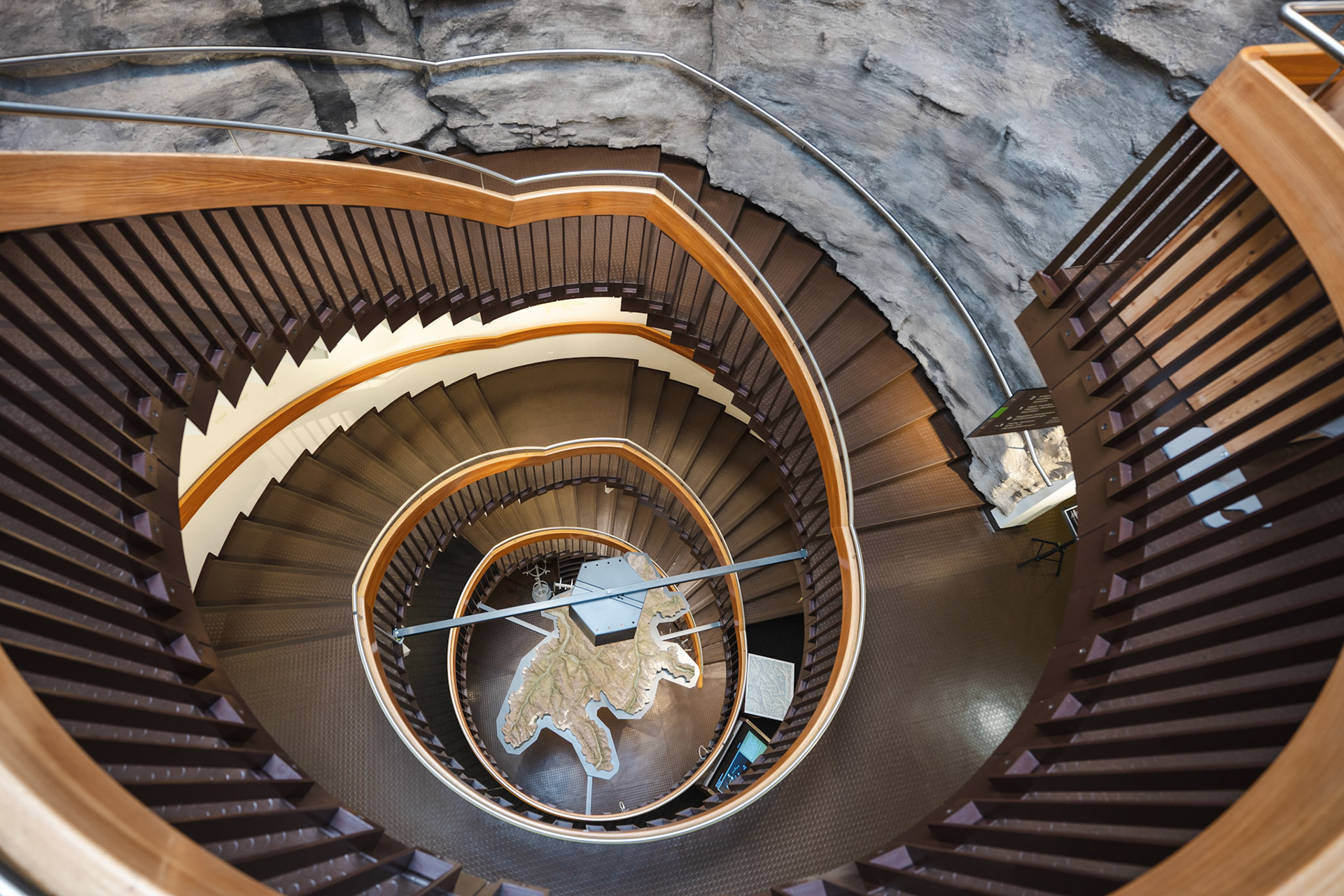
Heiligkreuzkirche
The last time we had visited Chur, I had already tried to take some photos of the Heiligkreuzkirche but the weather hadn't been nice and I had only managed to take some photos from the outside. But this time, the sun was shining and the interior open ! Built between 1966 and 1969 by Basel born architect Walter M. Förderer, the Heiligkreuzkirche is among the most important exposed concrete religious buildings in Switzerland.


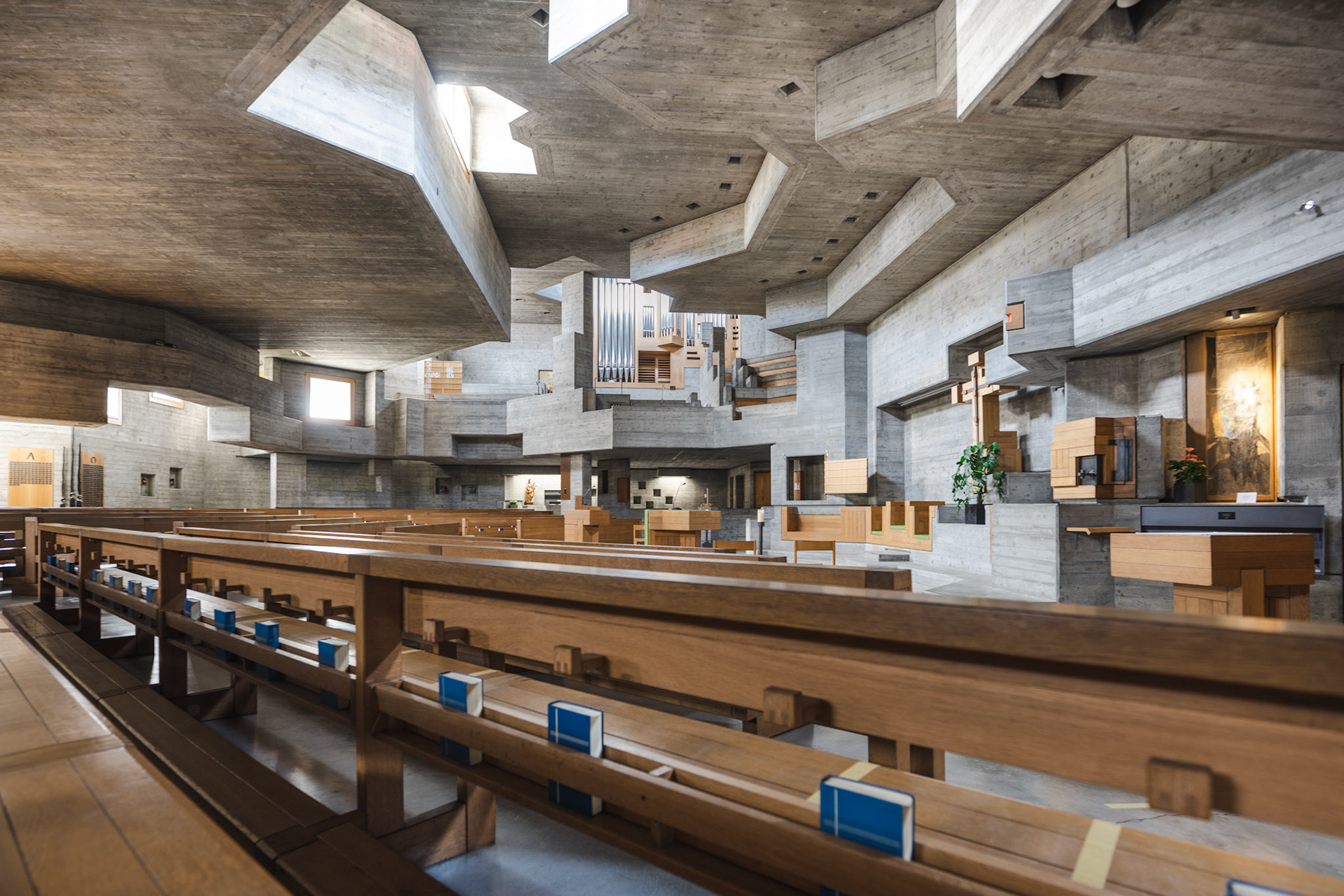
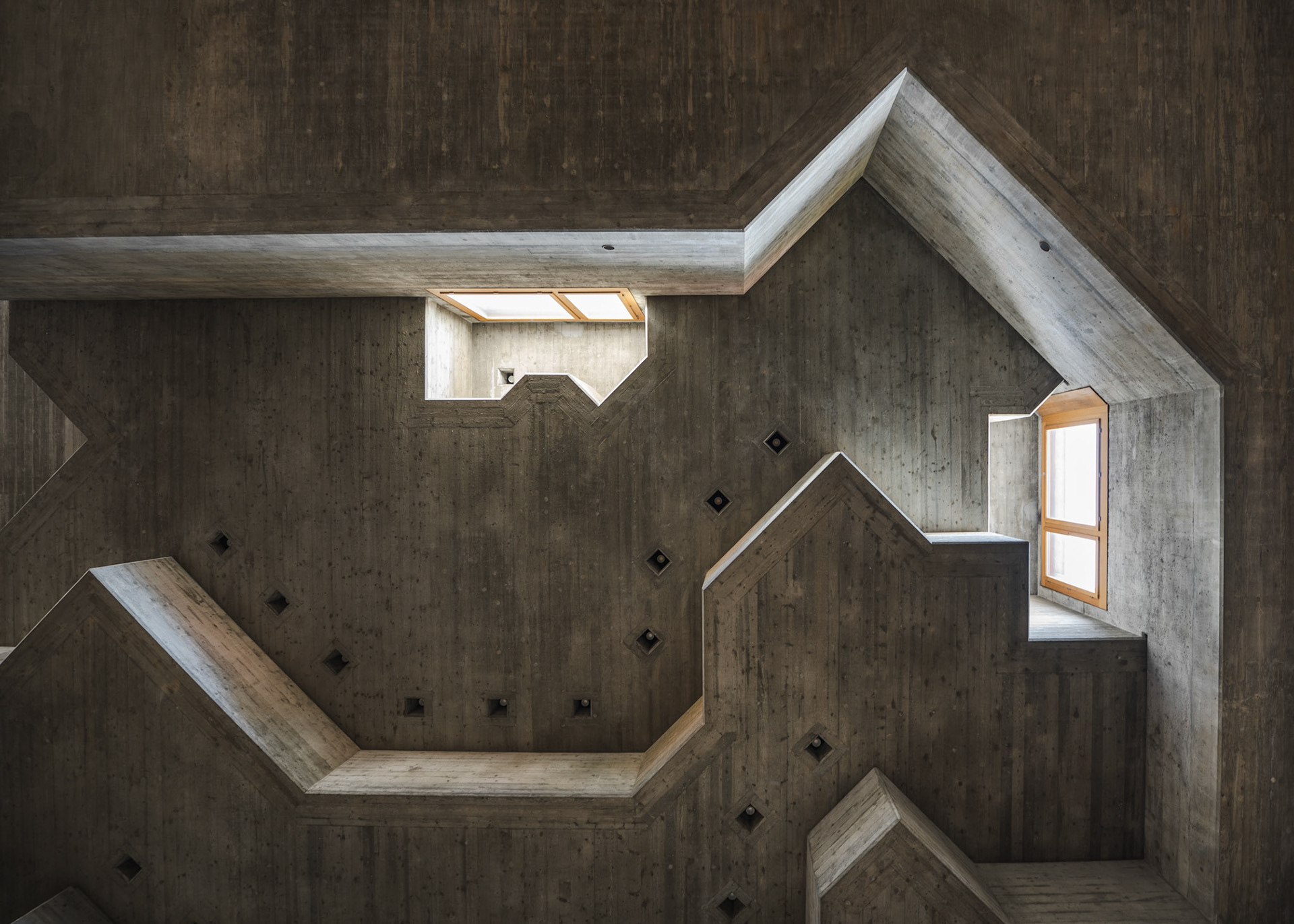
Bad Ragaz
Bad Ragaz was the perfect location to finish our holidays. The town is famous for its thermal baths, the water of which originates in the nearby Tamina Gorge. A forest of 115 pillars made of 2,200 Swiss fir trees forms the load-bearing structure of the publicly accessible Tamina Therme. It was designed by Zürich architecture practice Smolenicky & Partner and completed in 2009.
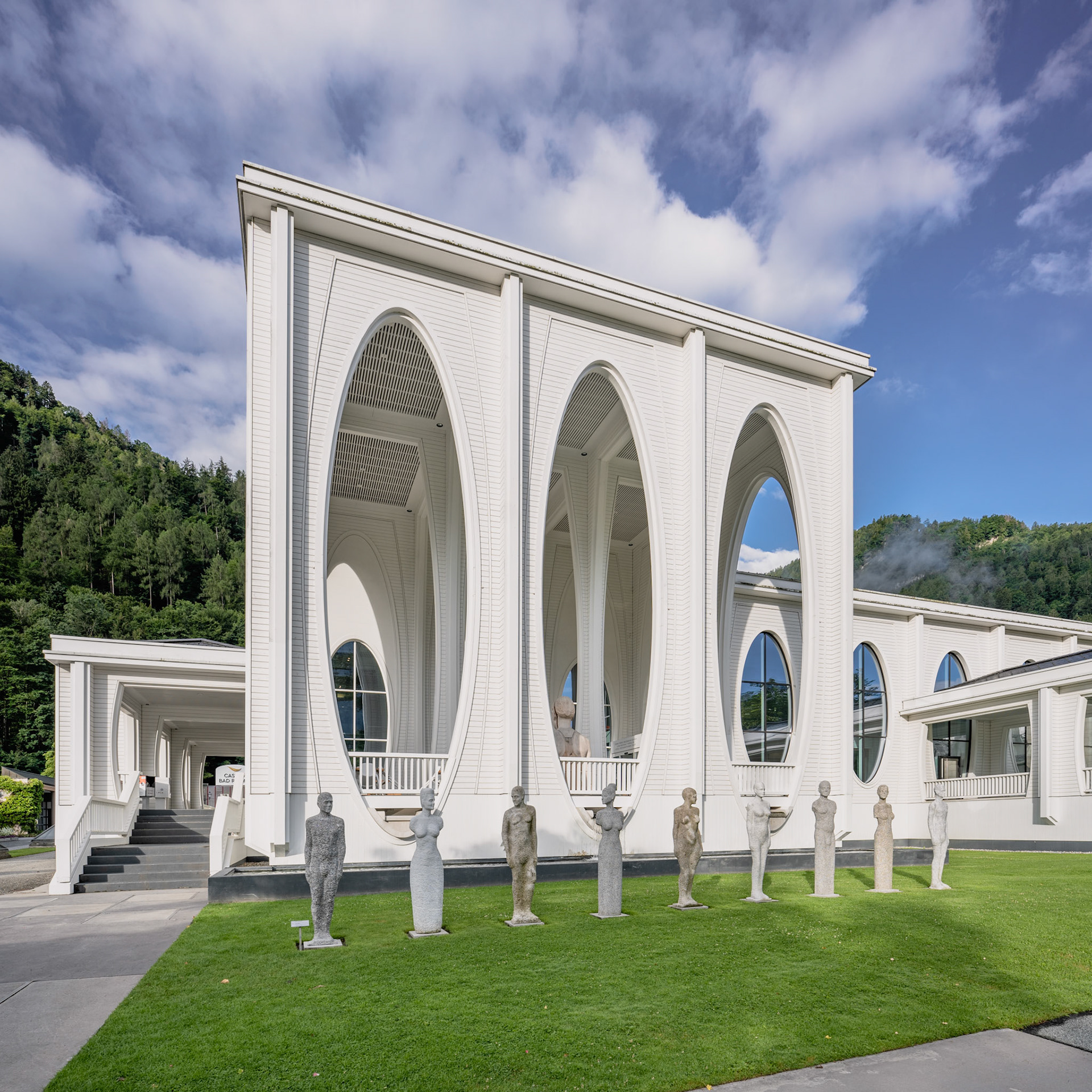
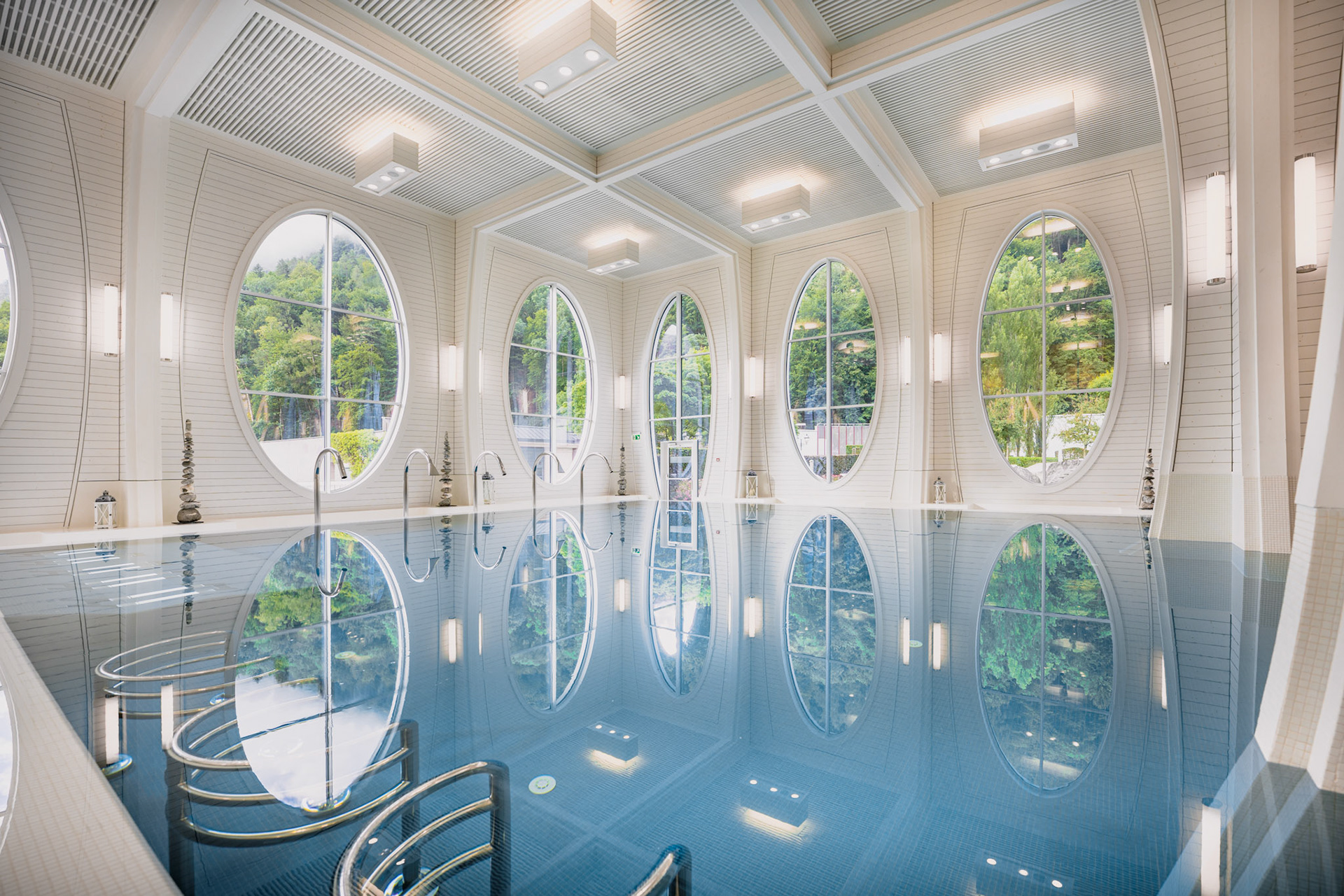
And while the family, enjoyed their time in the baths, I went for a delightful run through the surroundings, first on the small road towards Bad Pfäfers (already closed to all traffic for the winter season) and then along the Rhine.
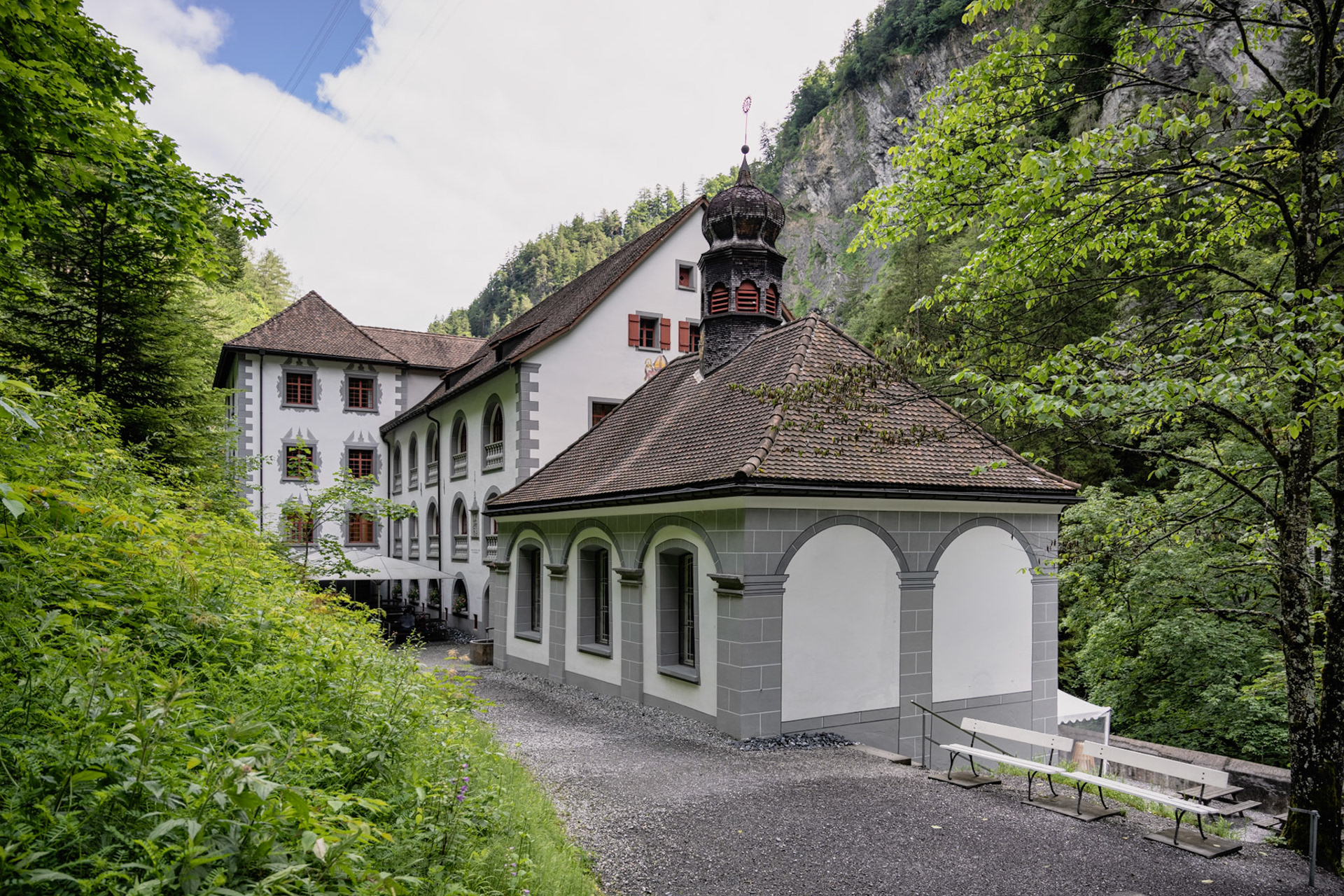
A great end to the week! We returned to Lausanne with our batteries recharged, full of great memories!
